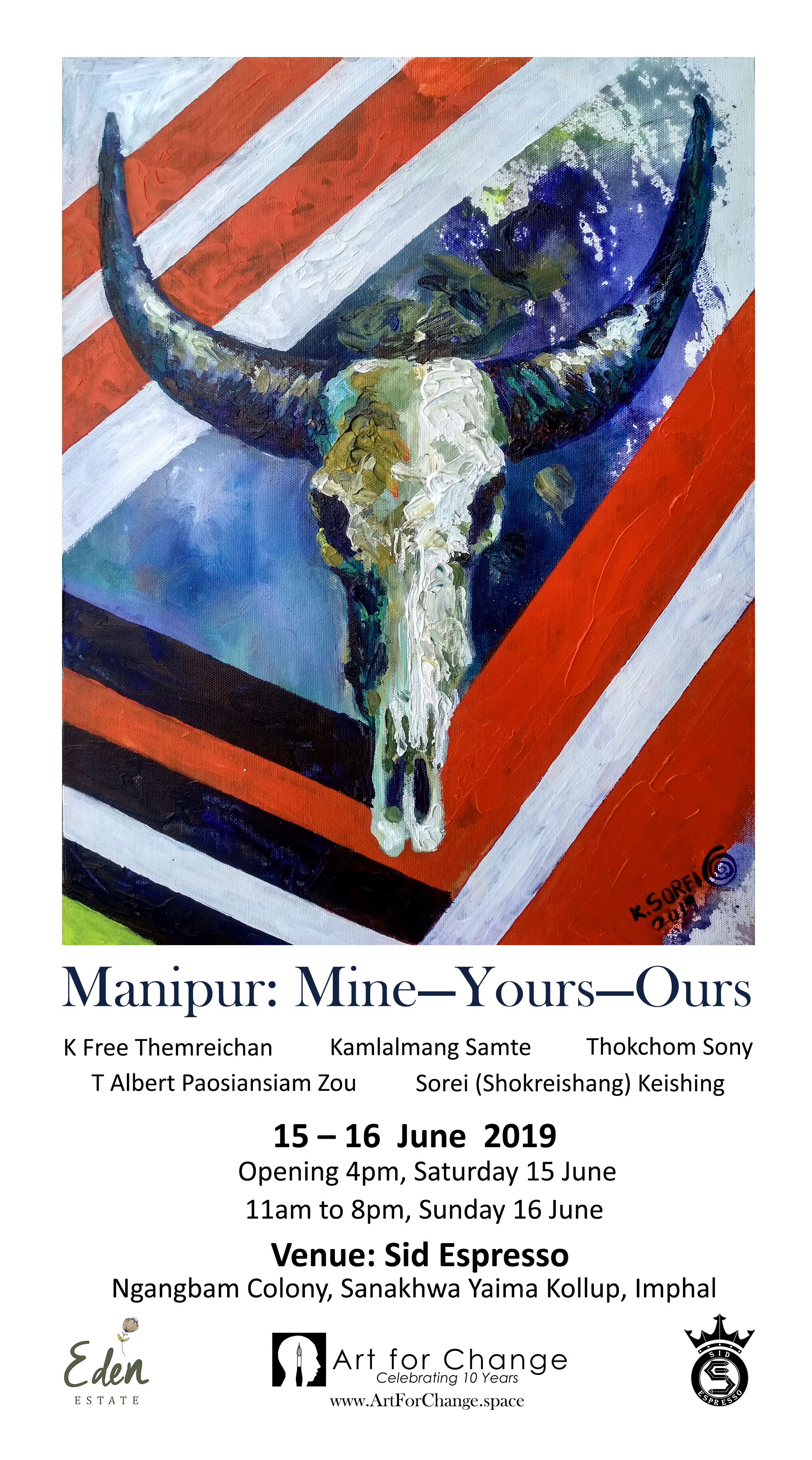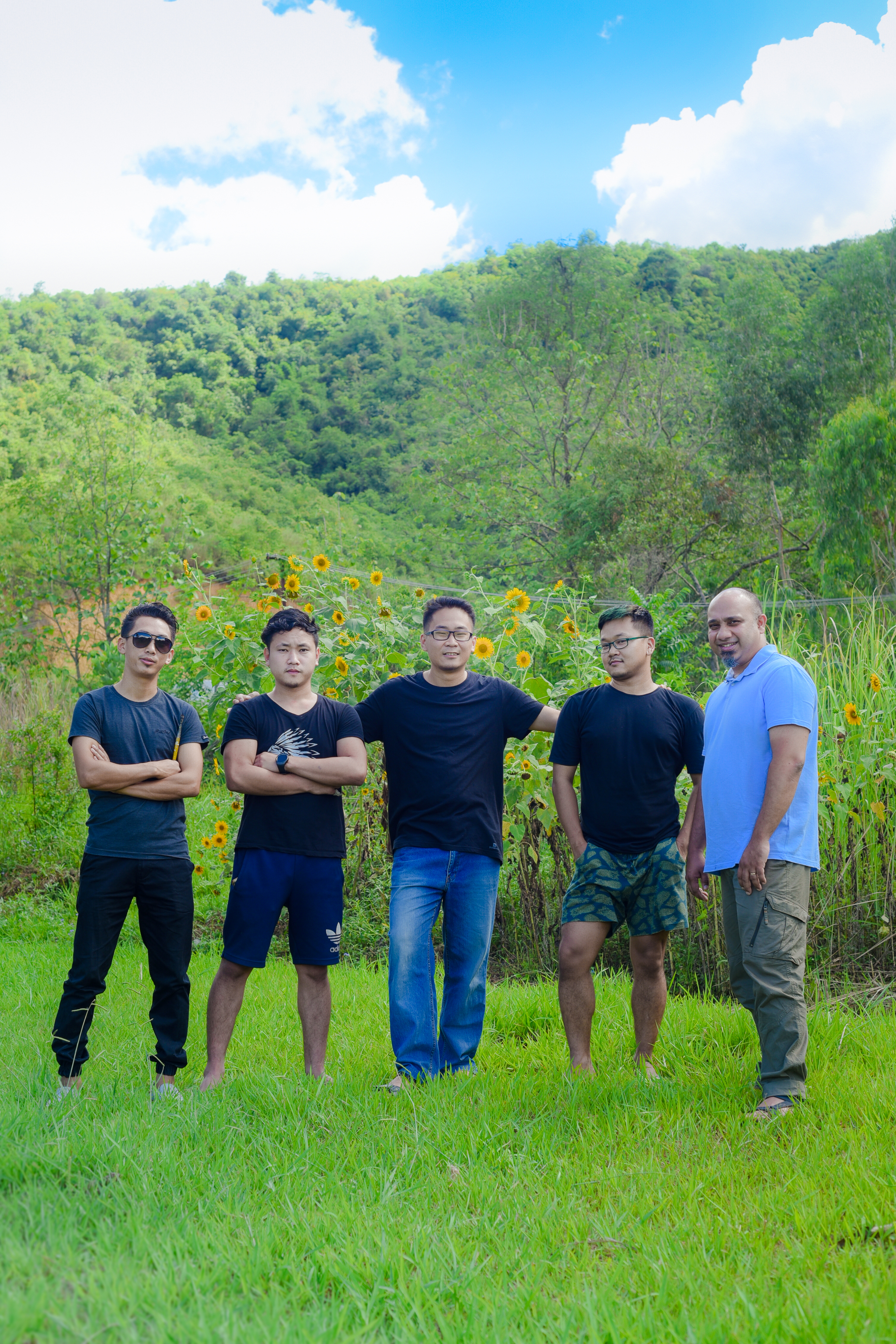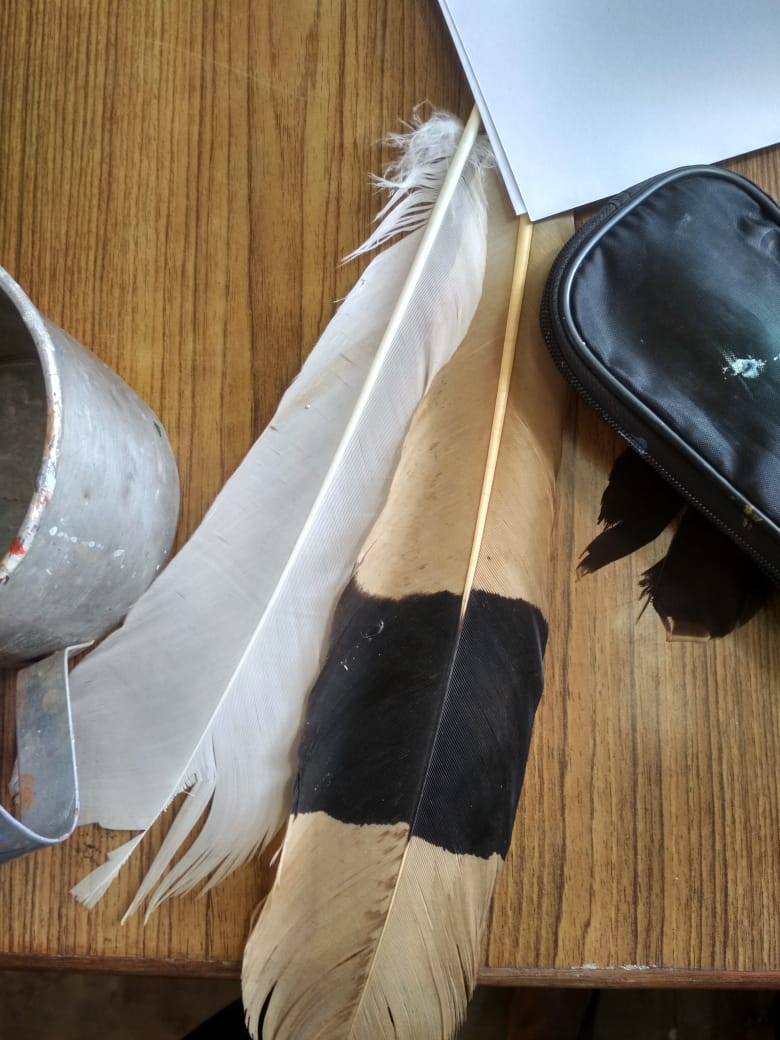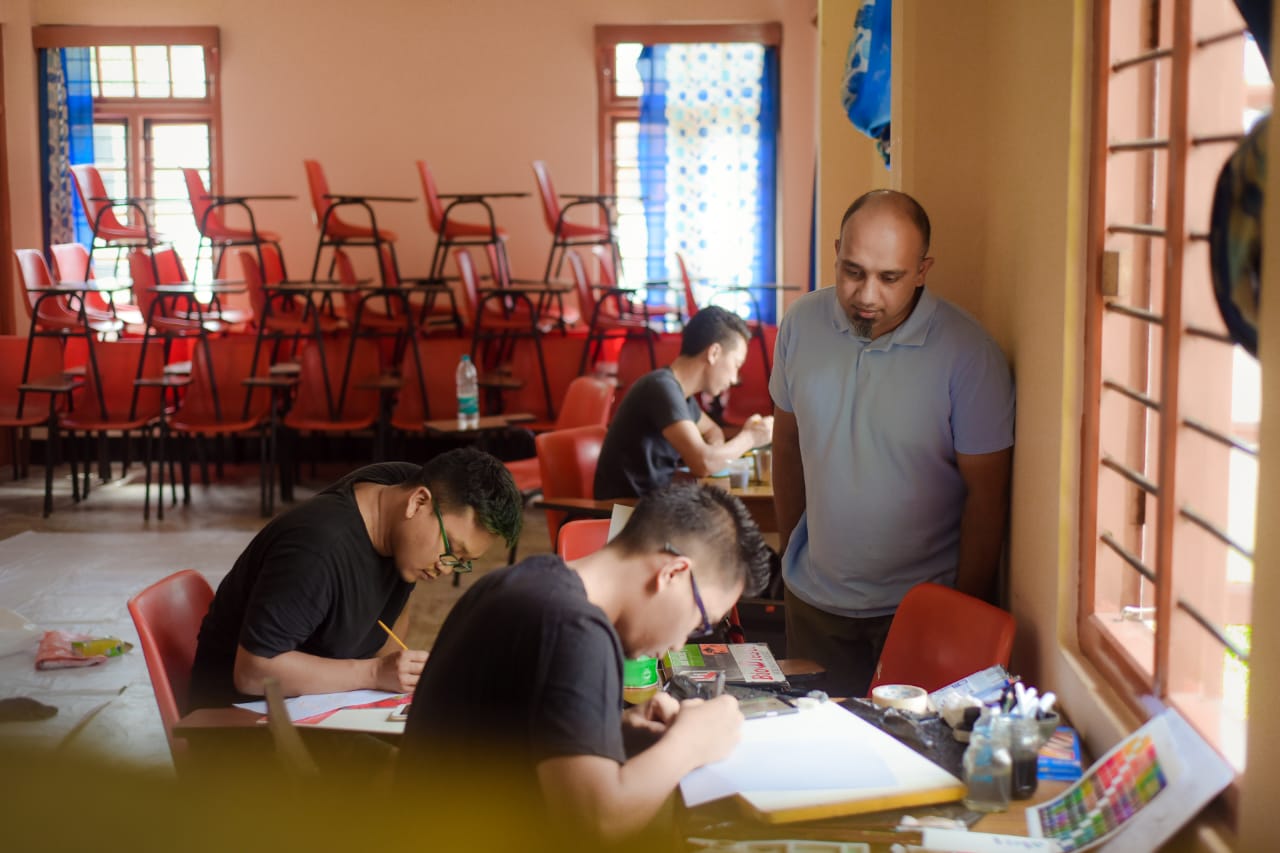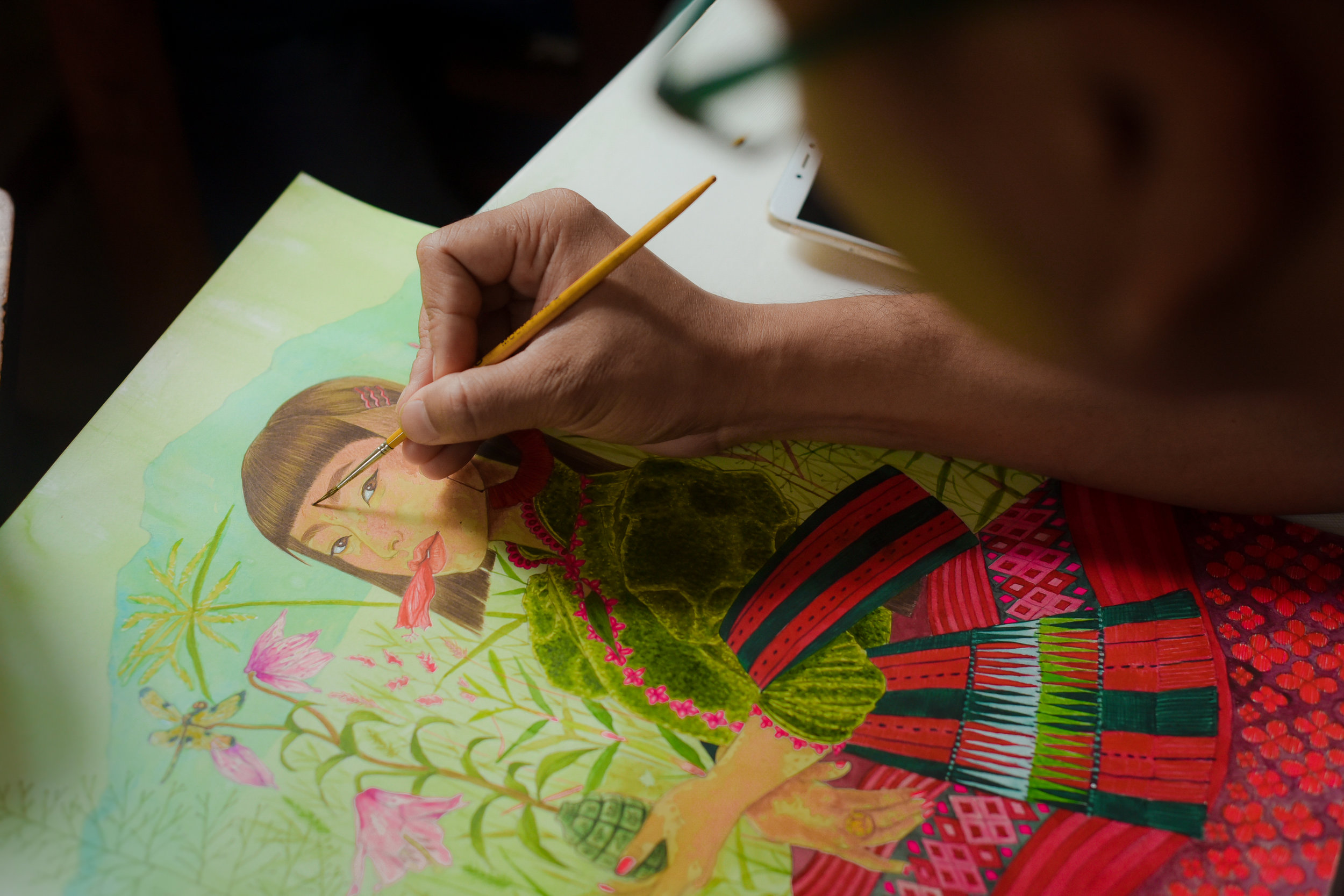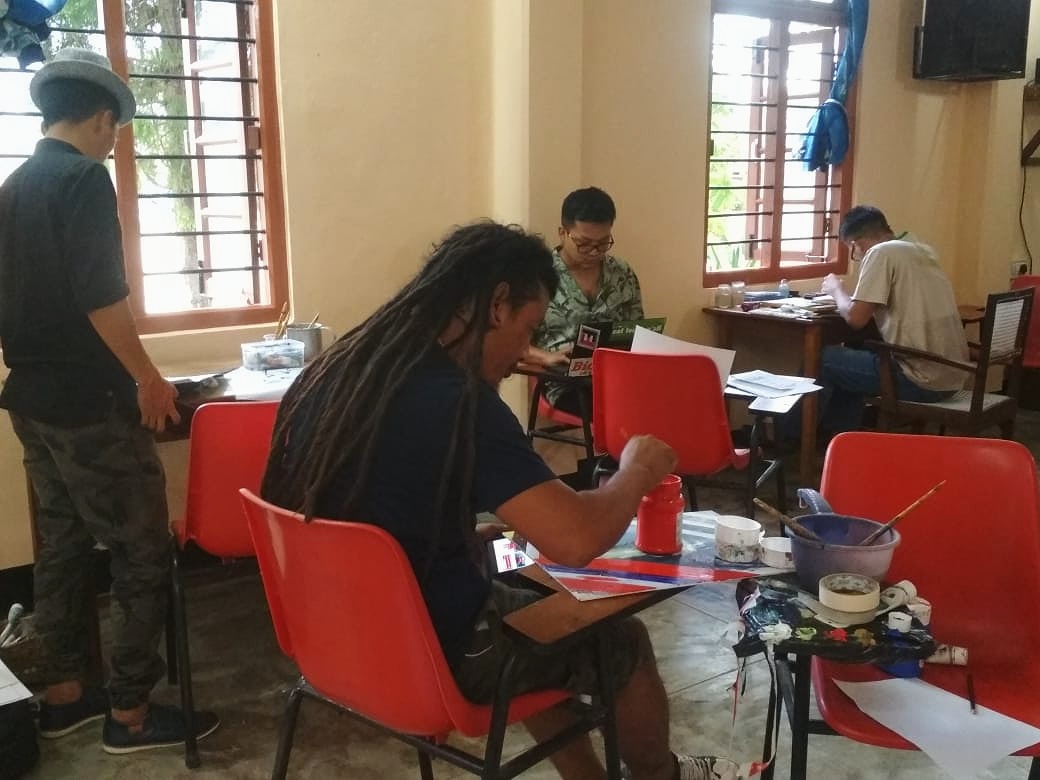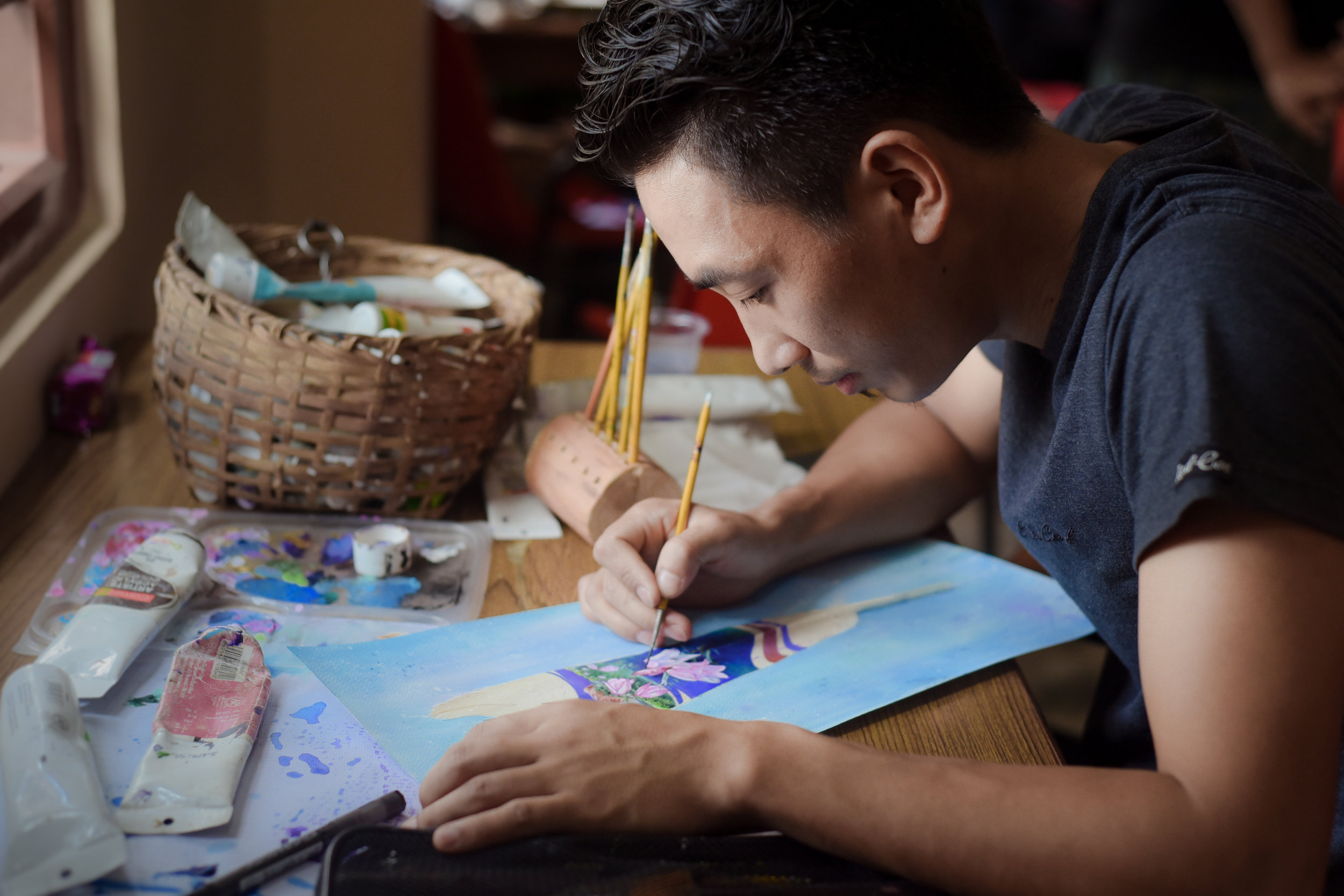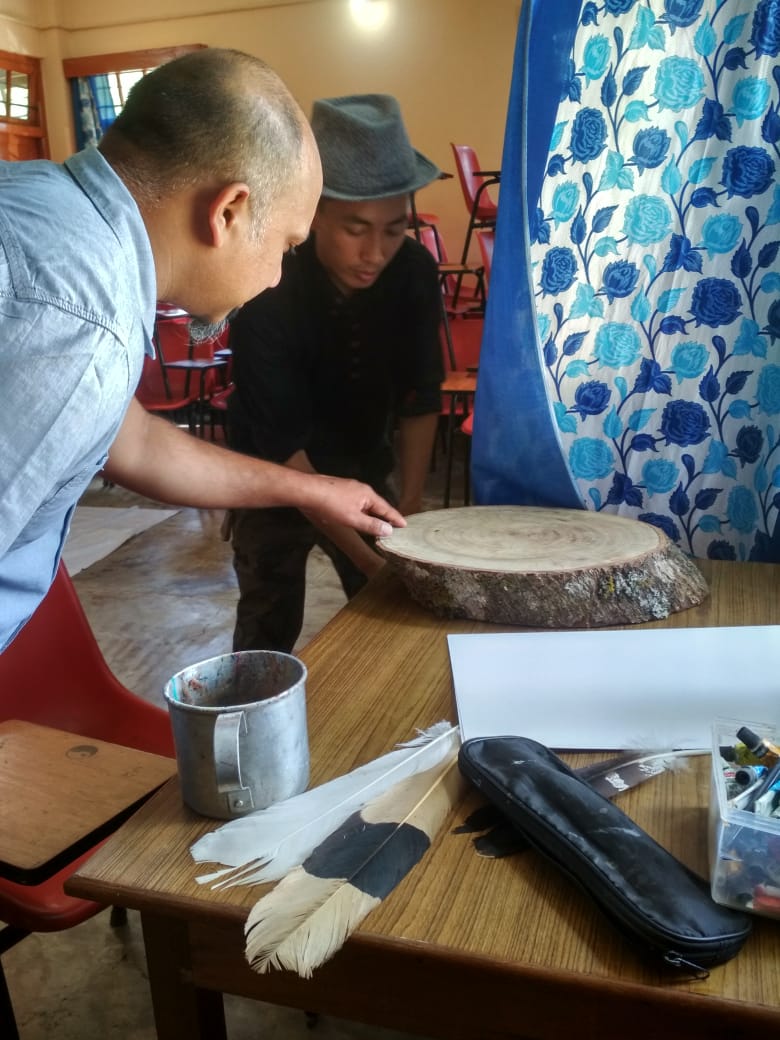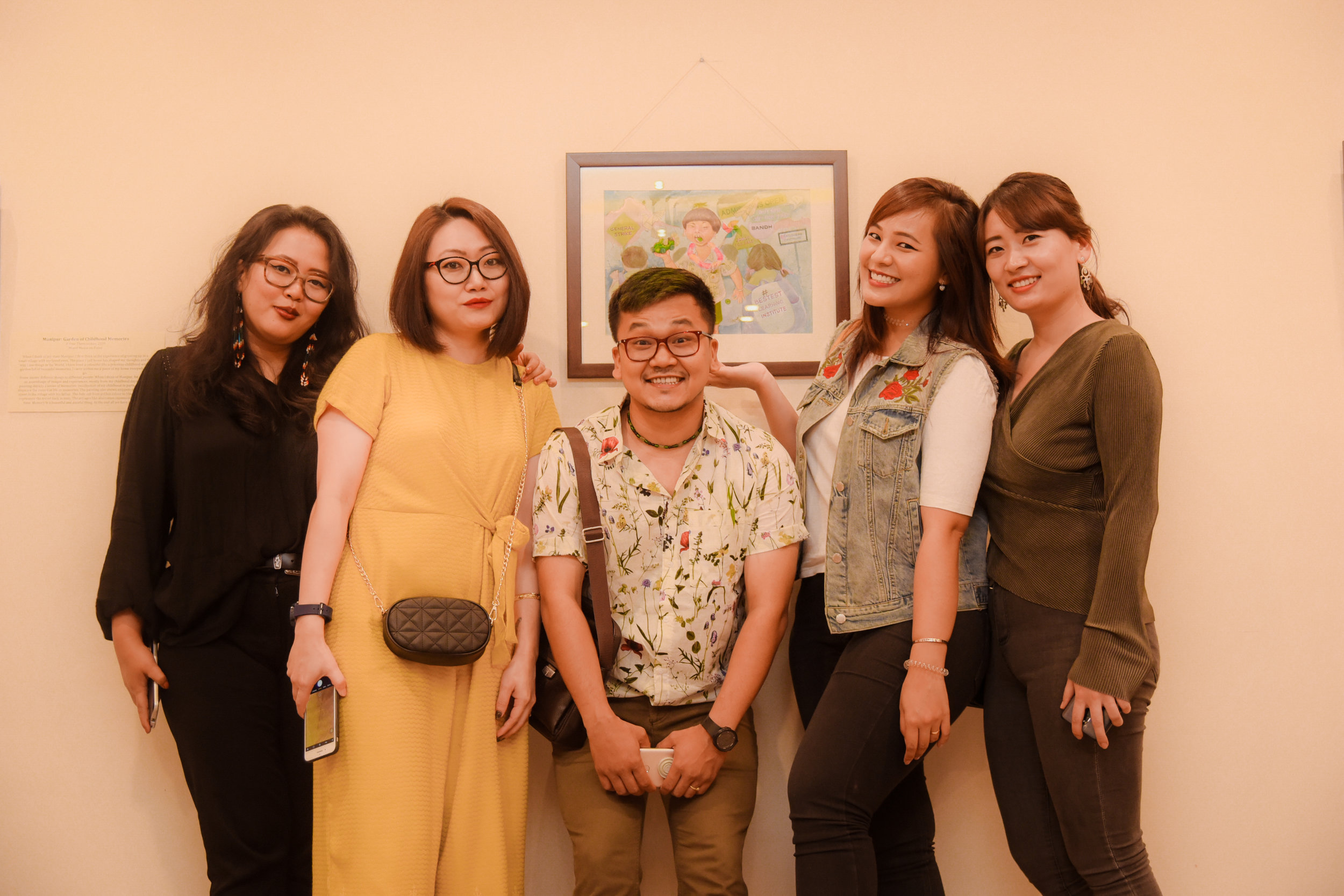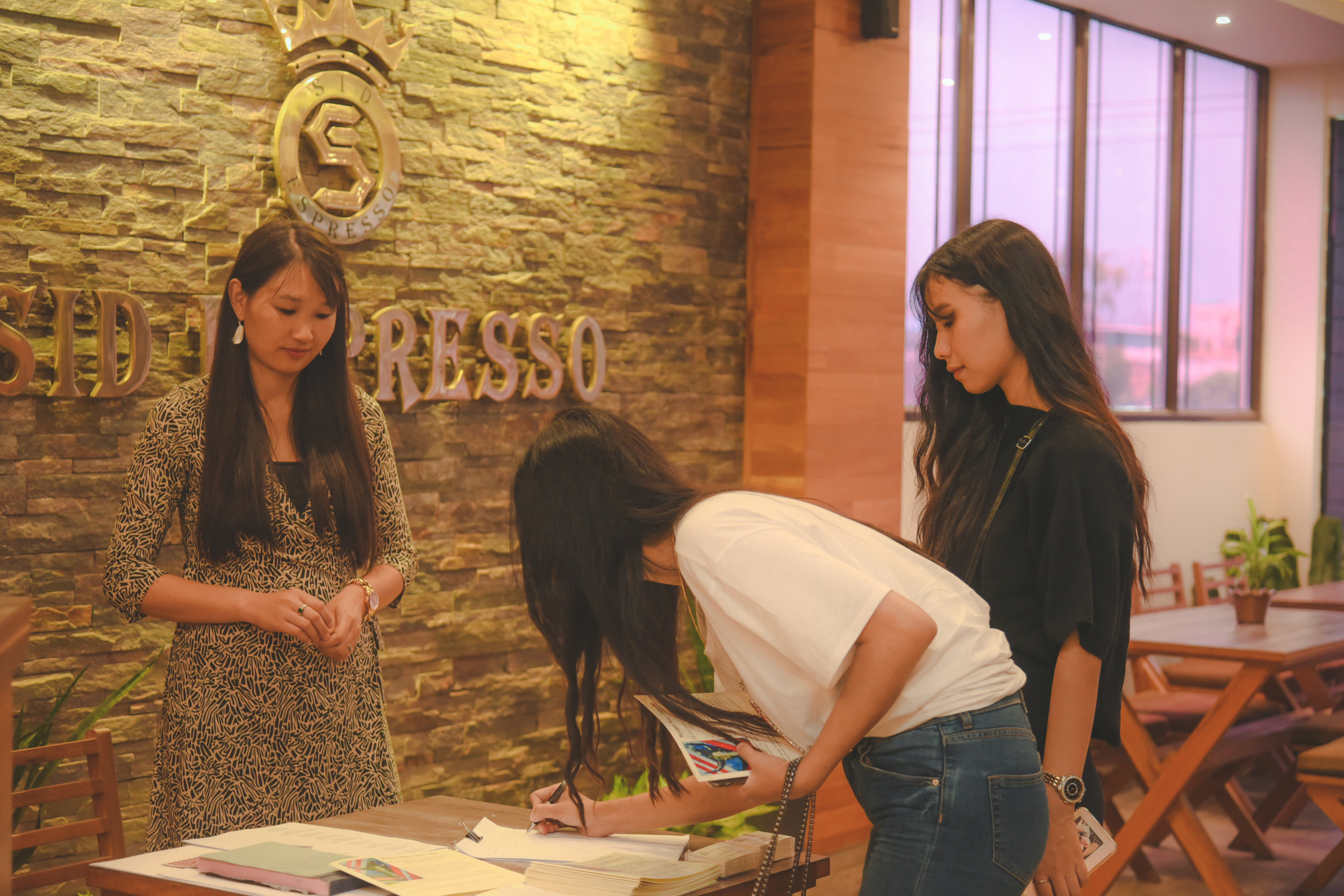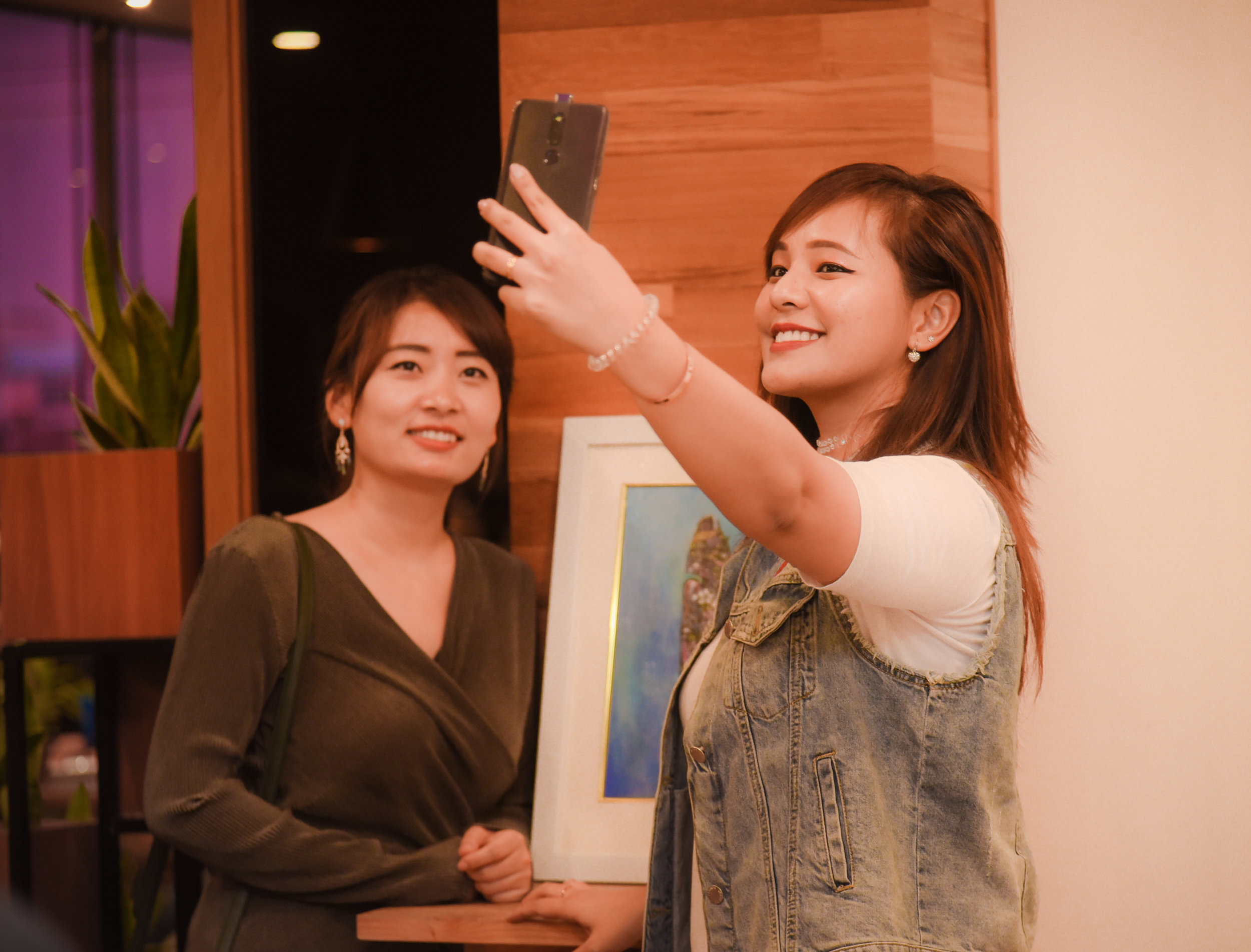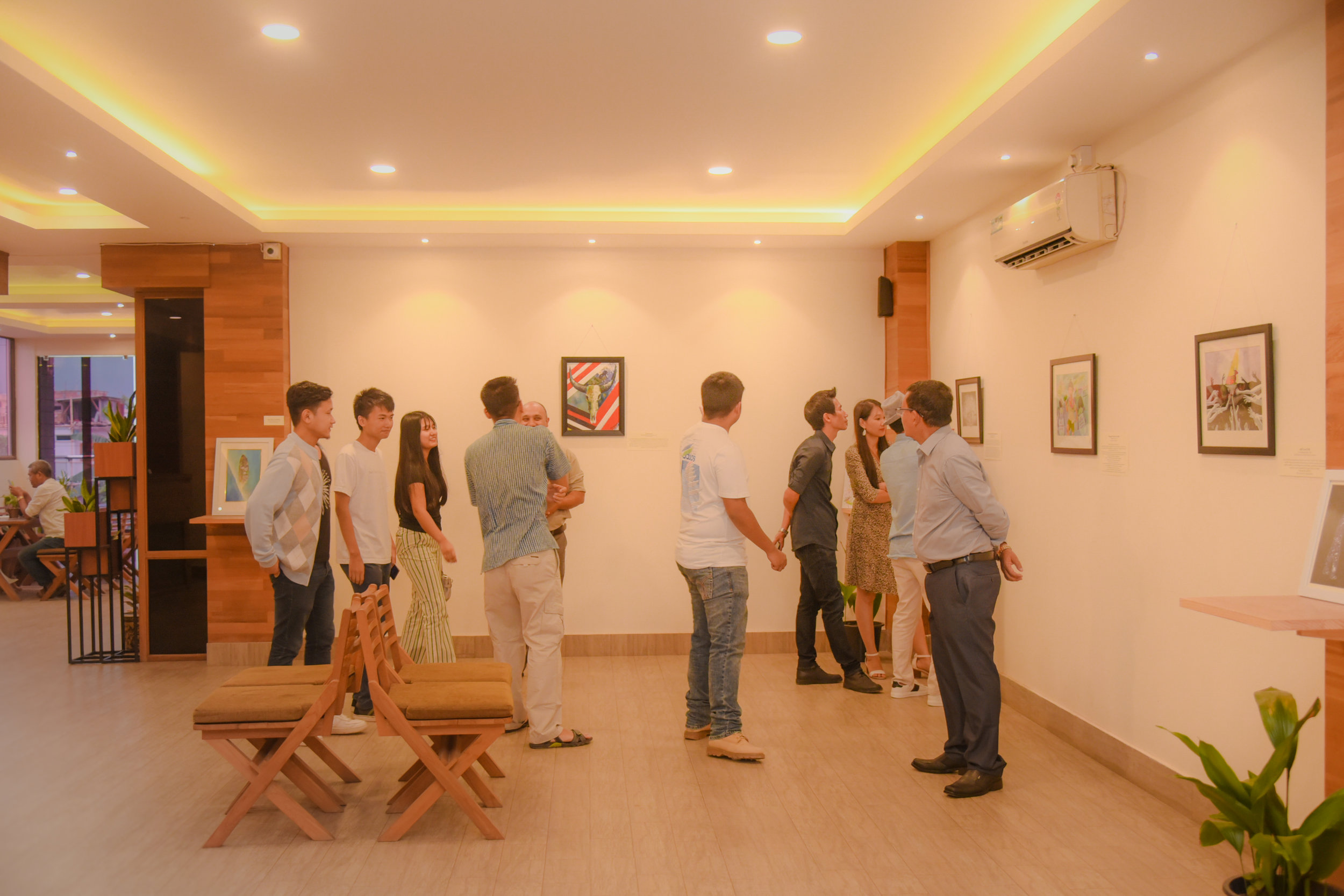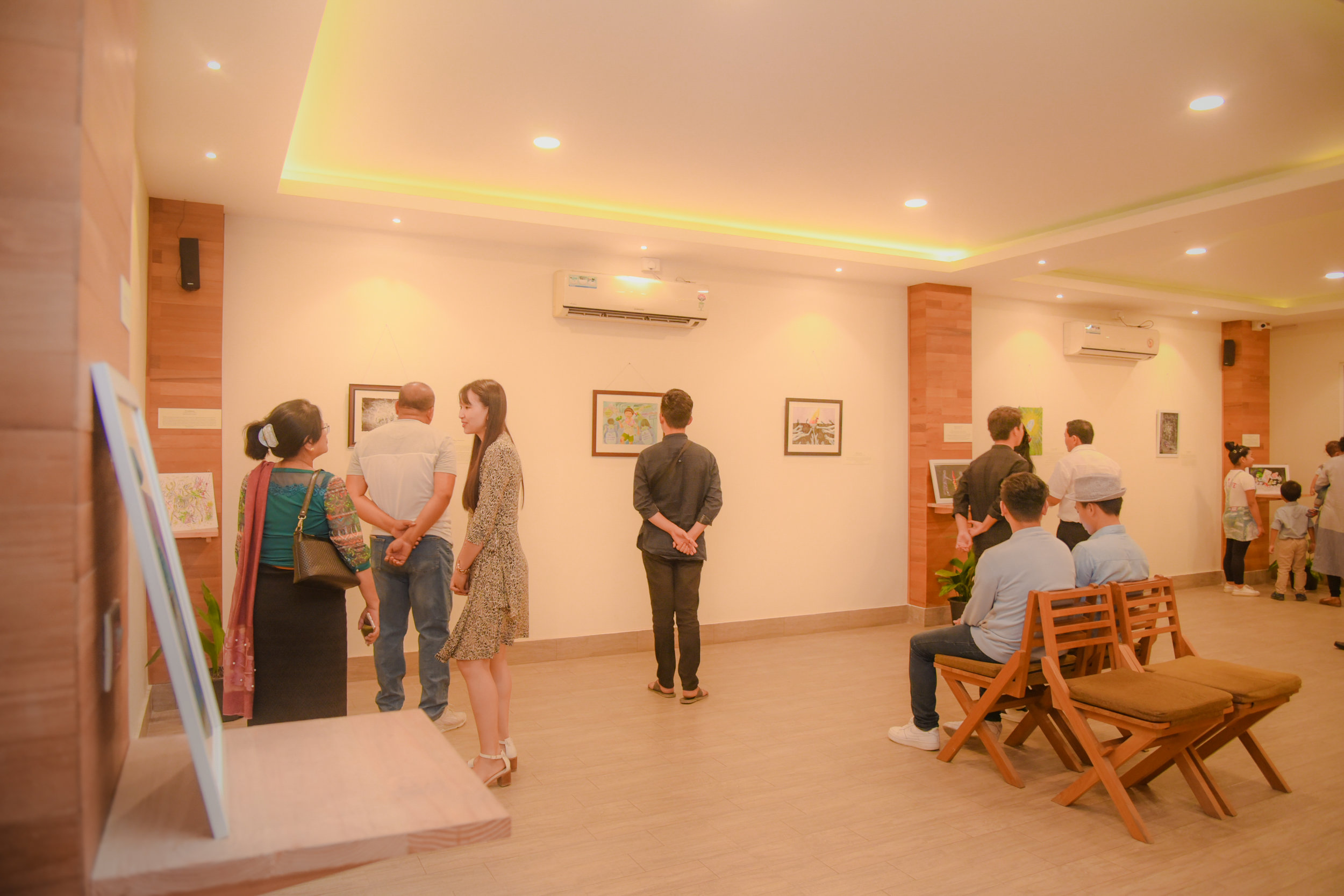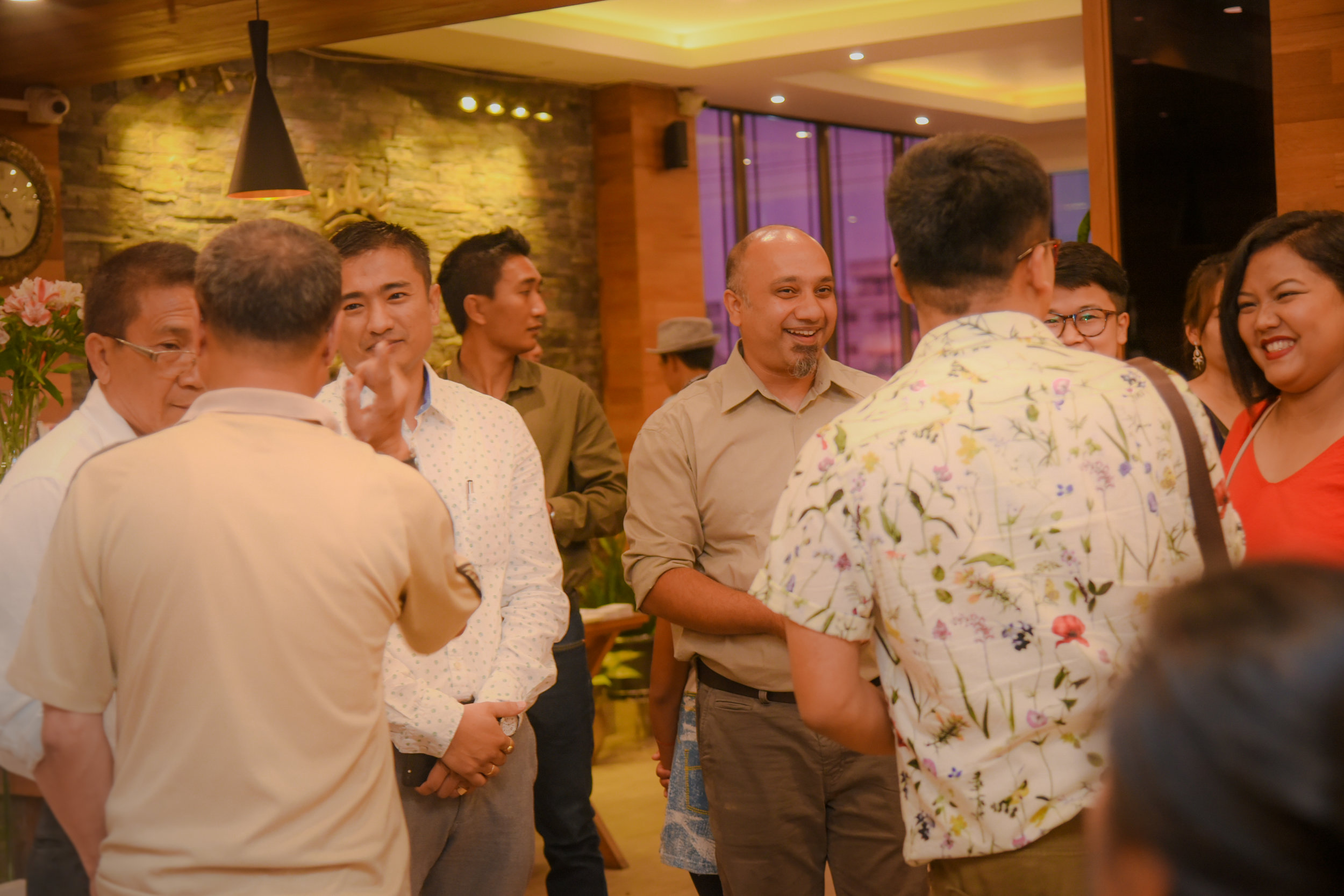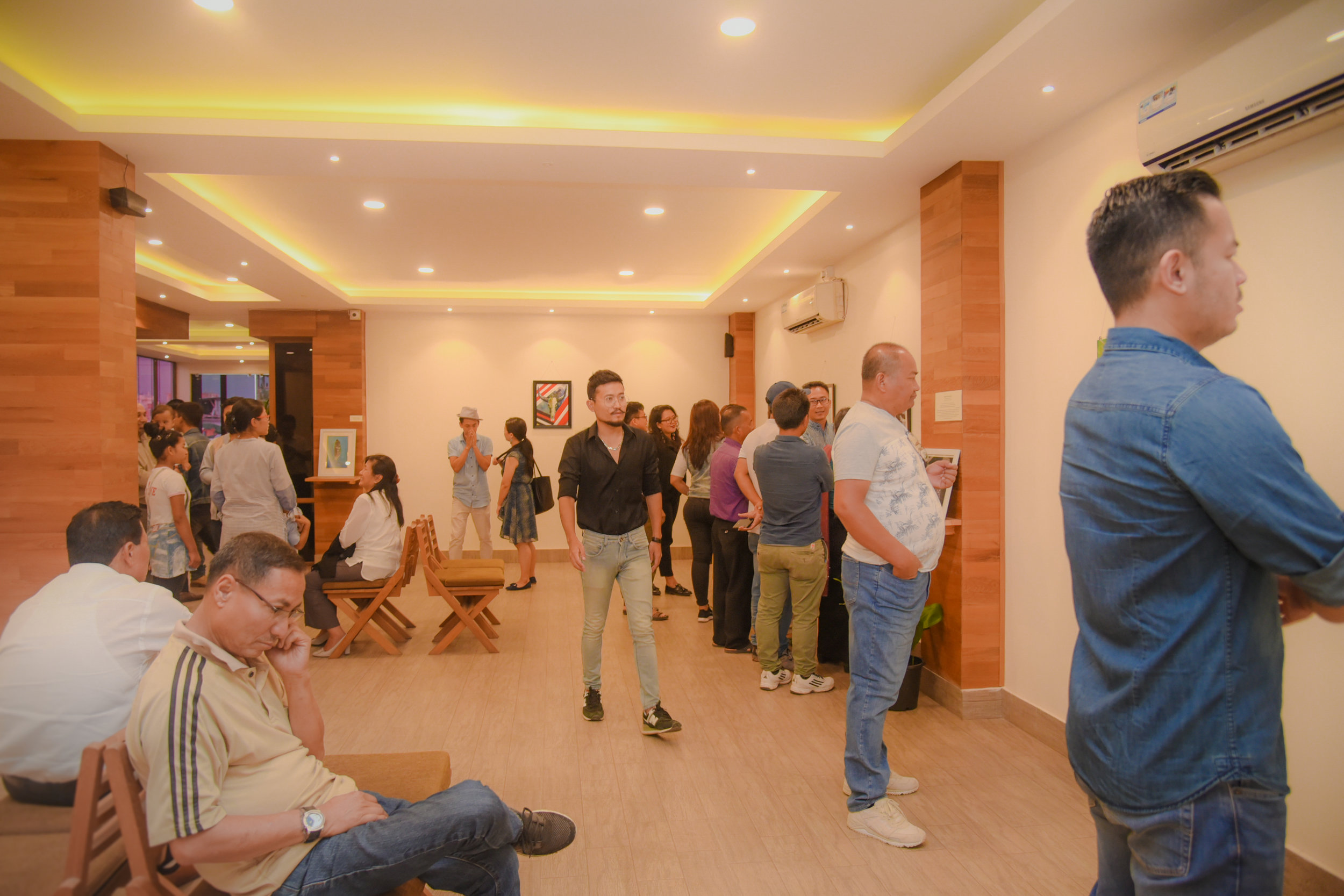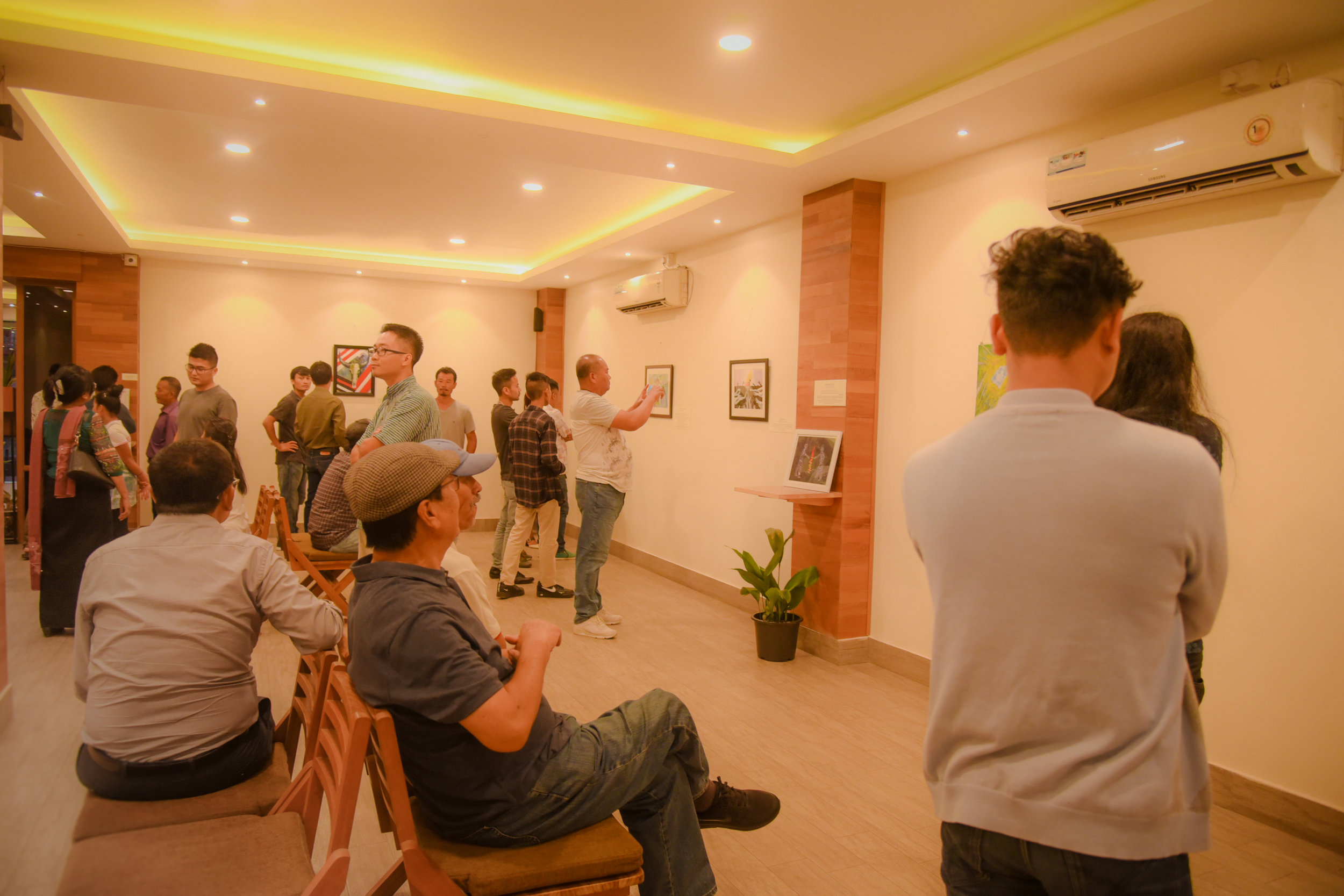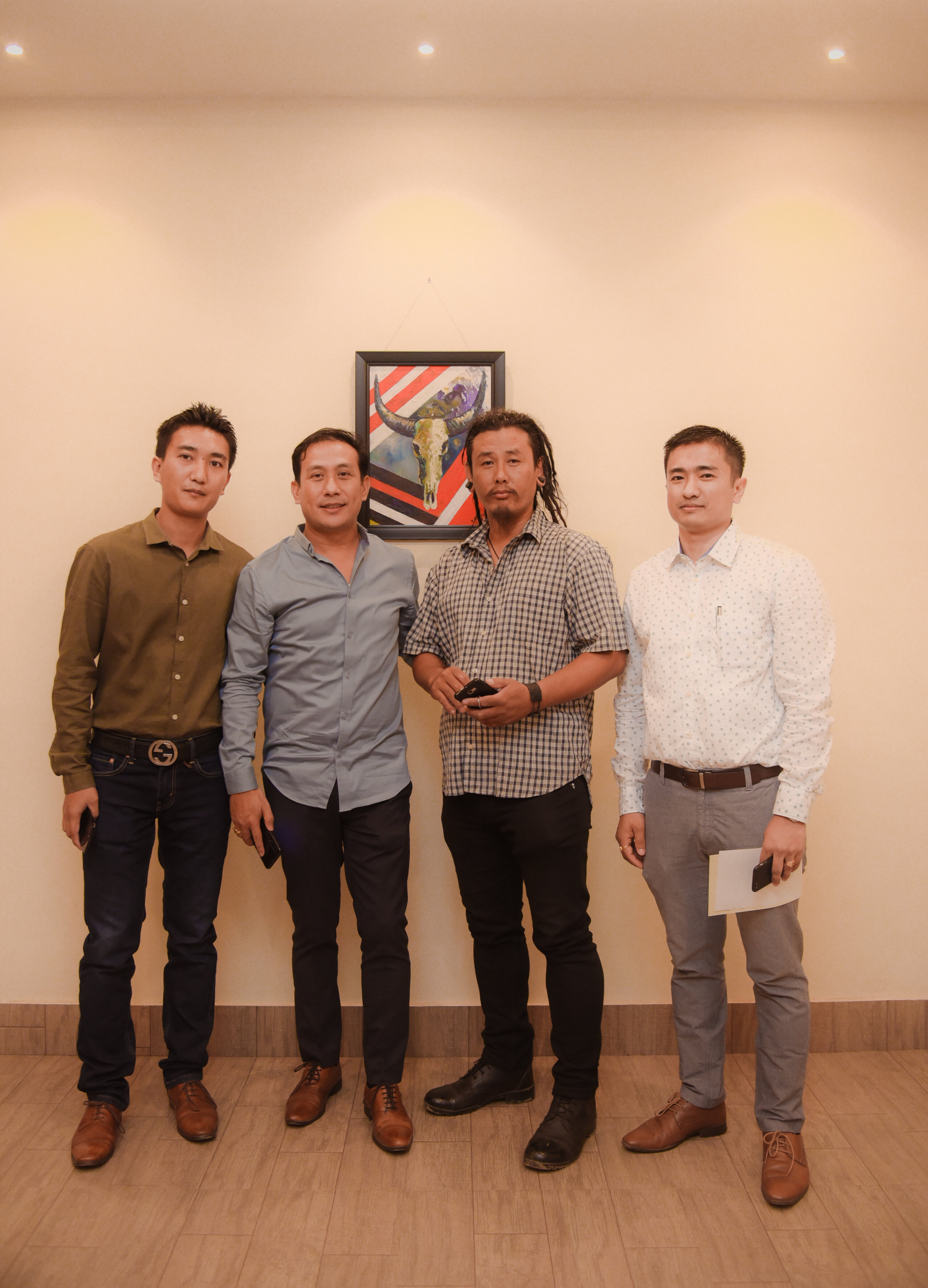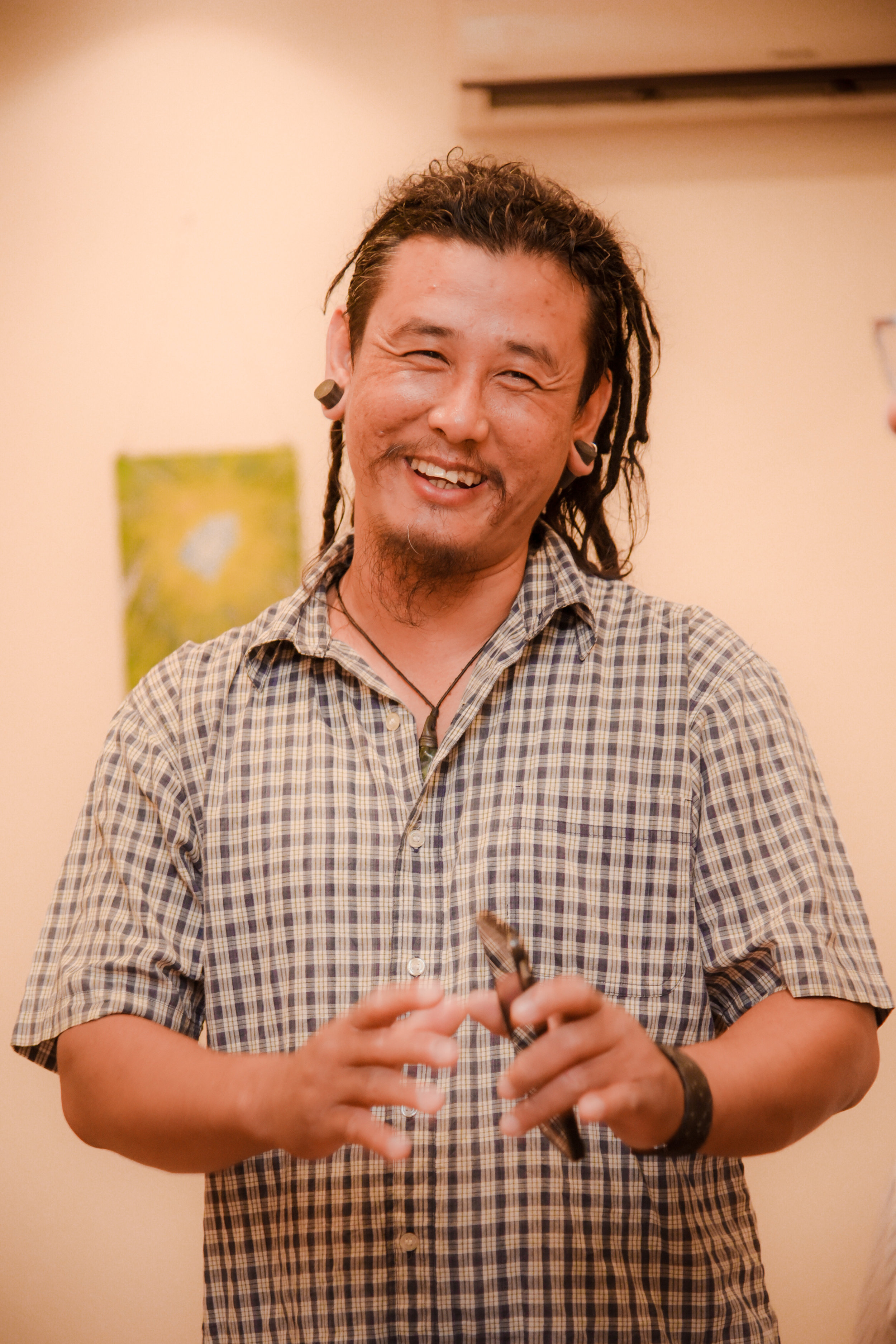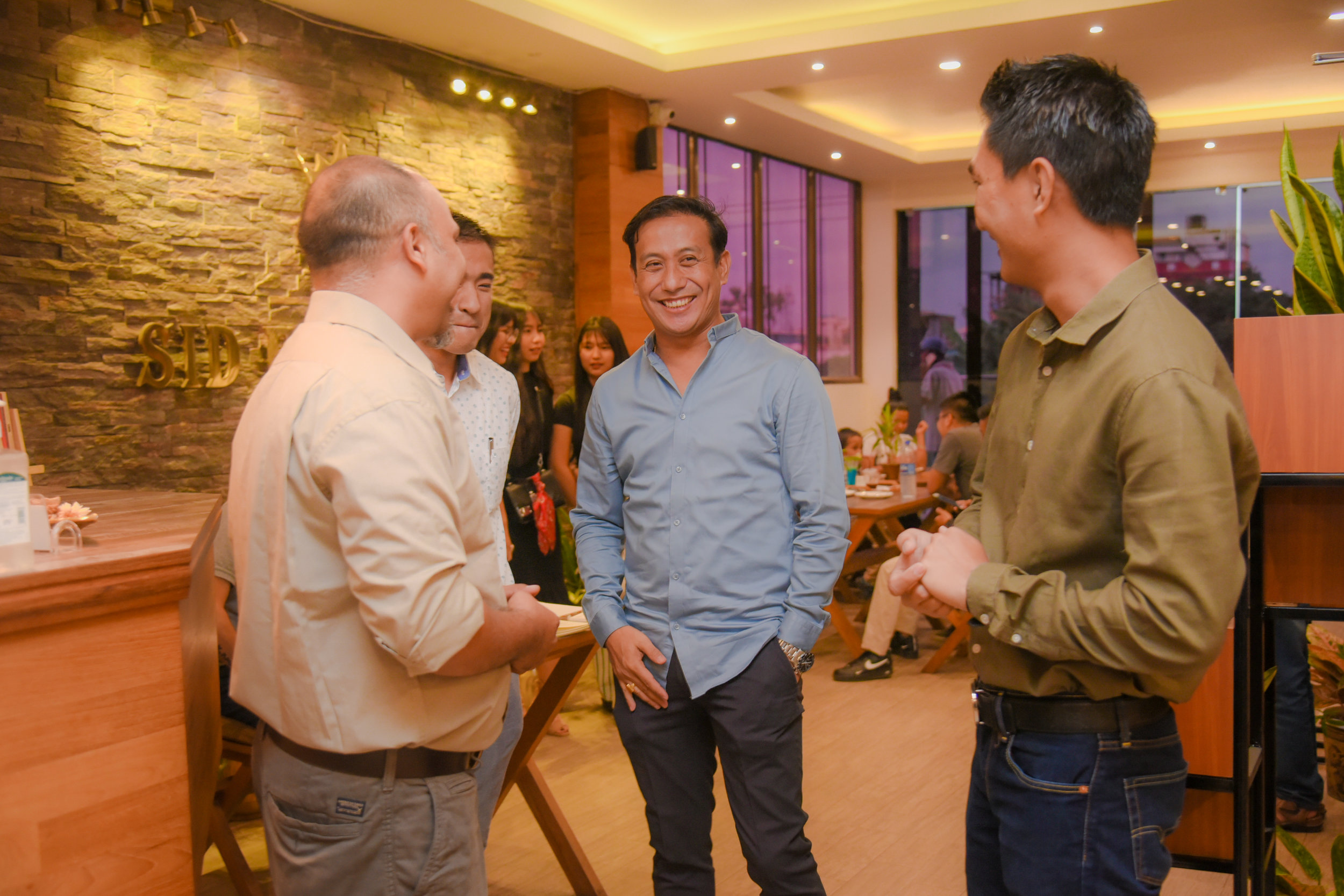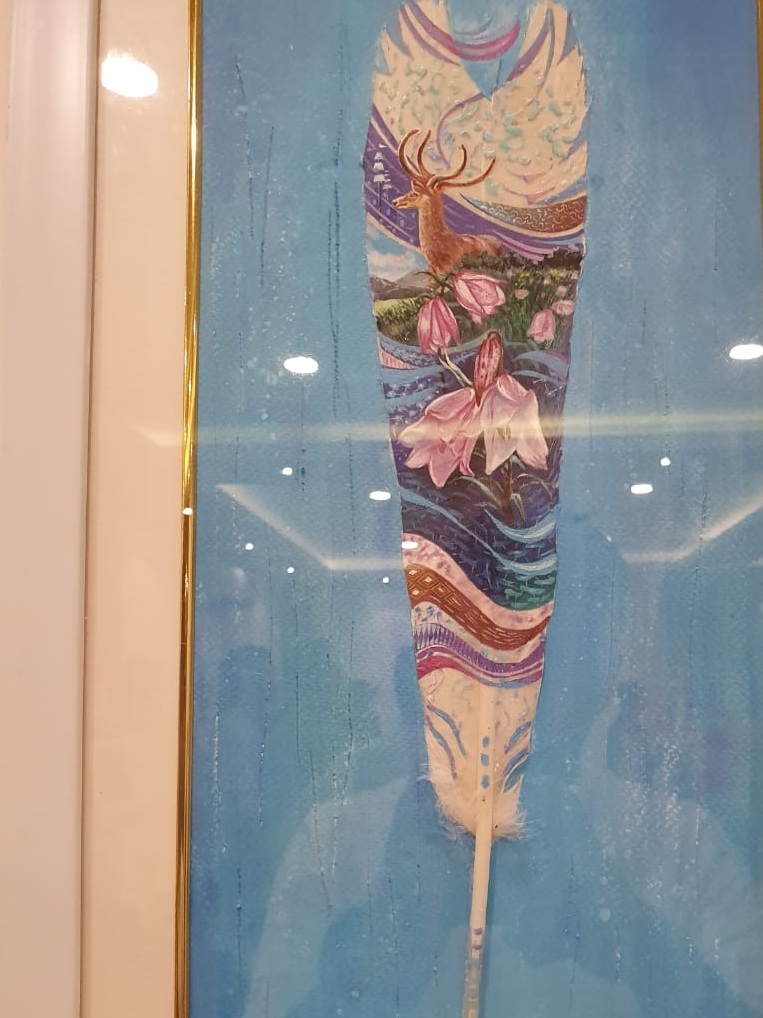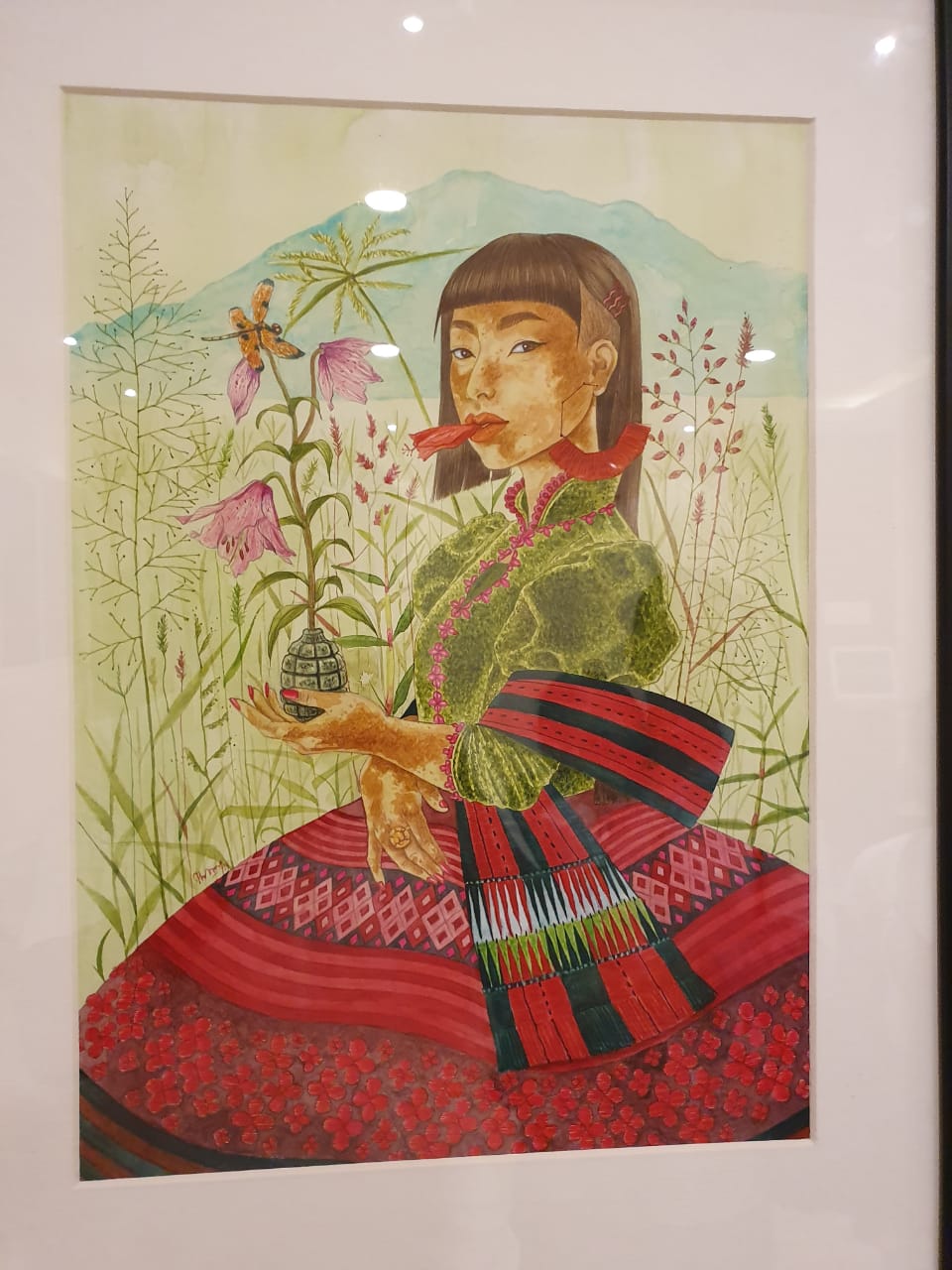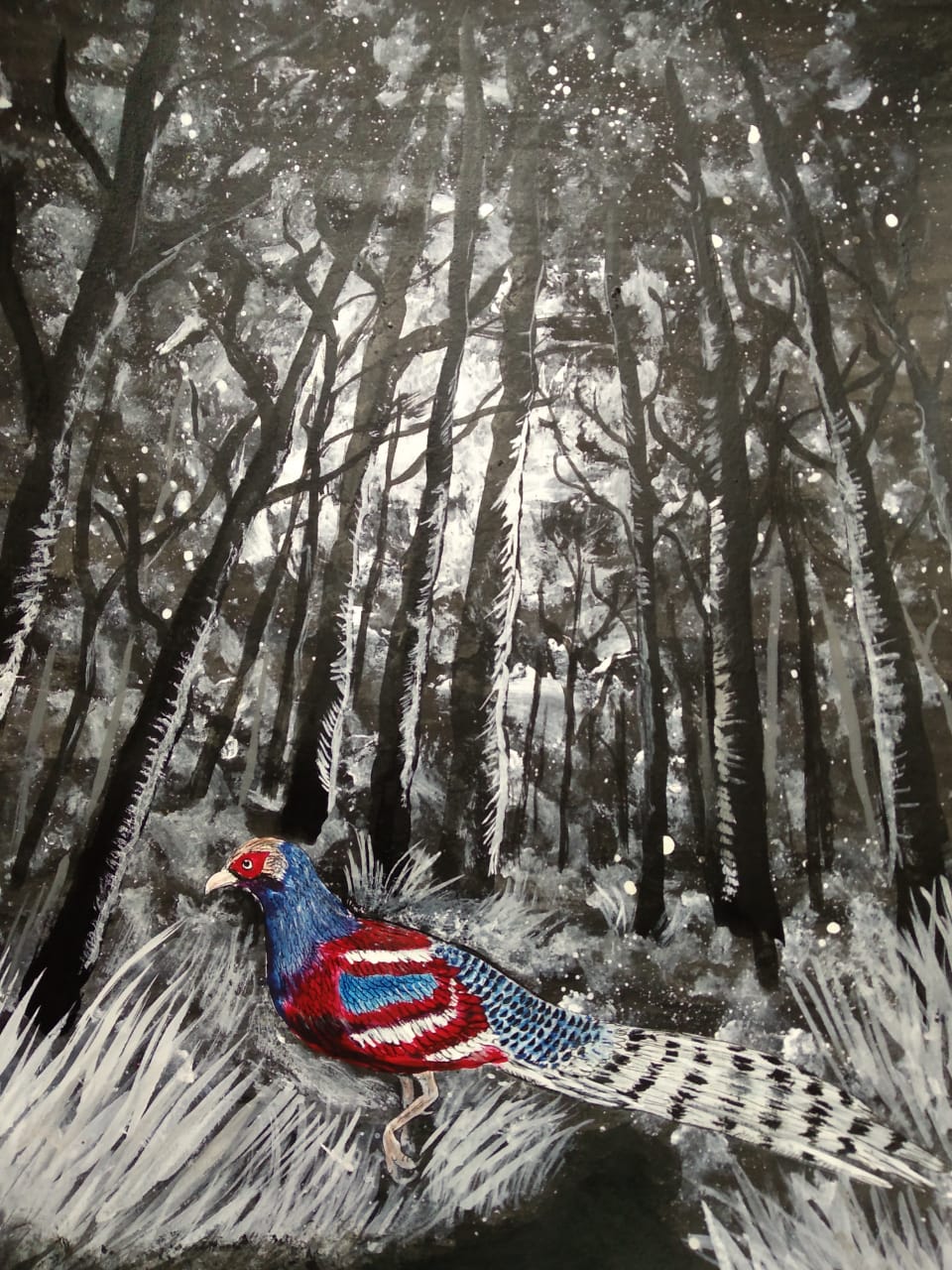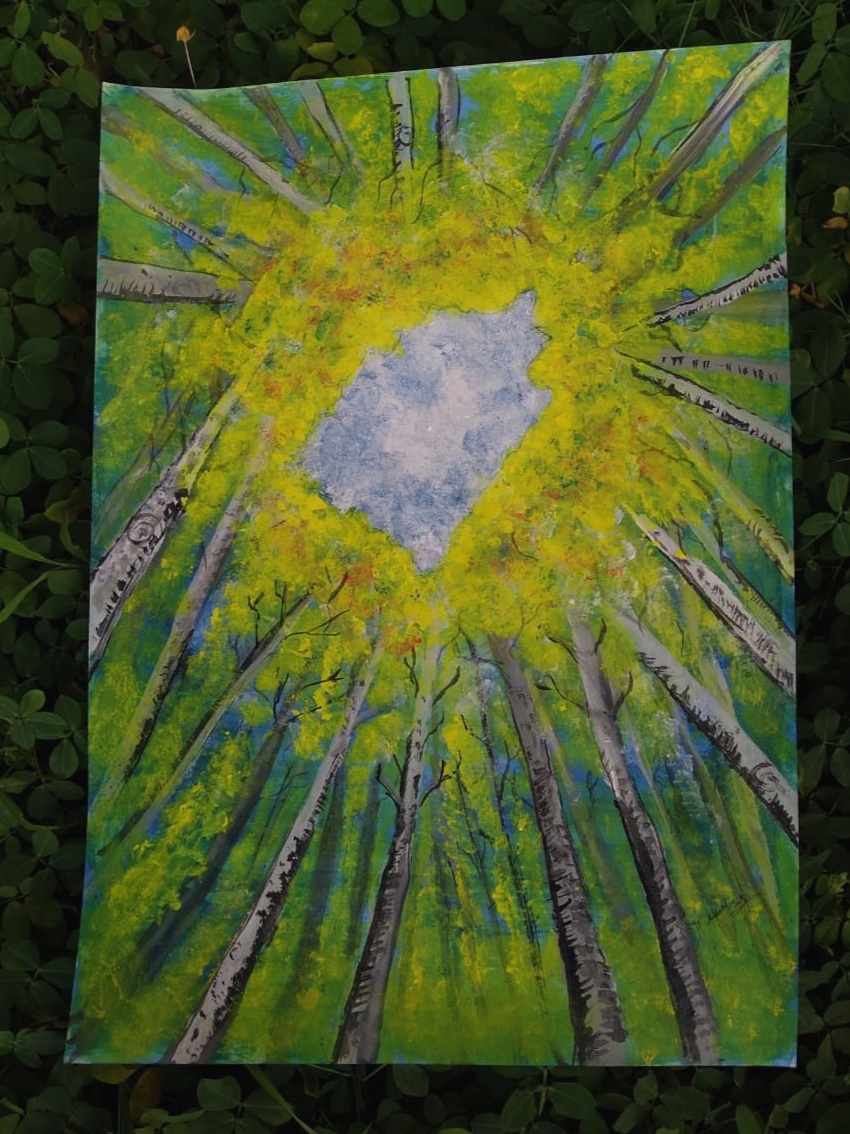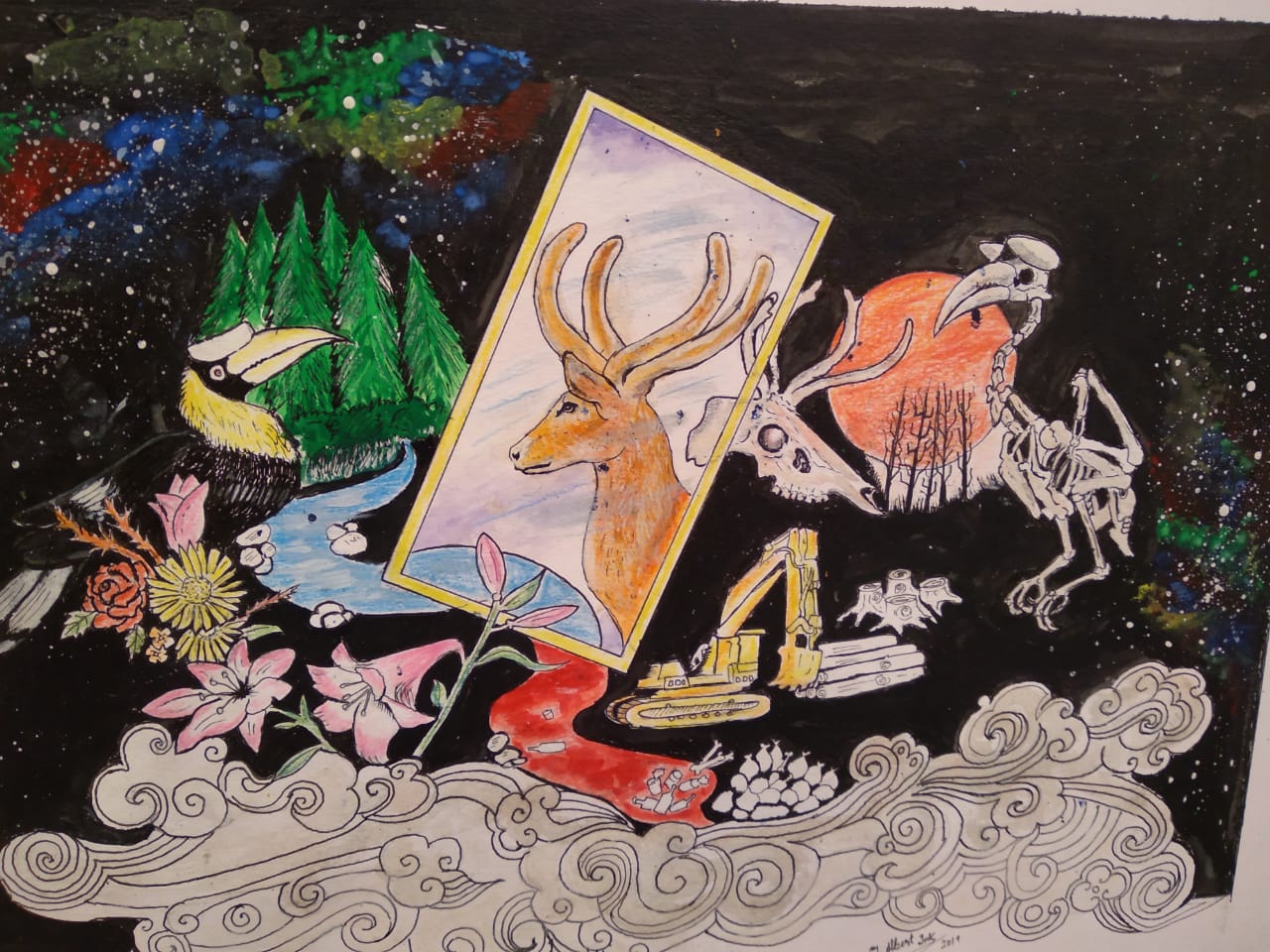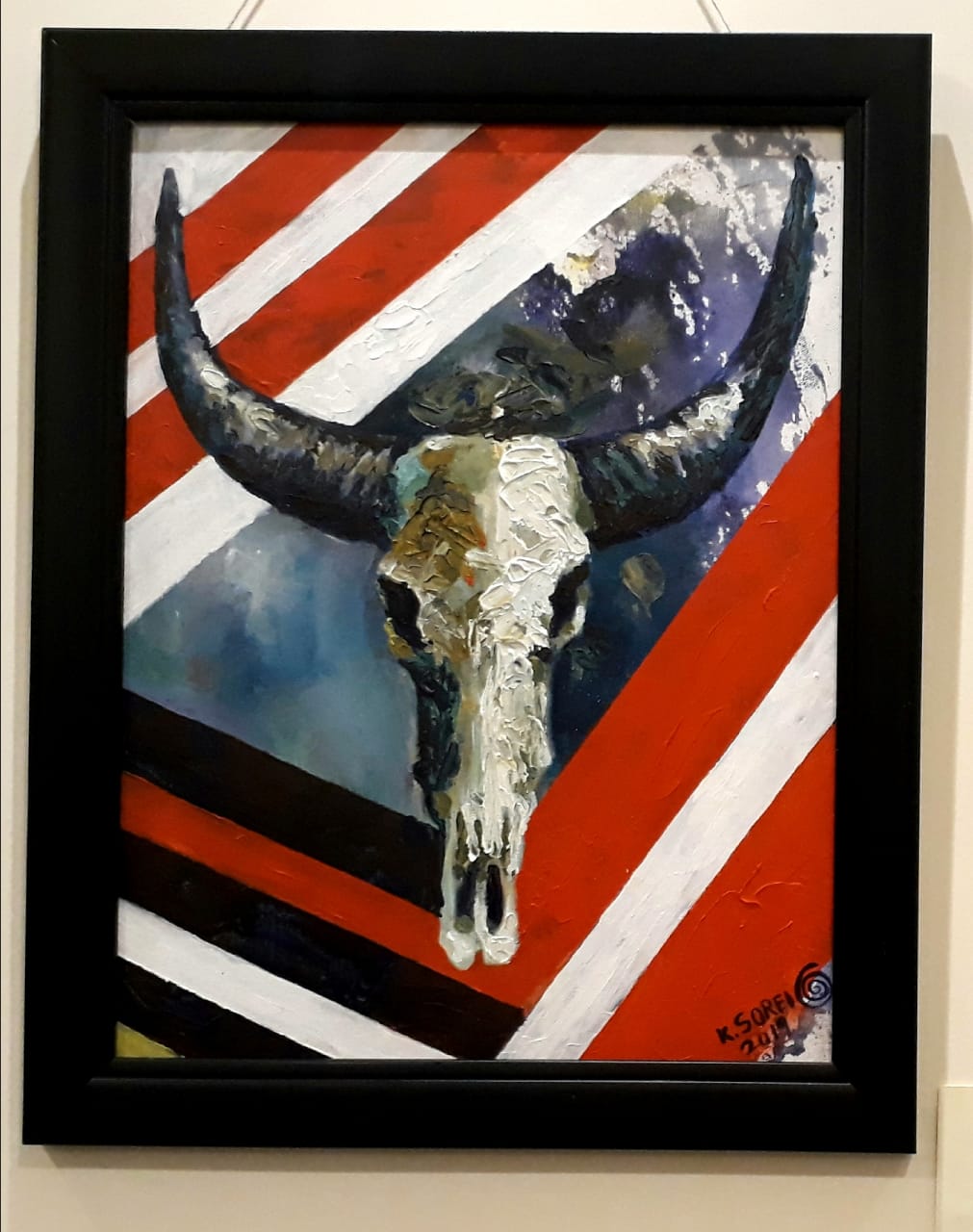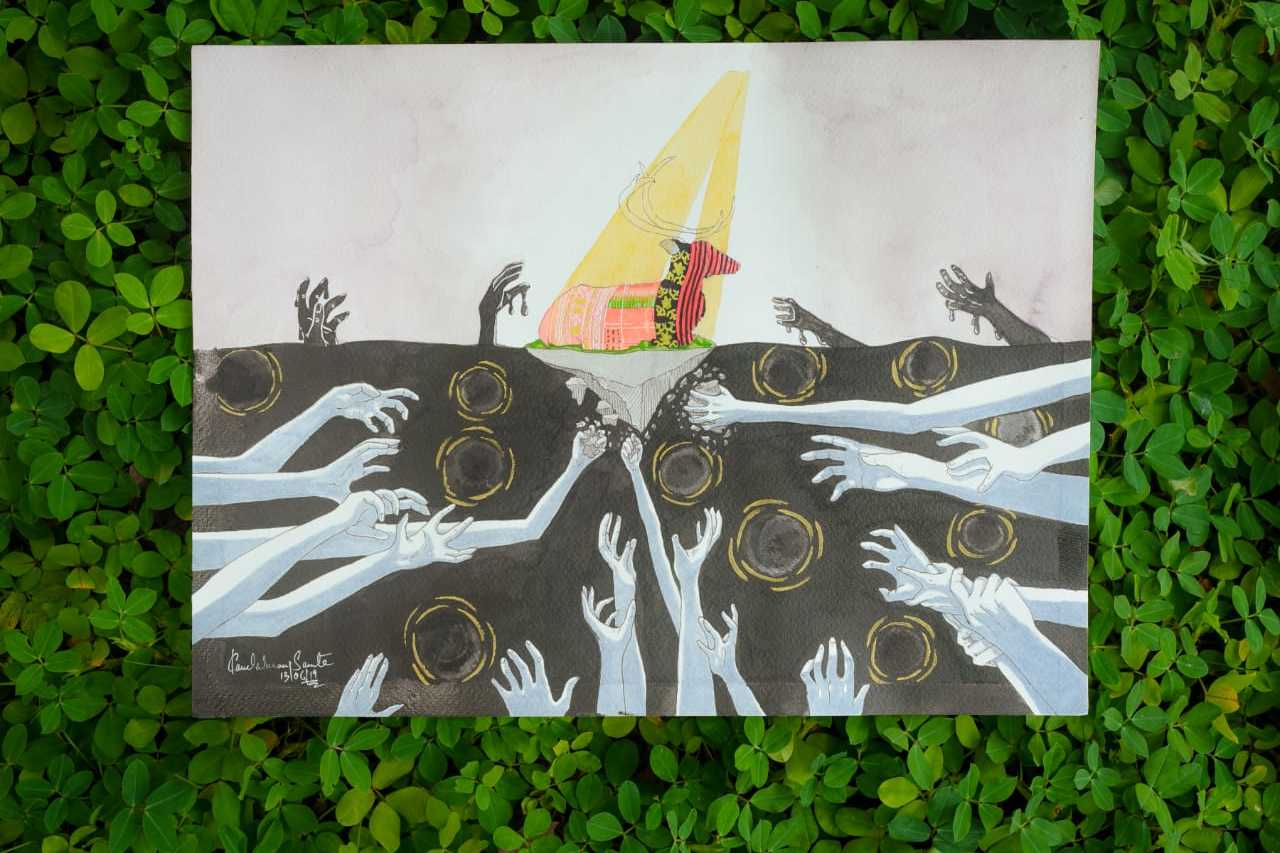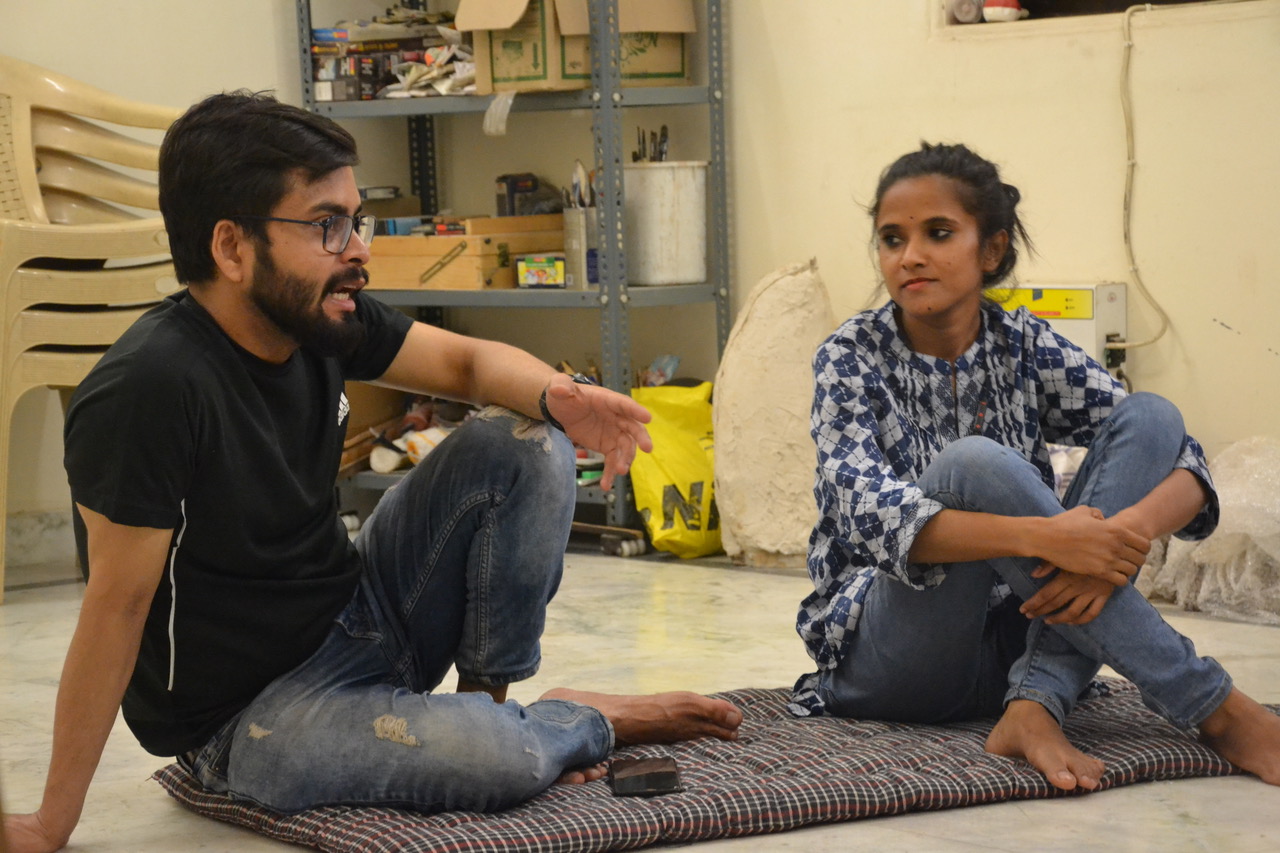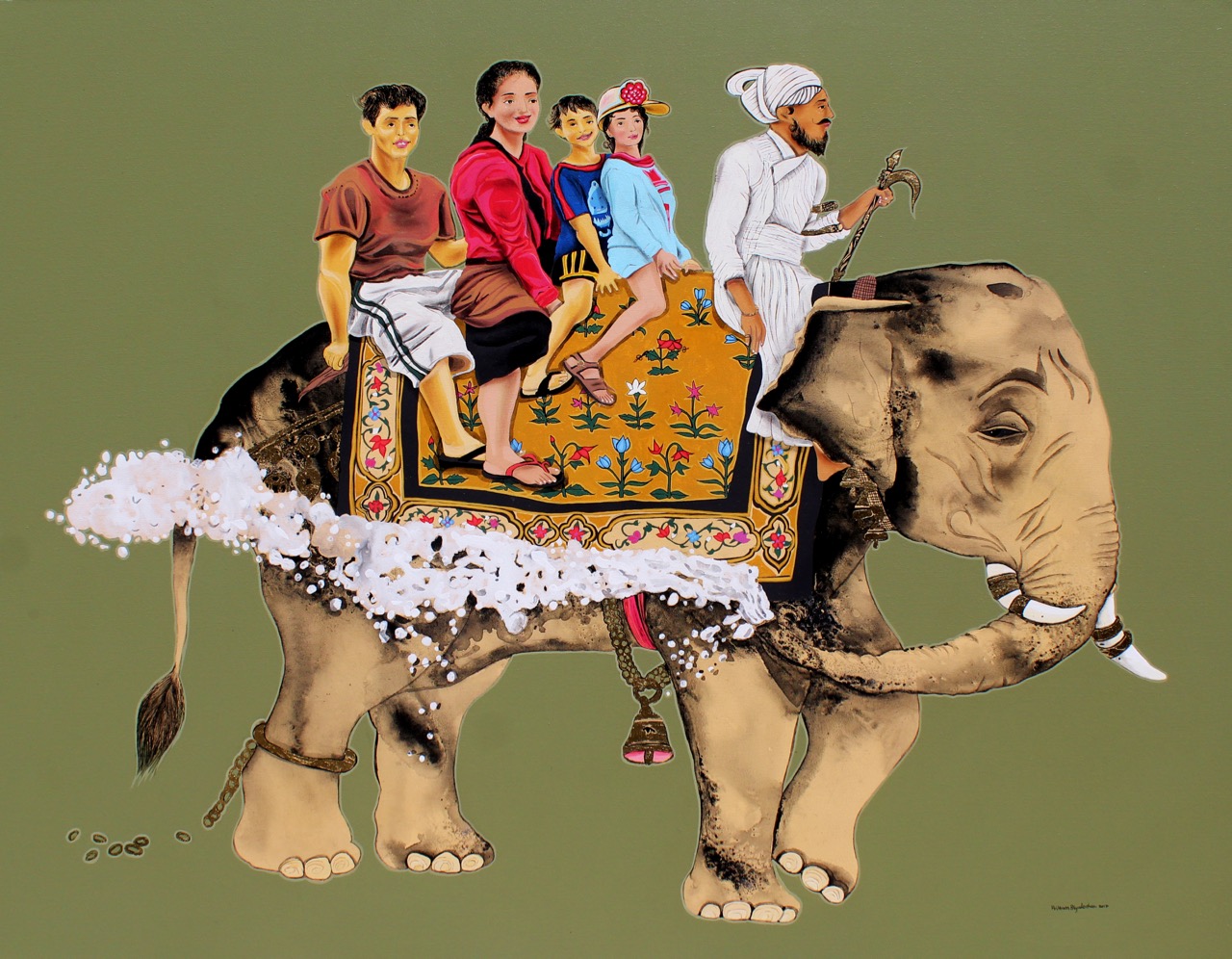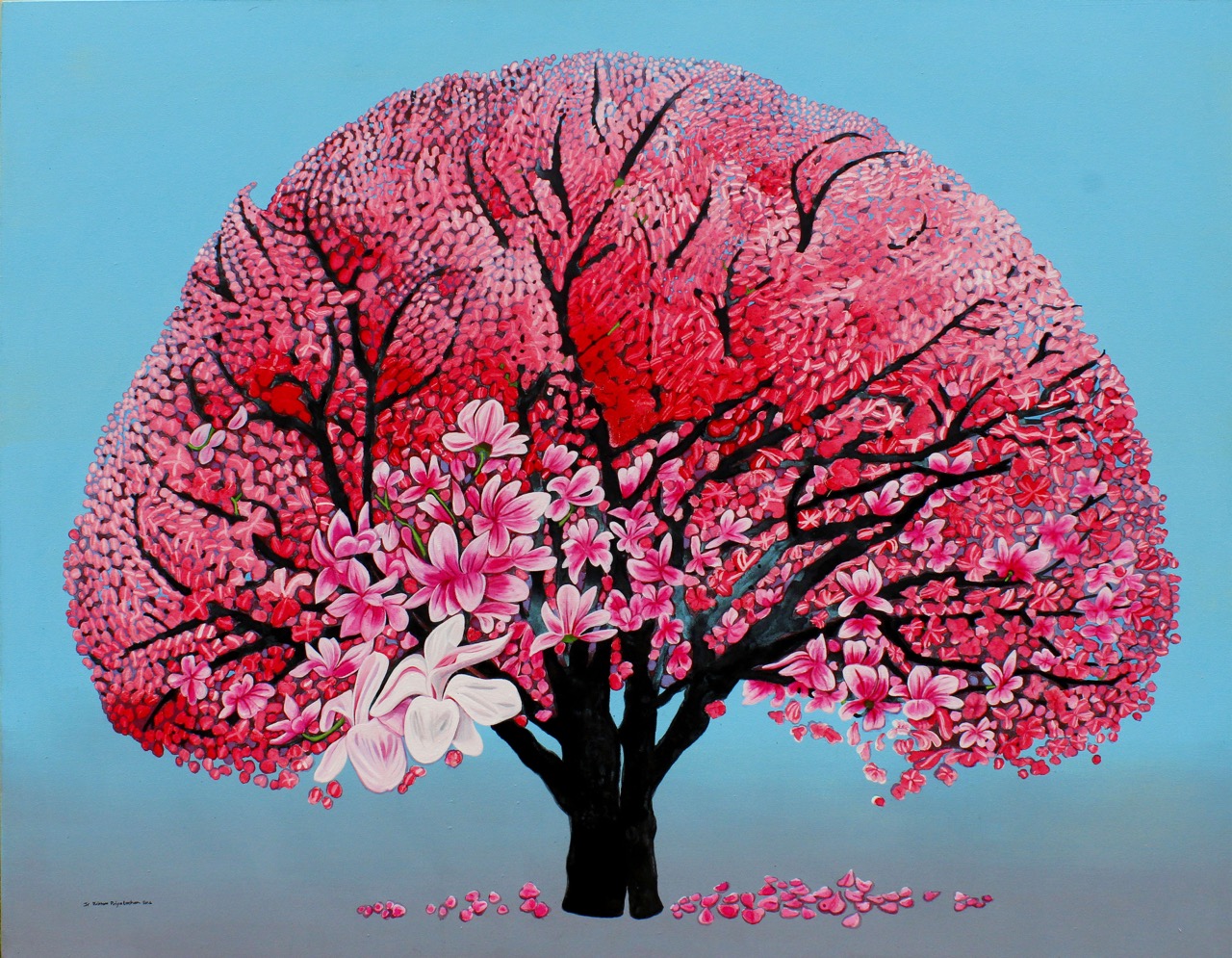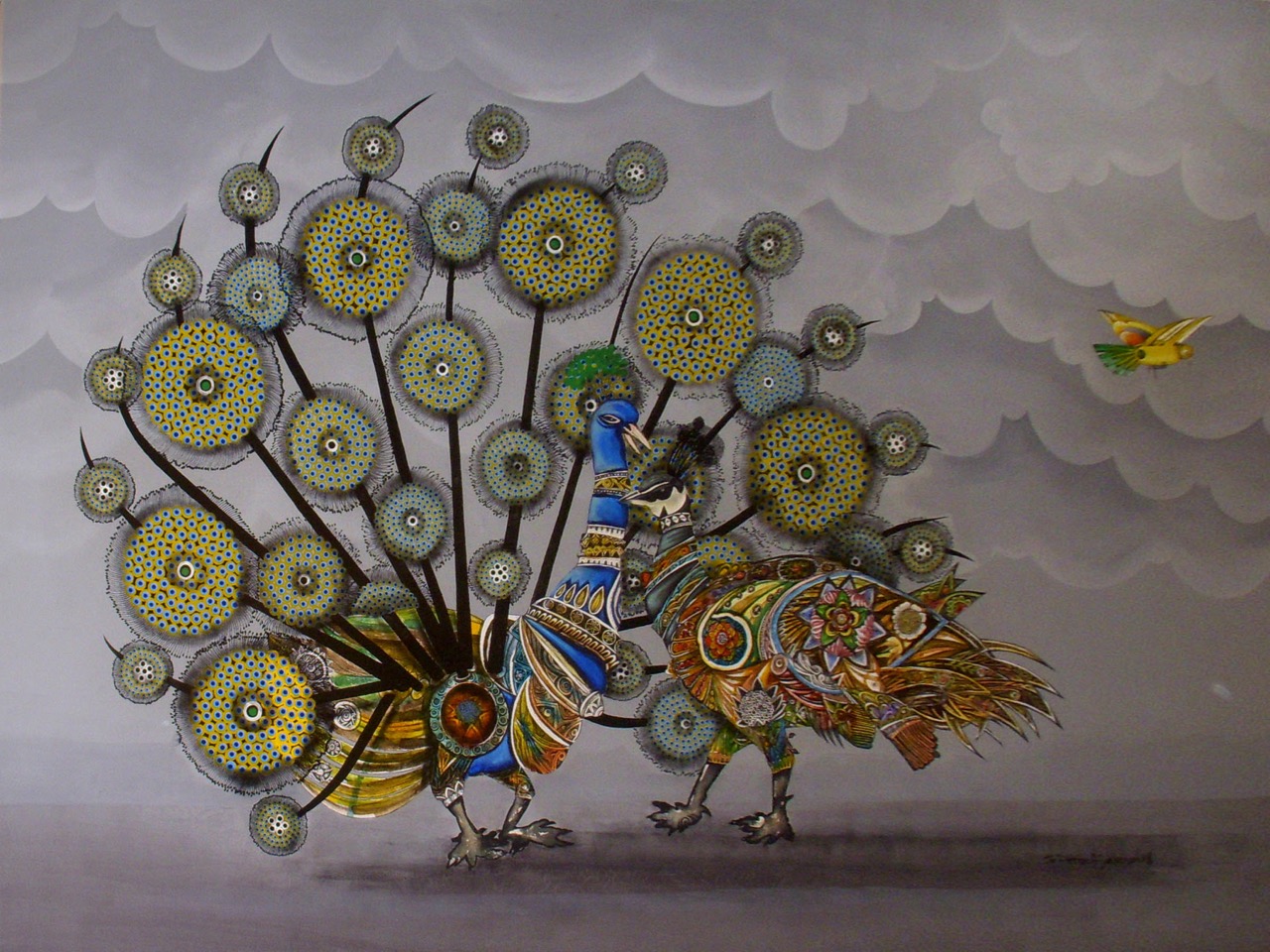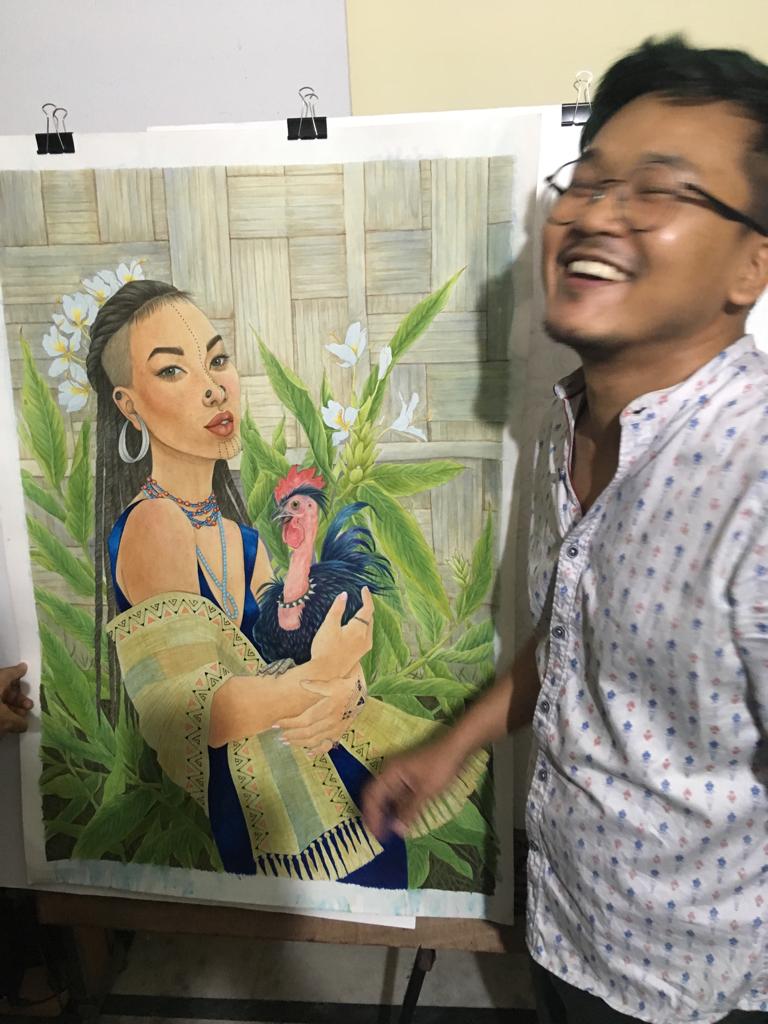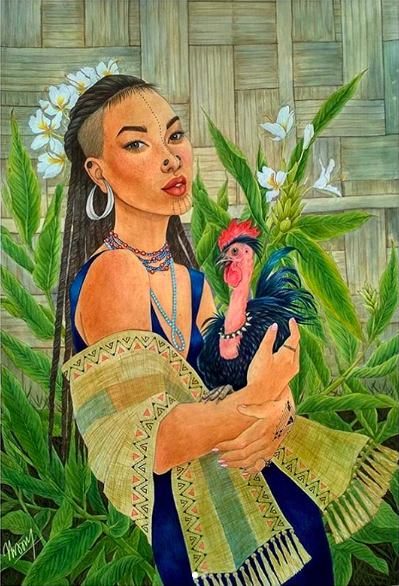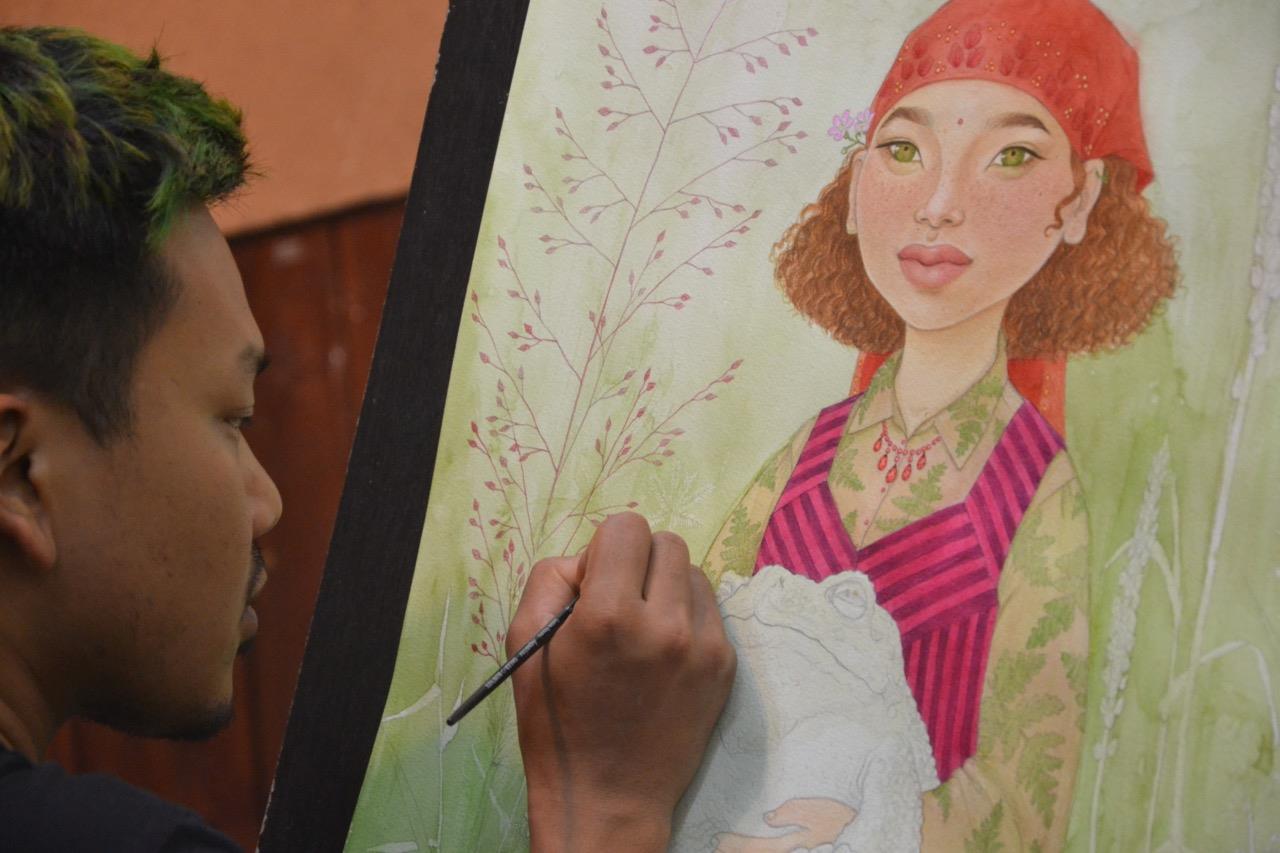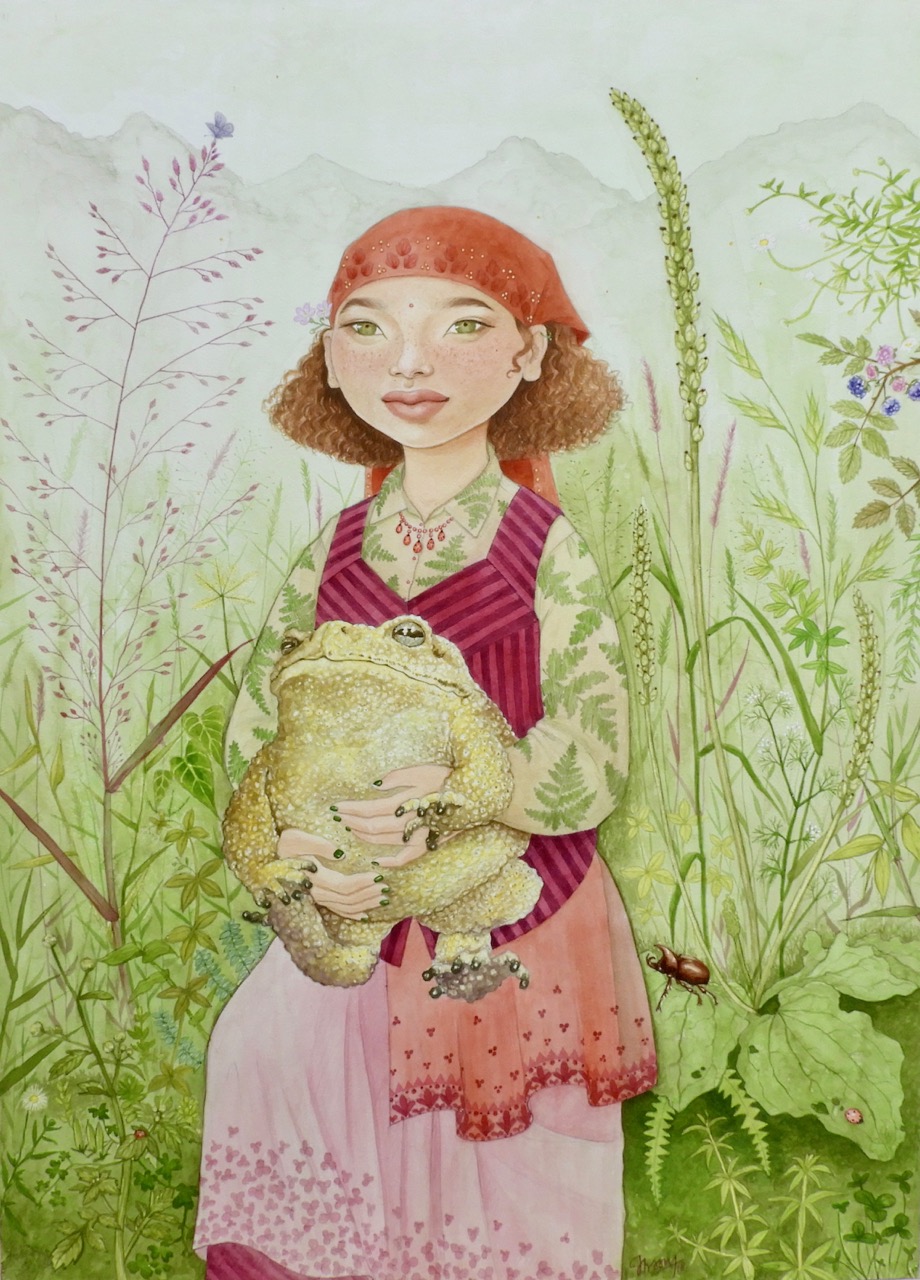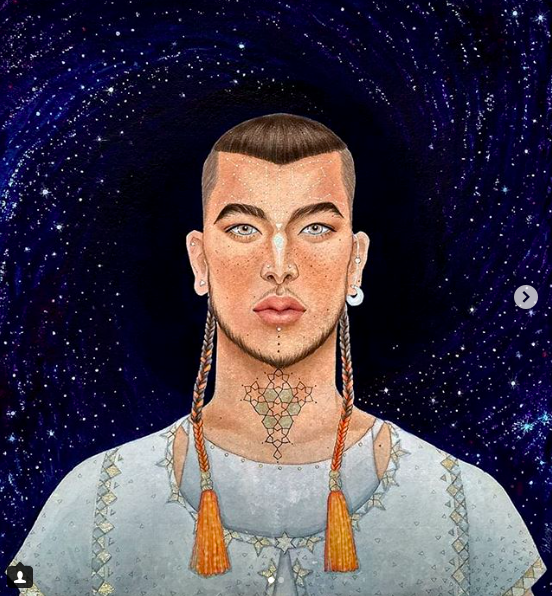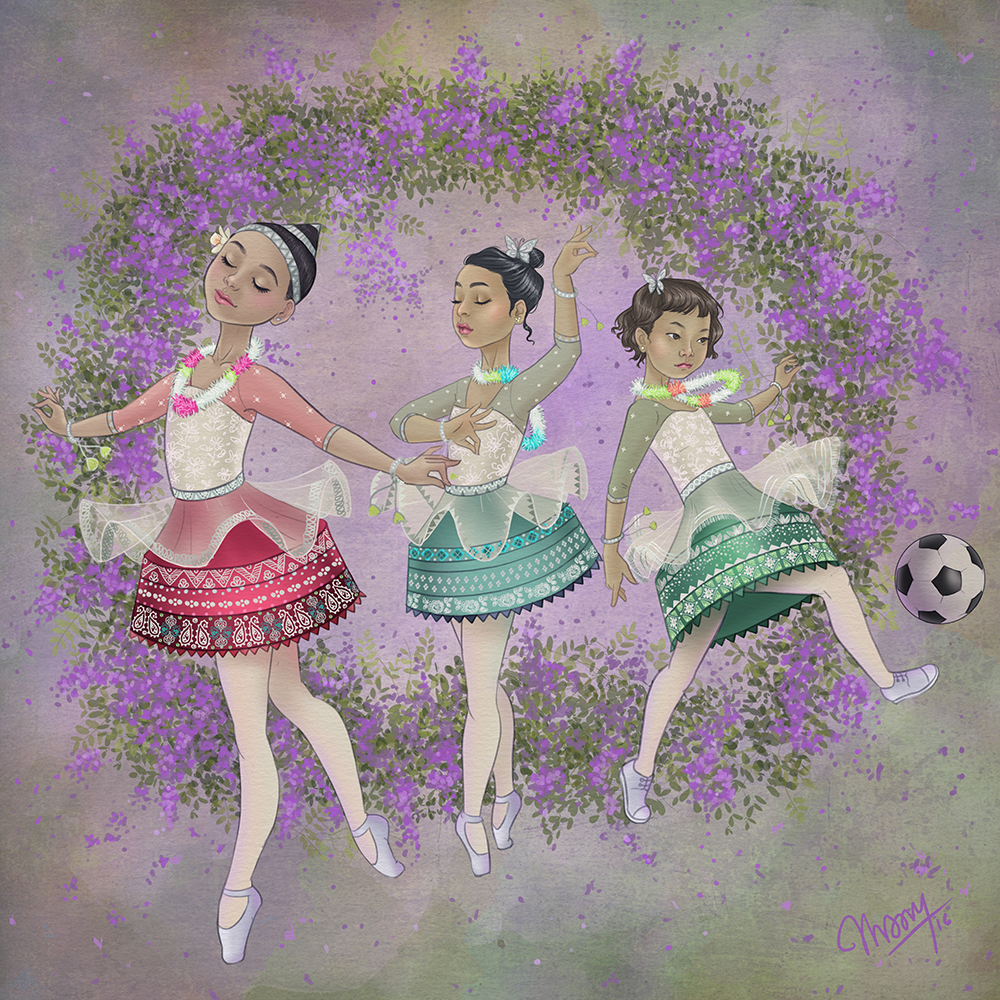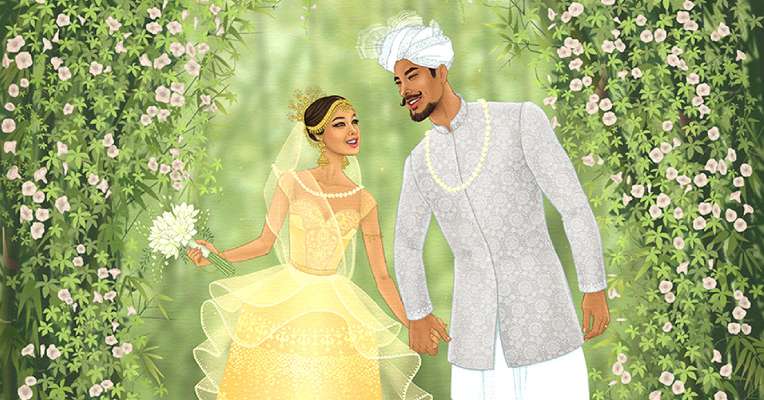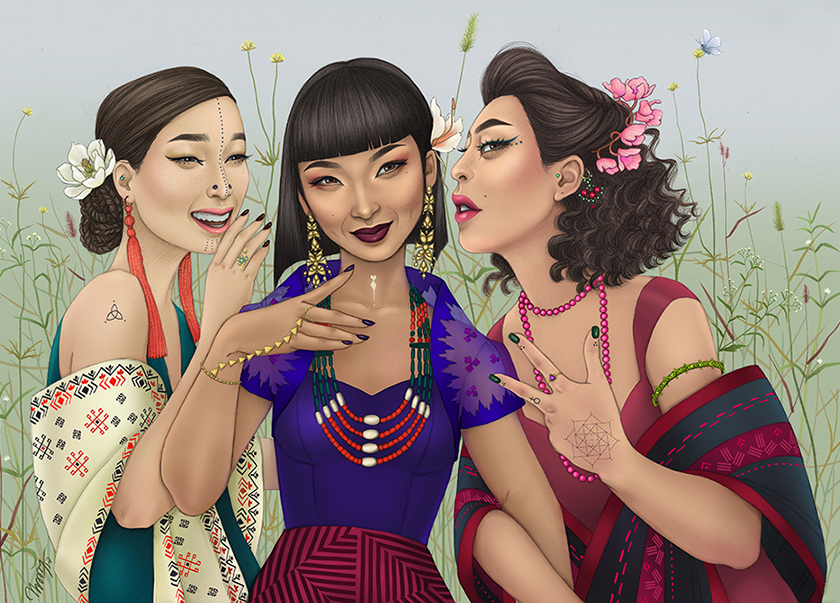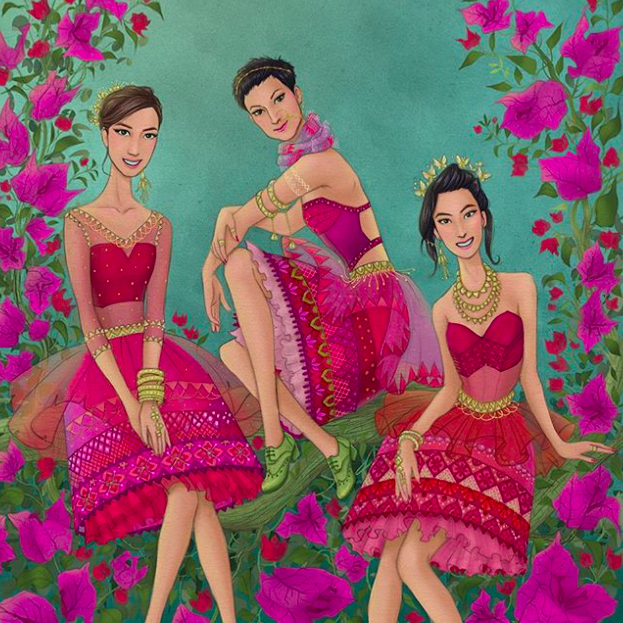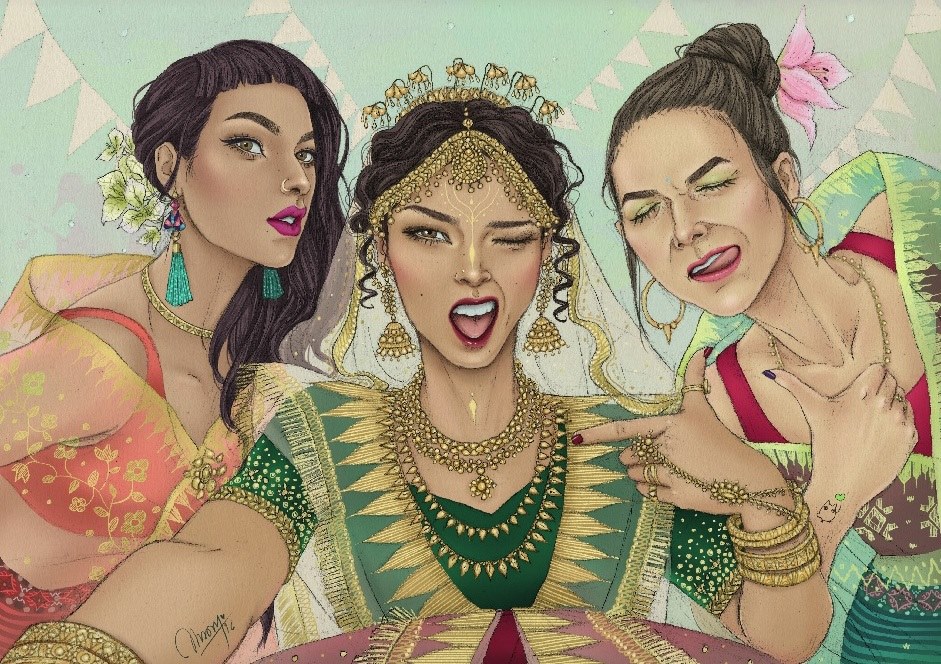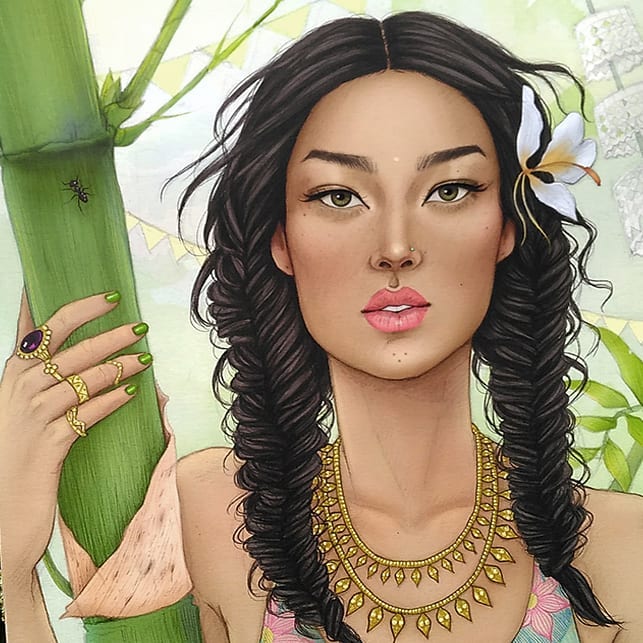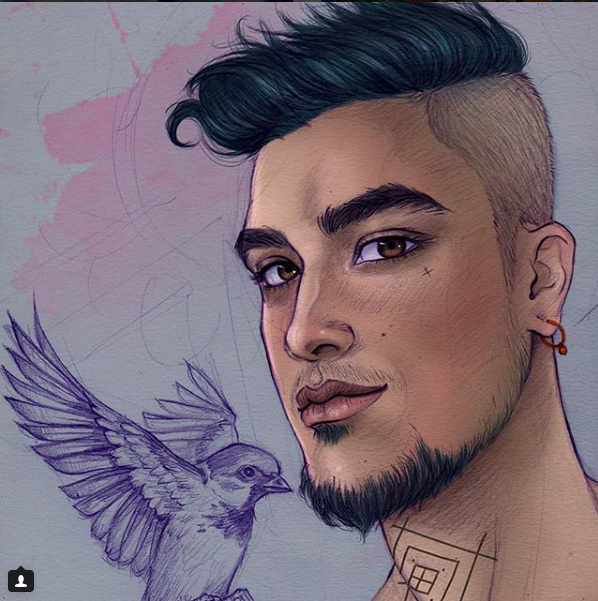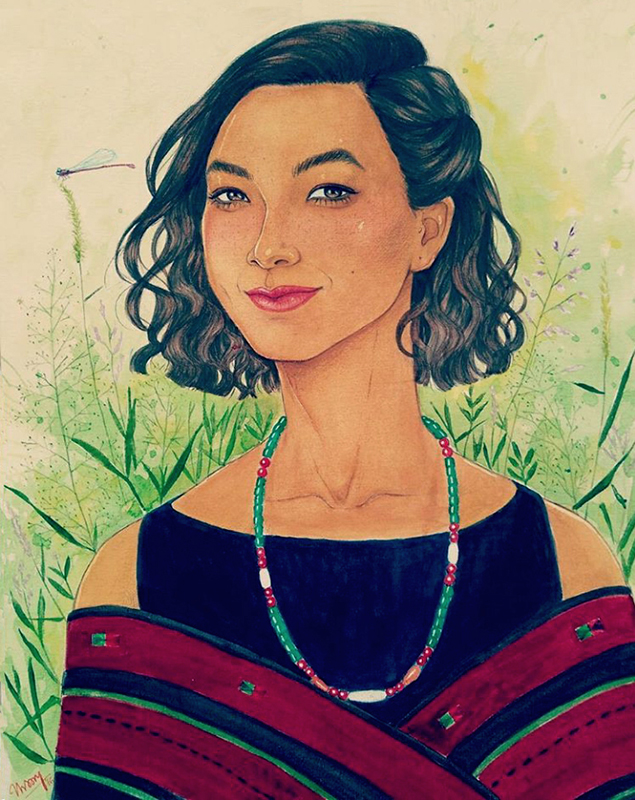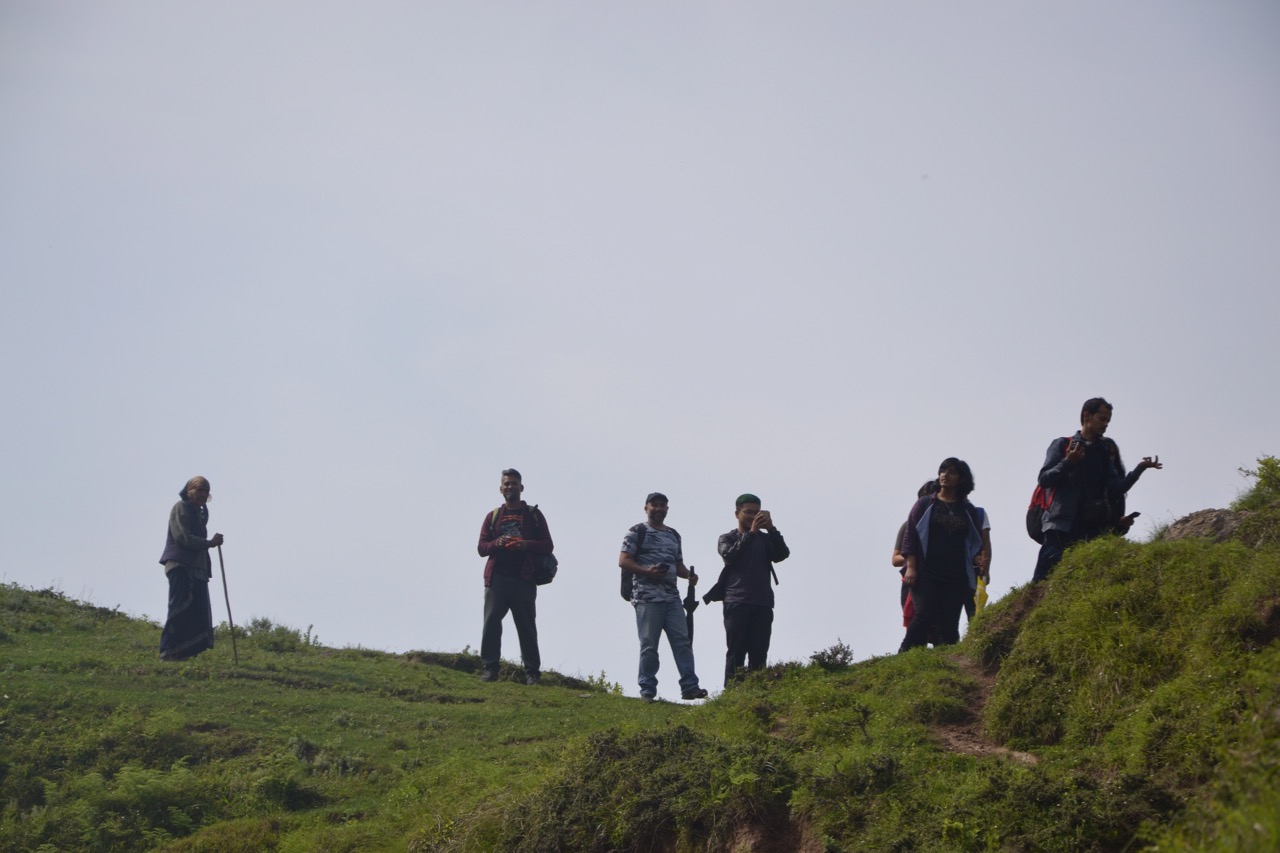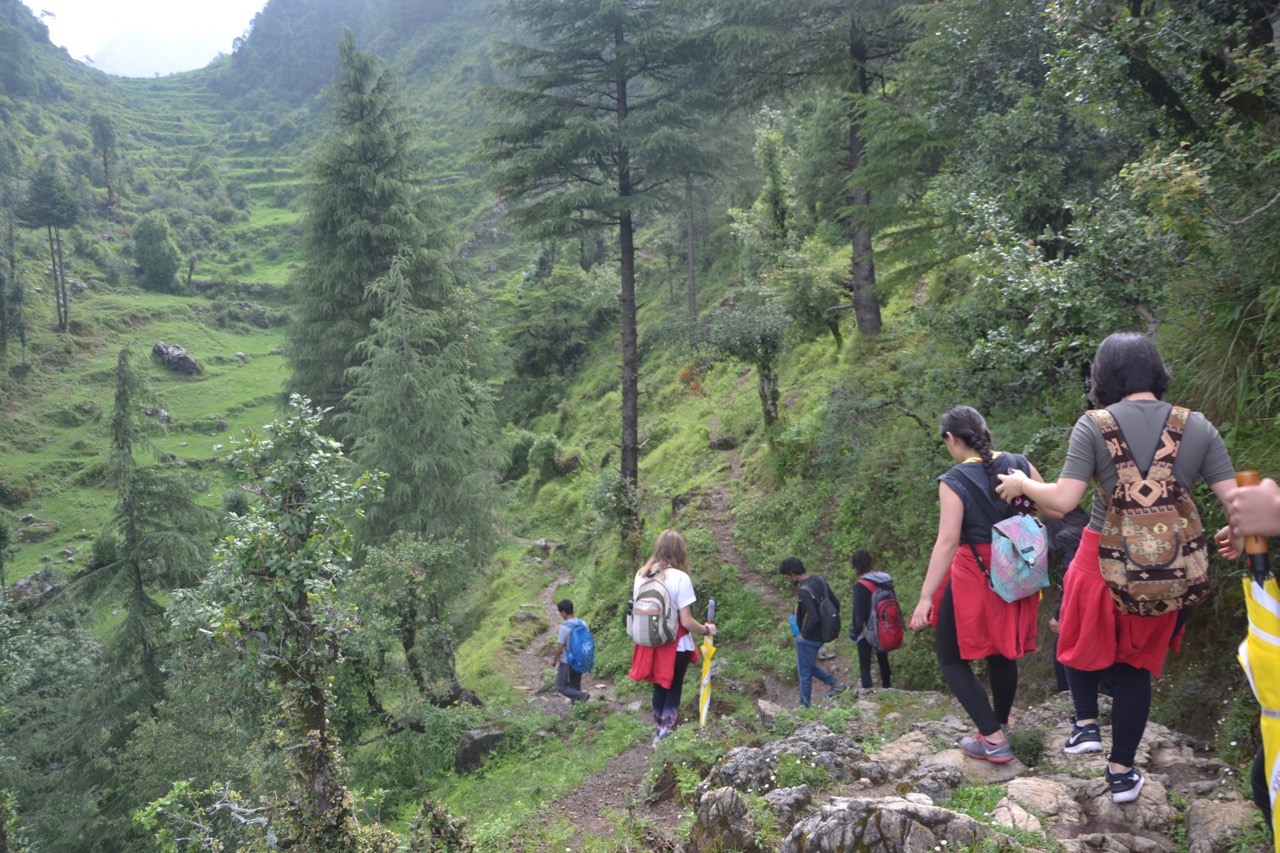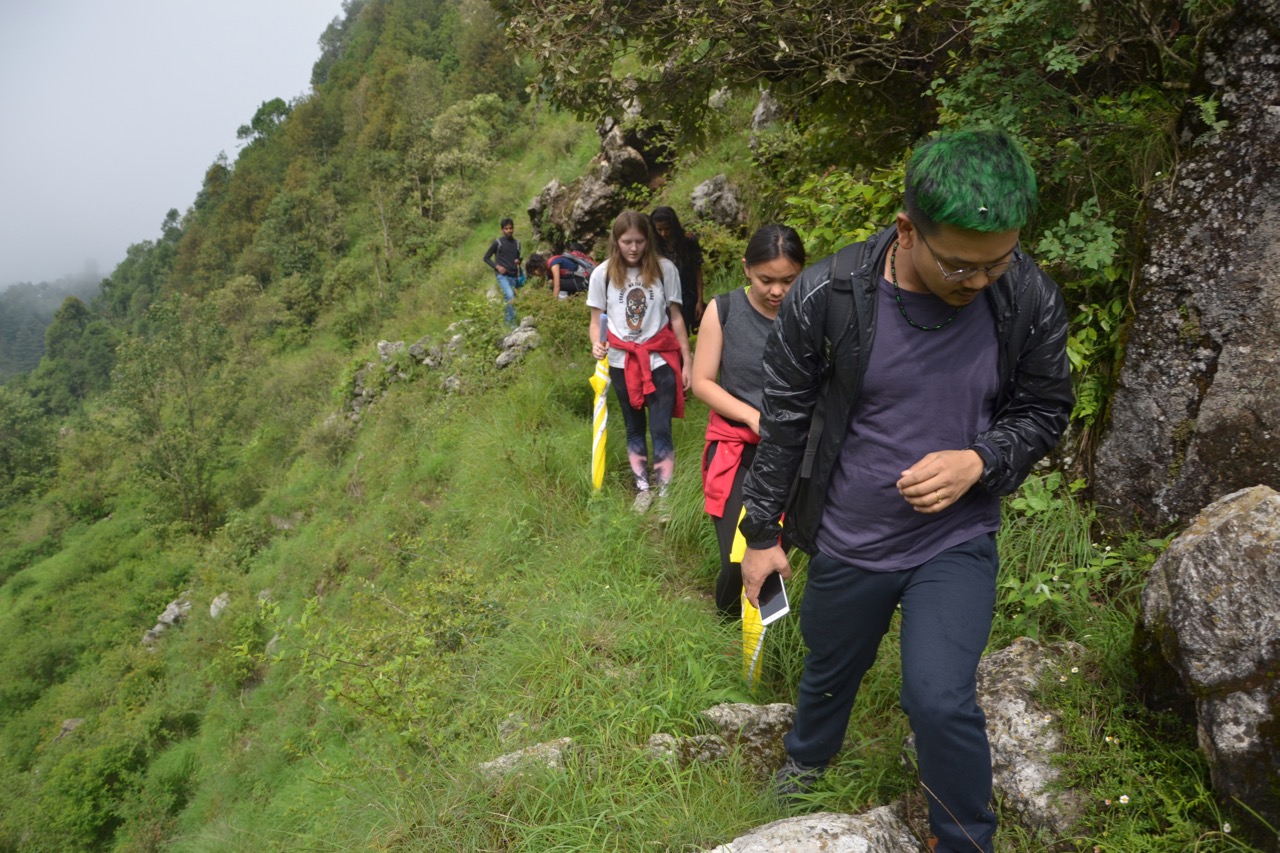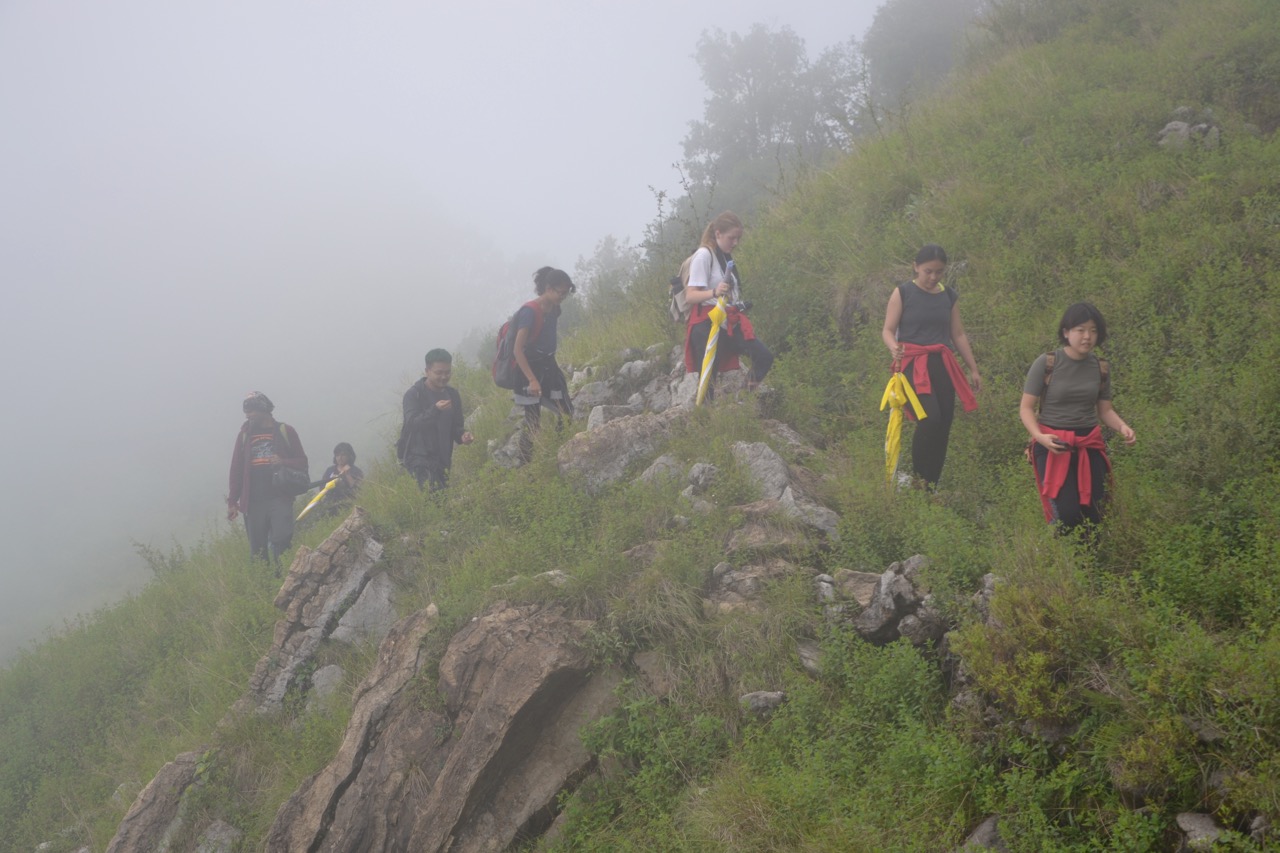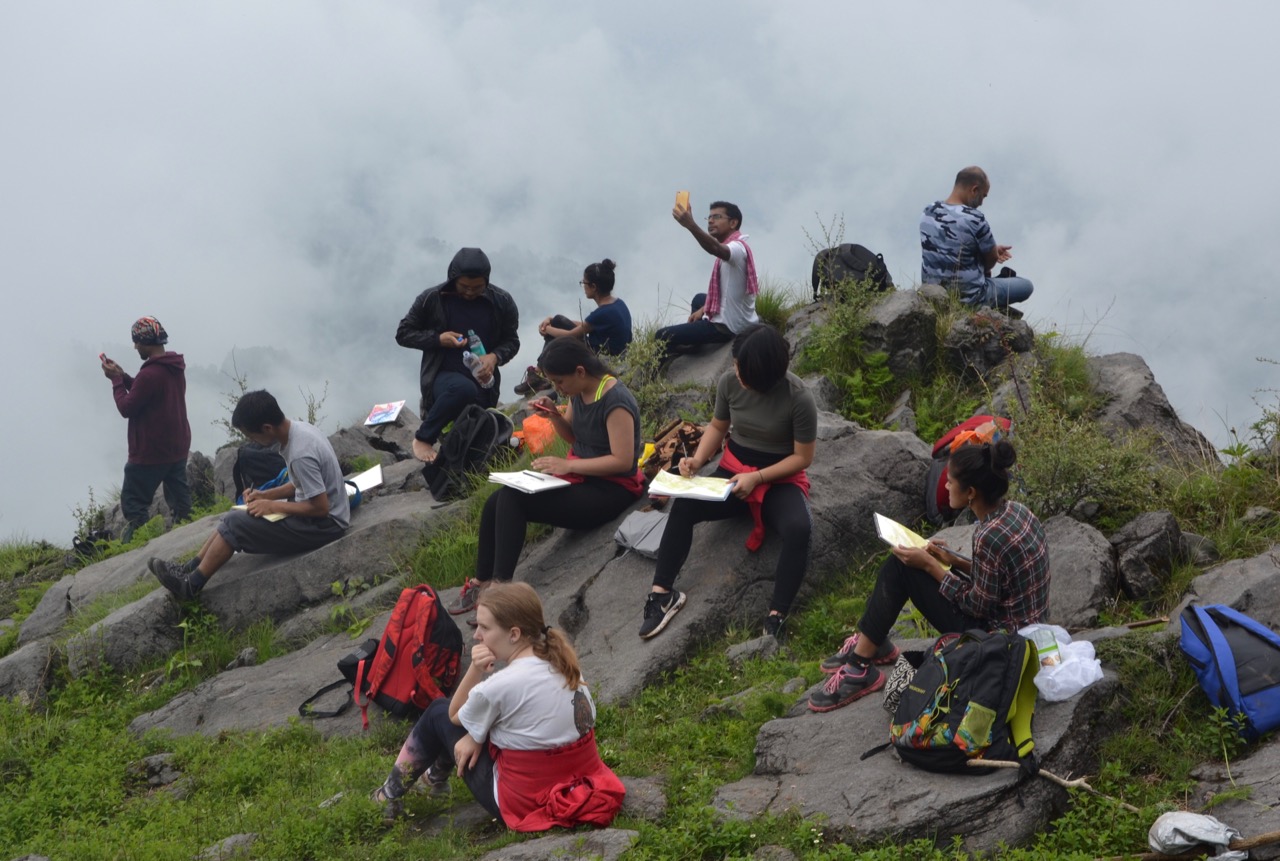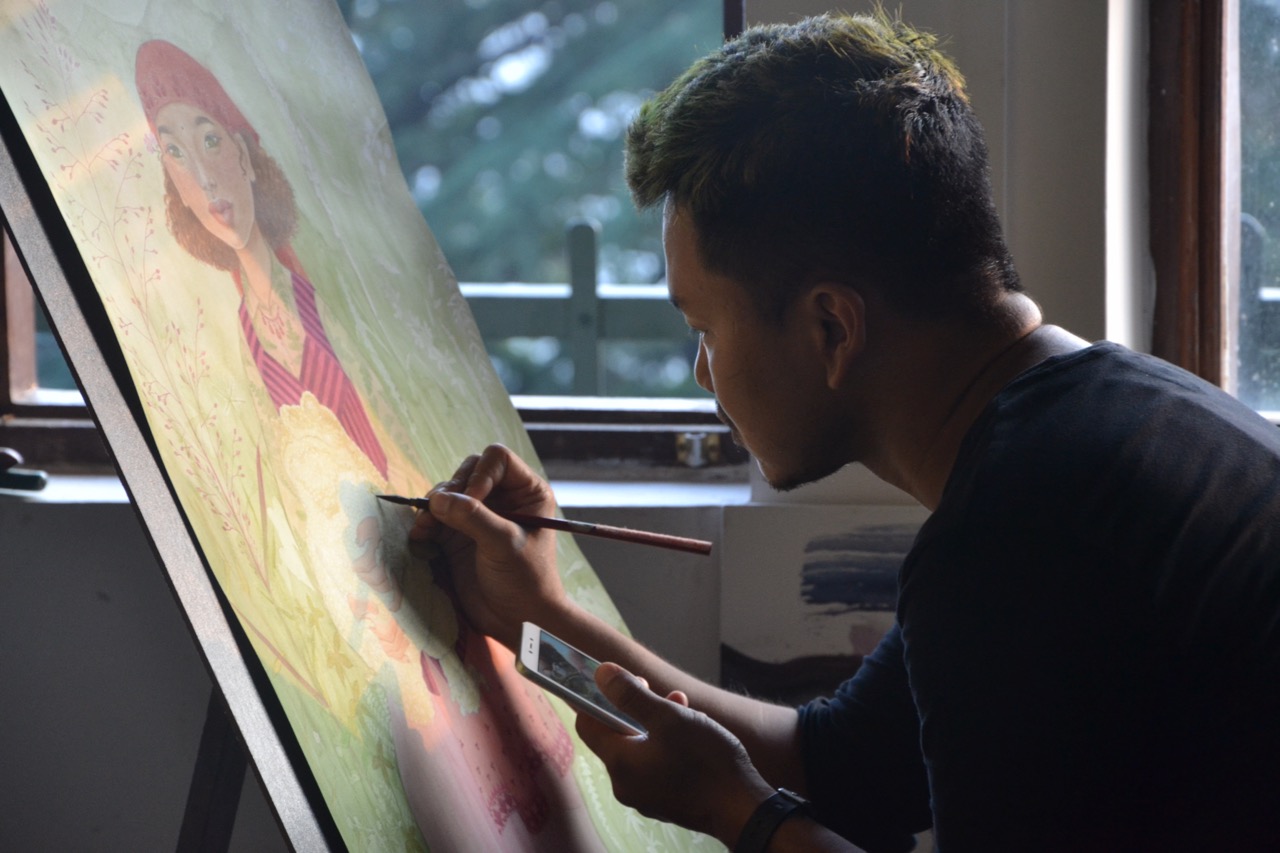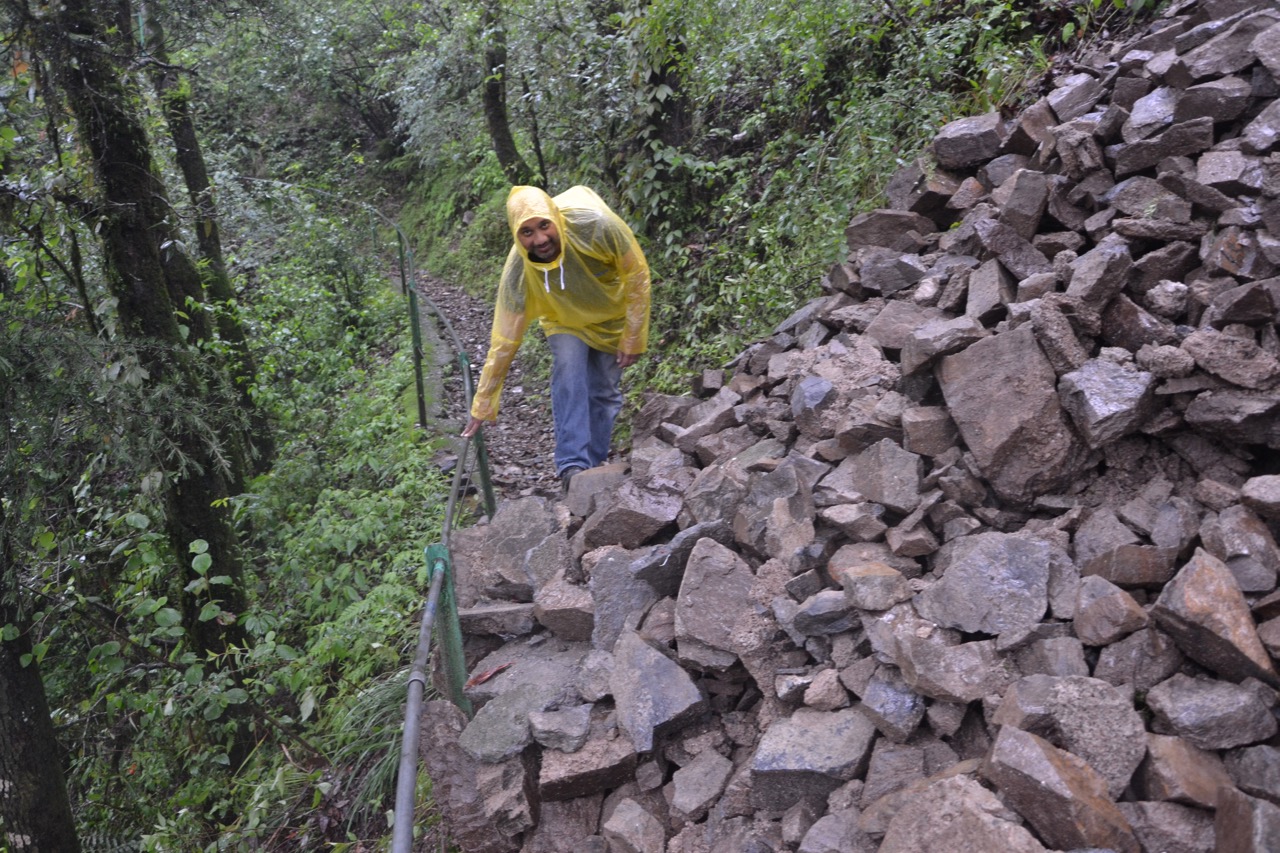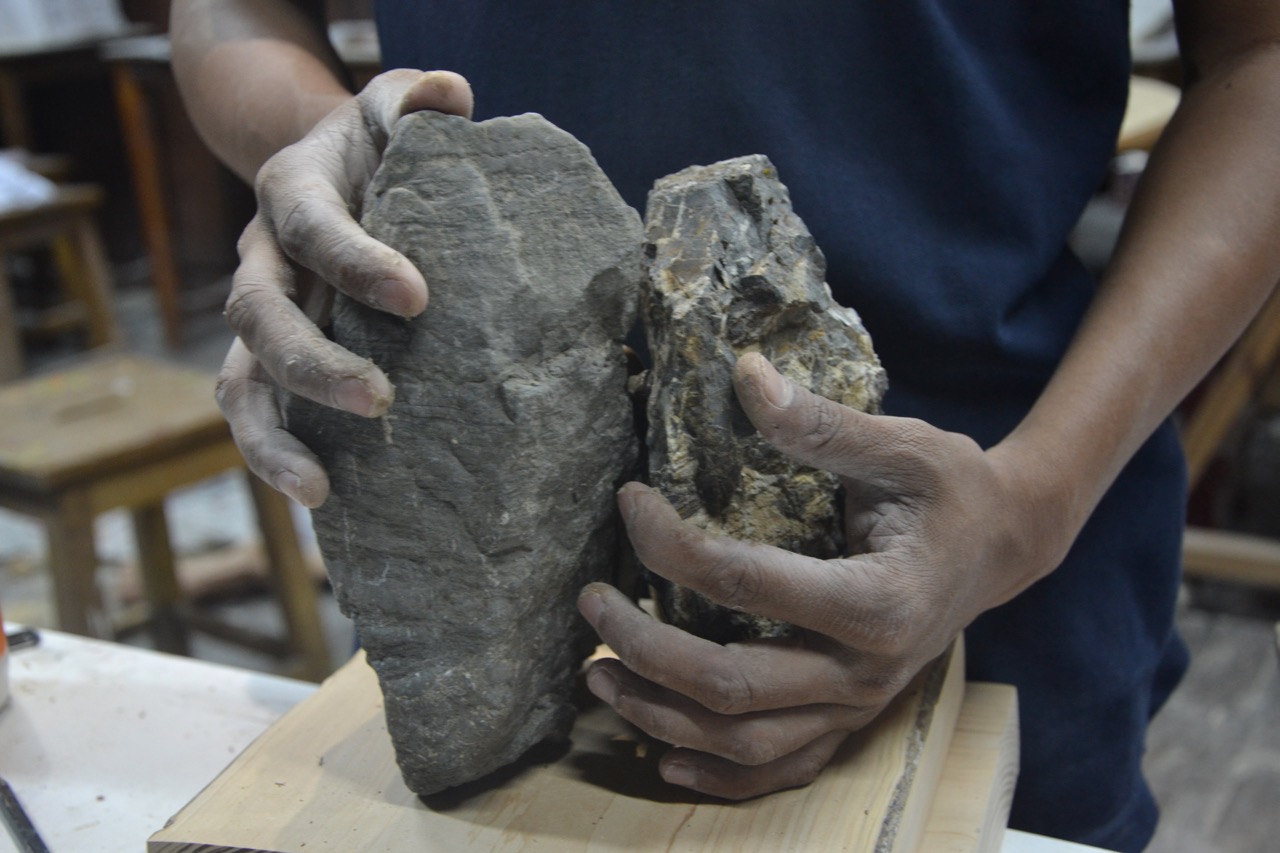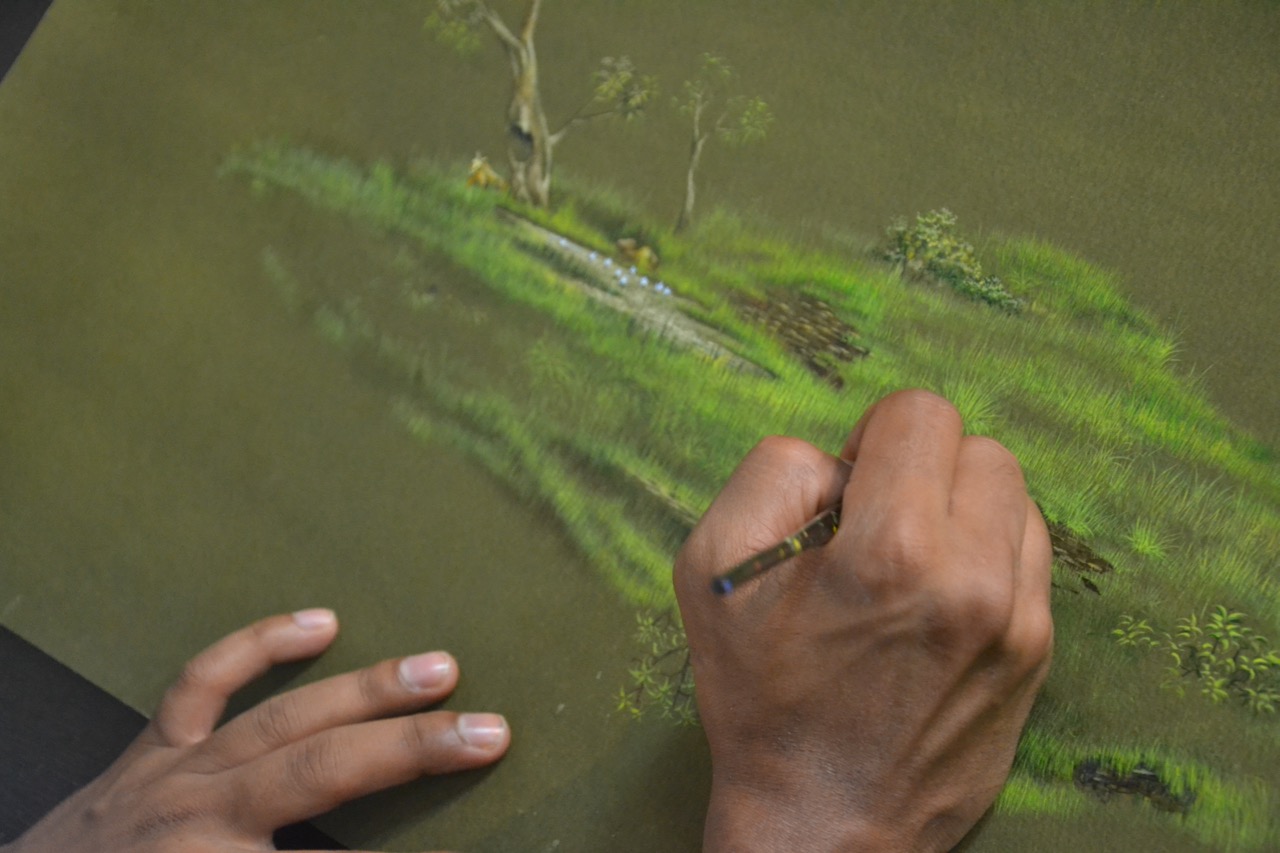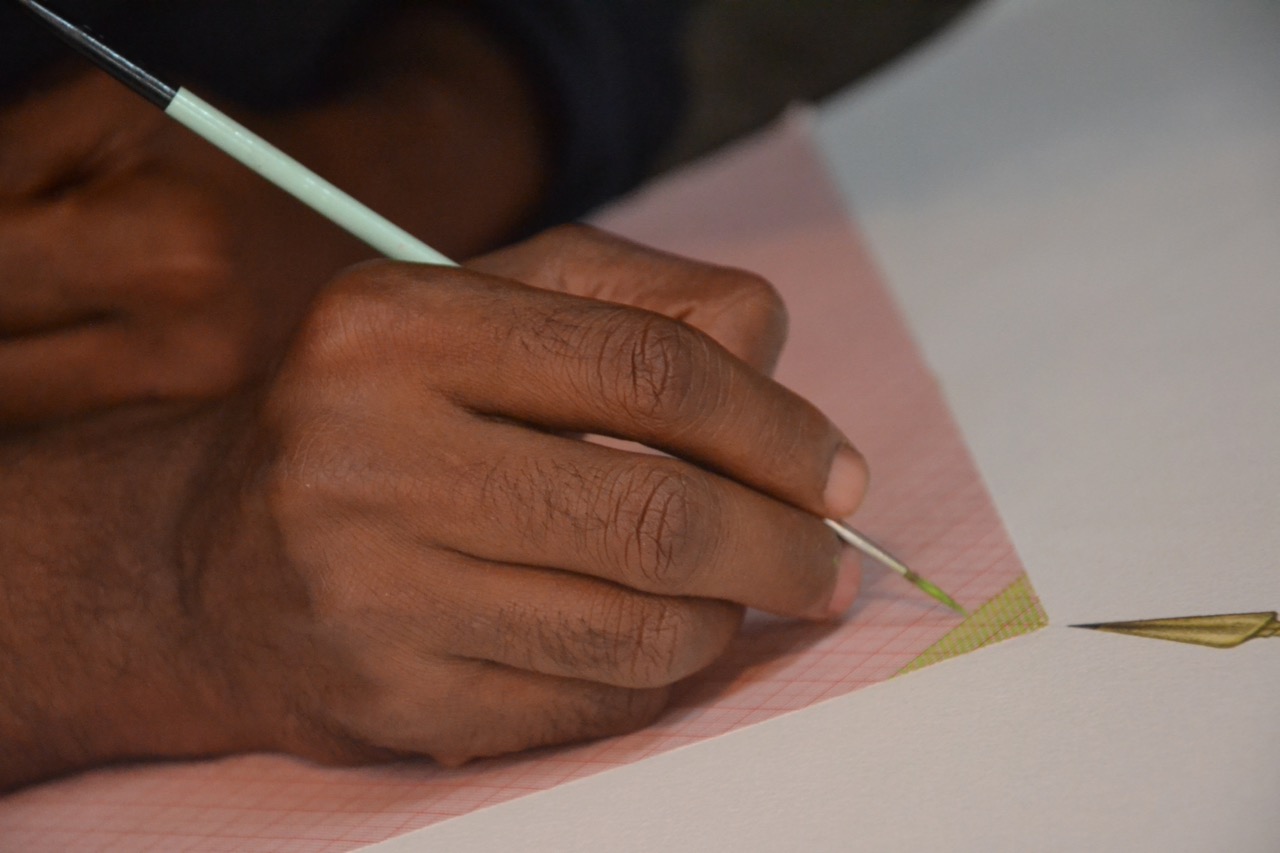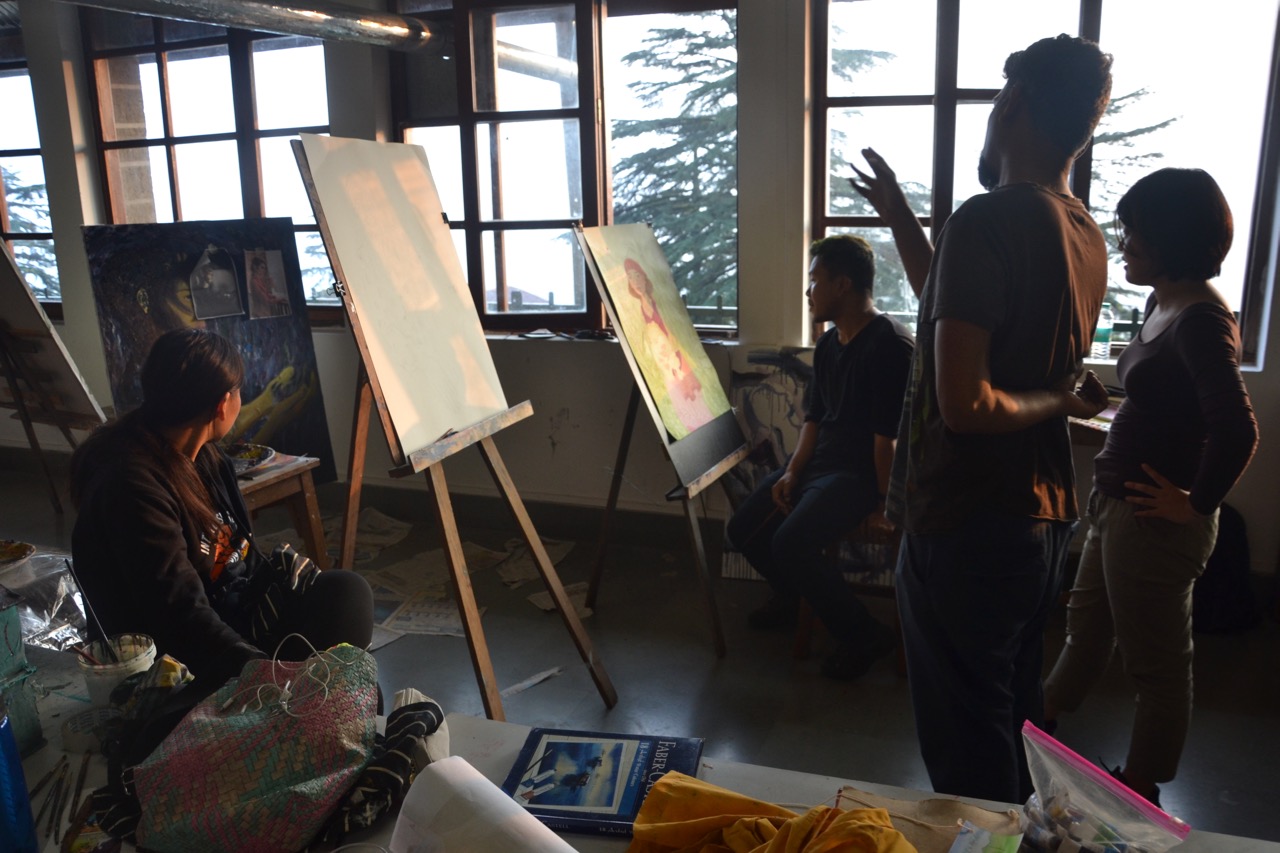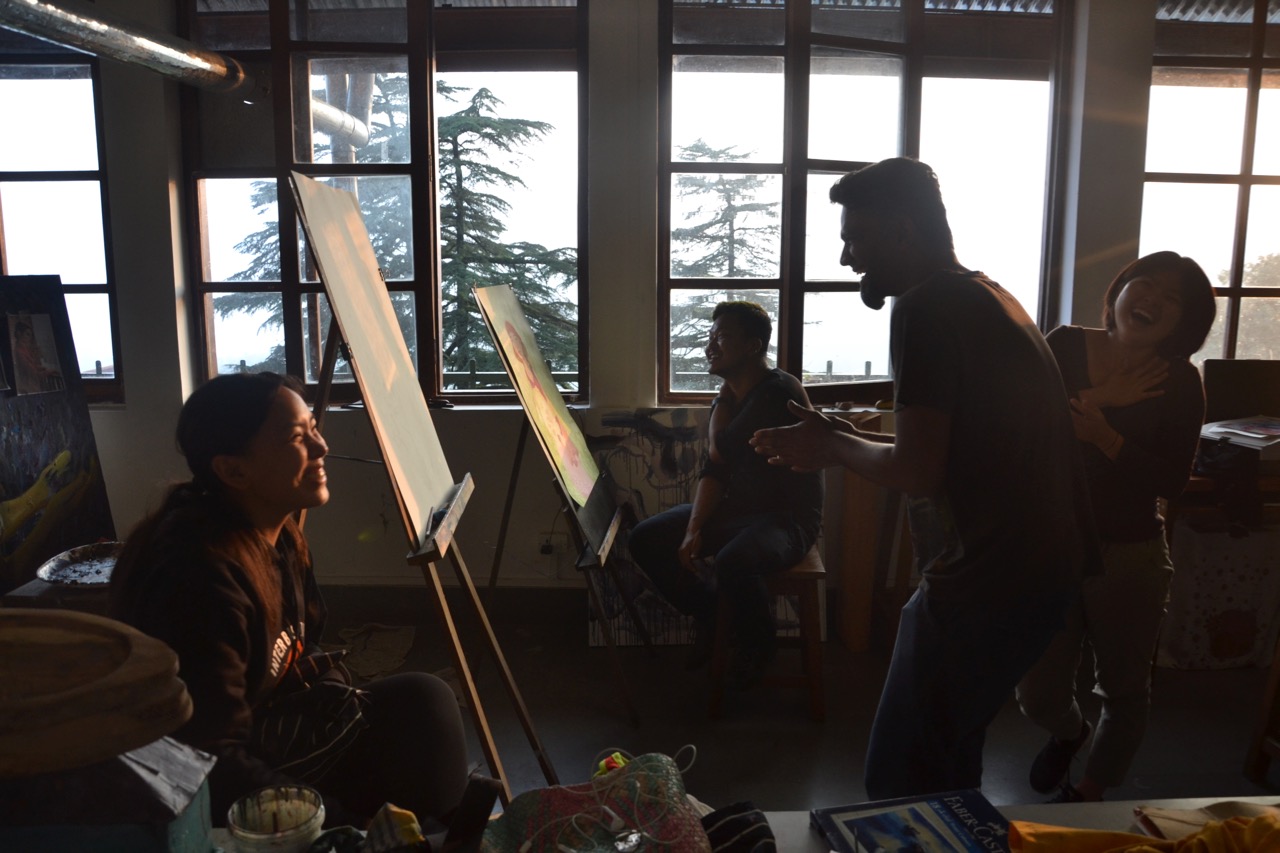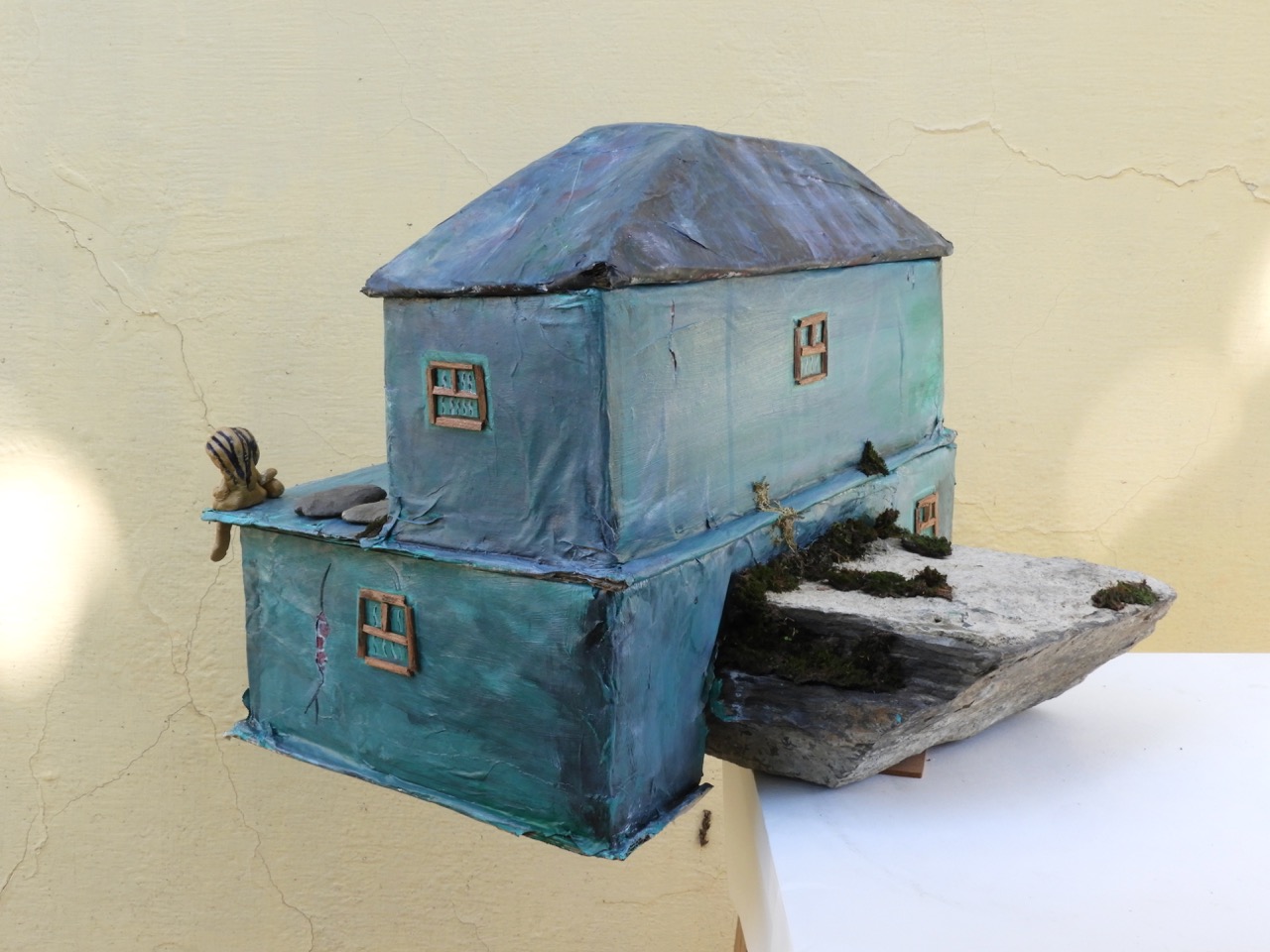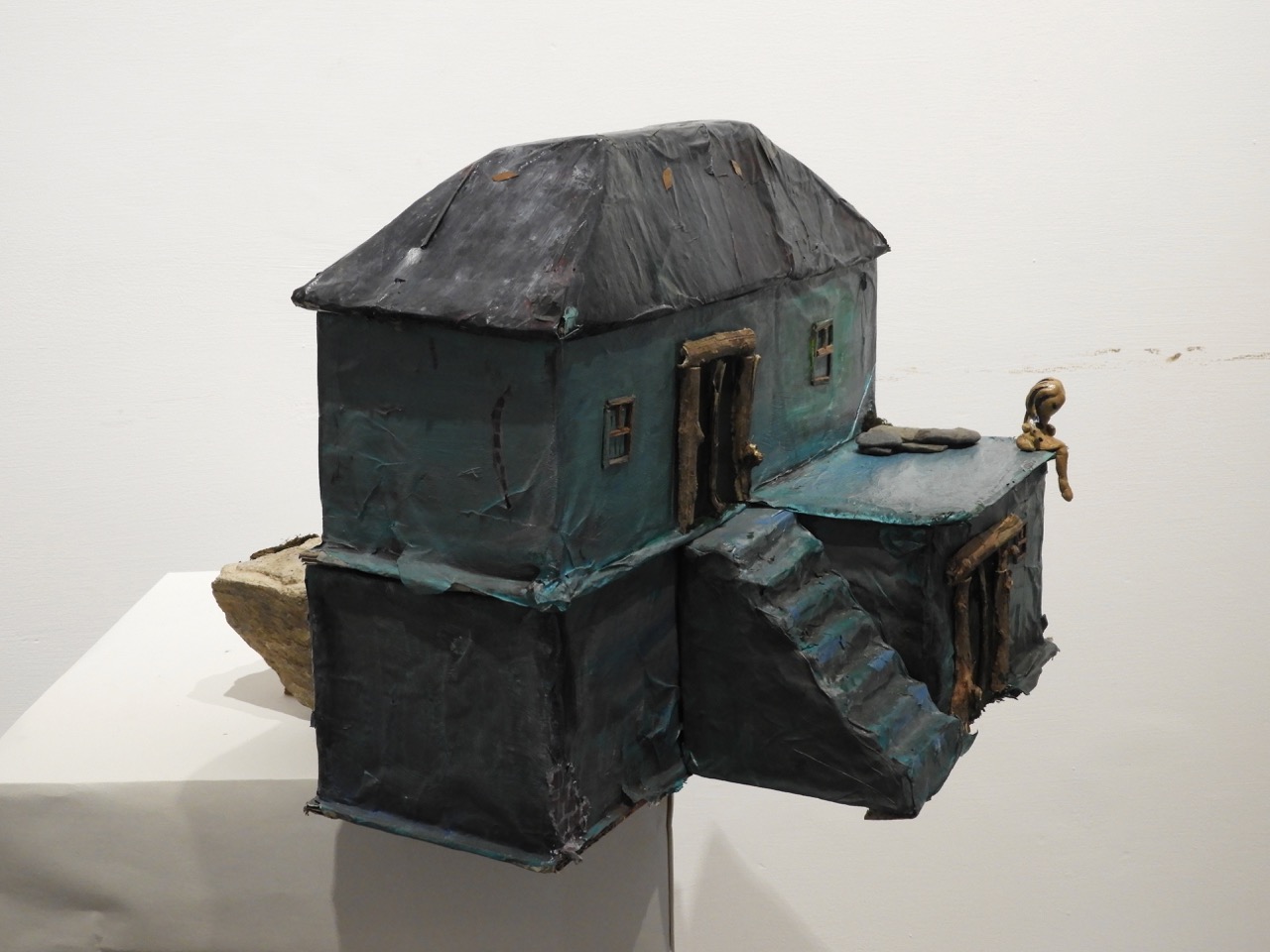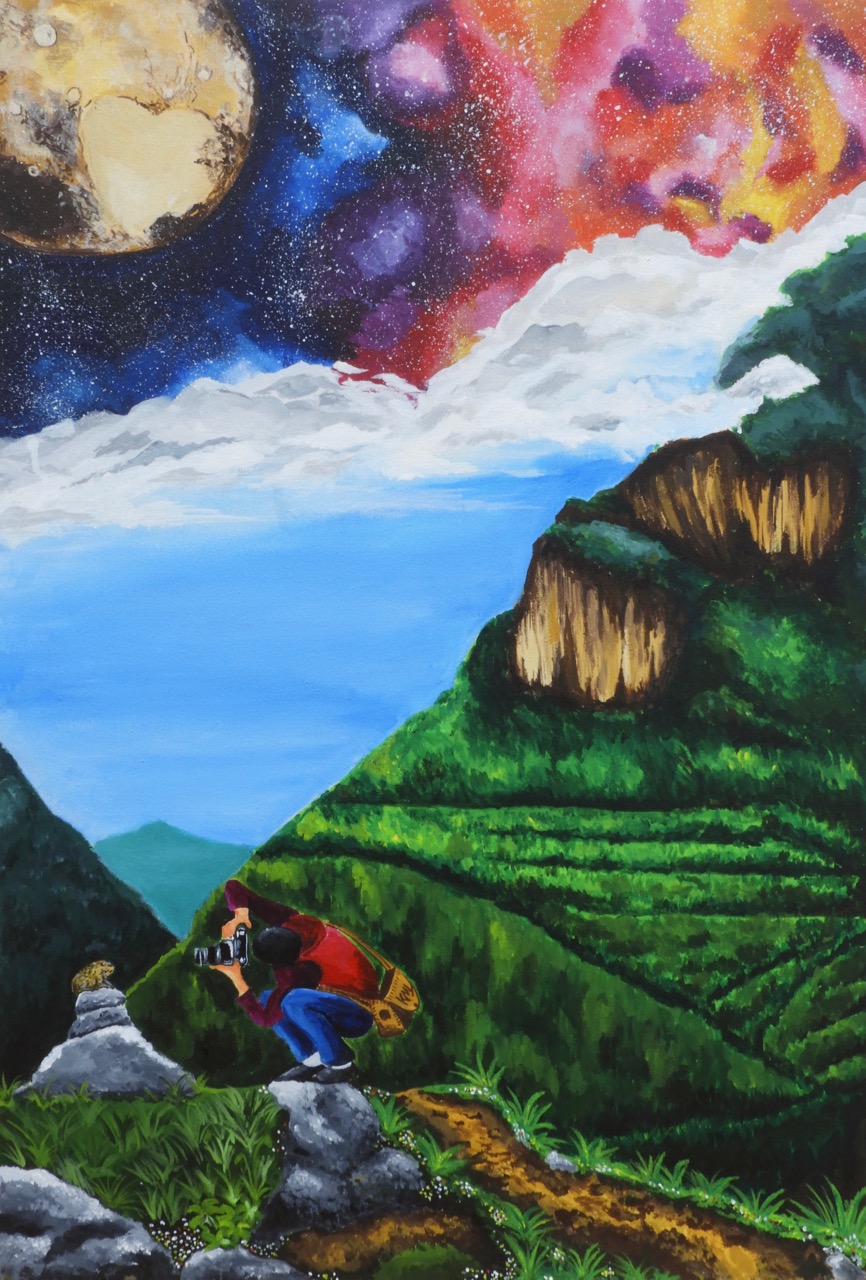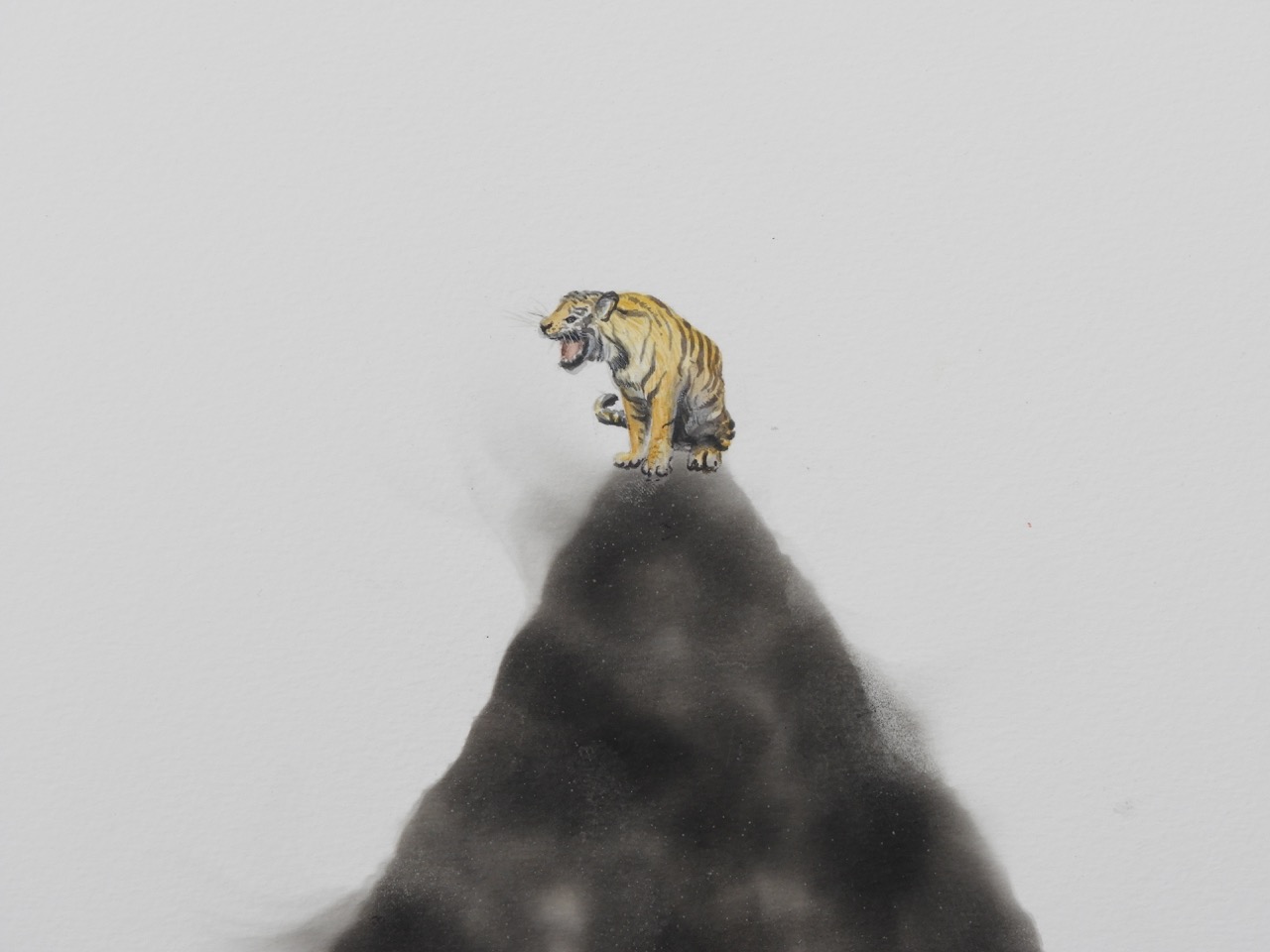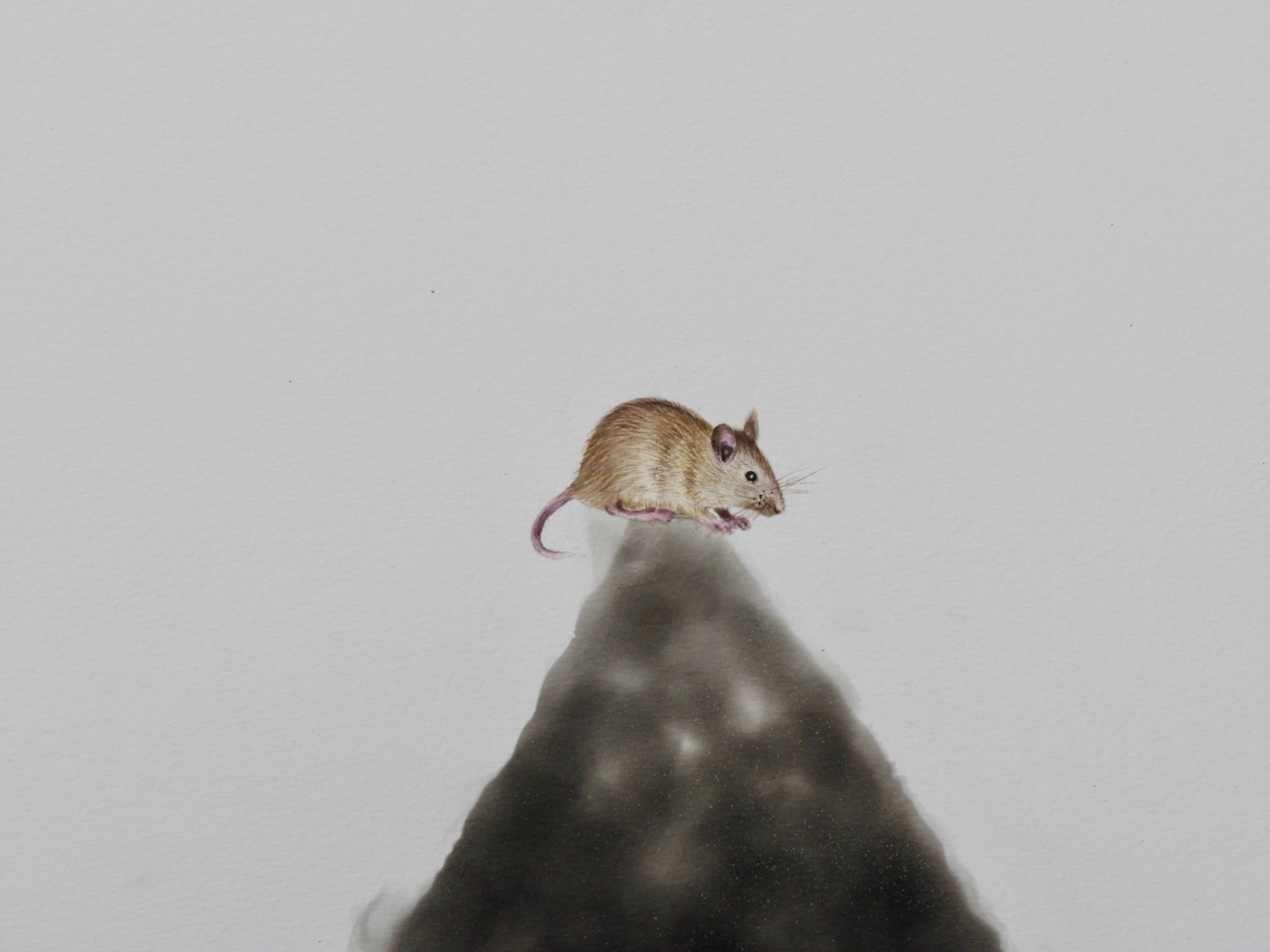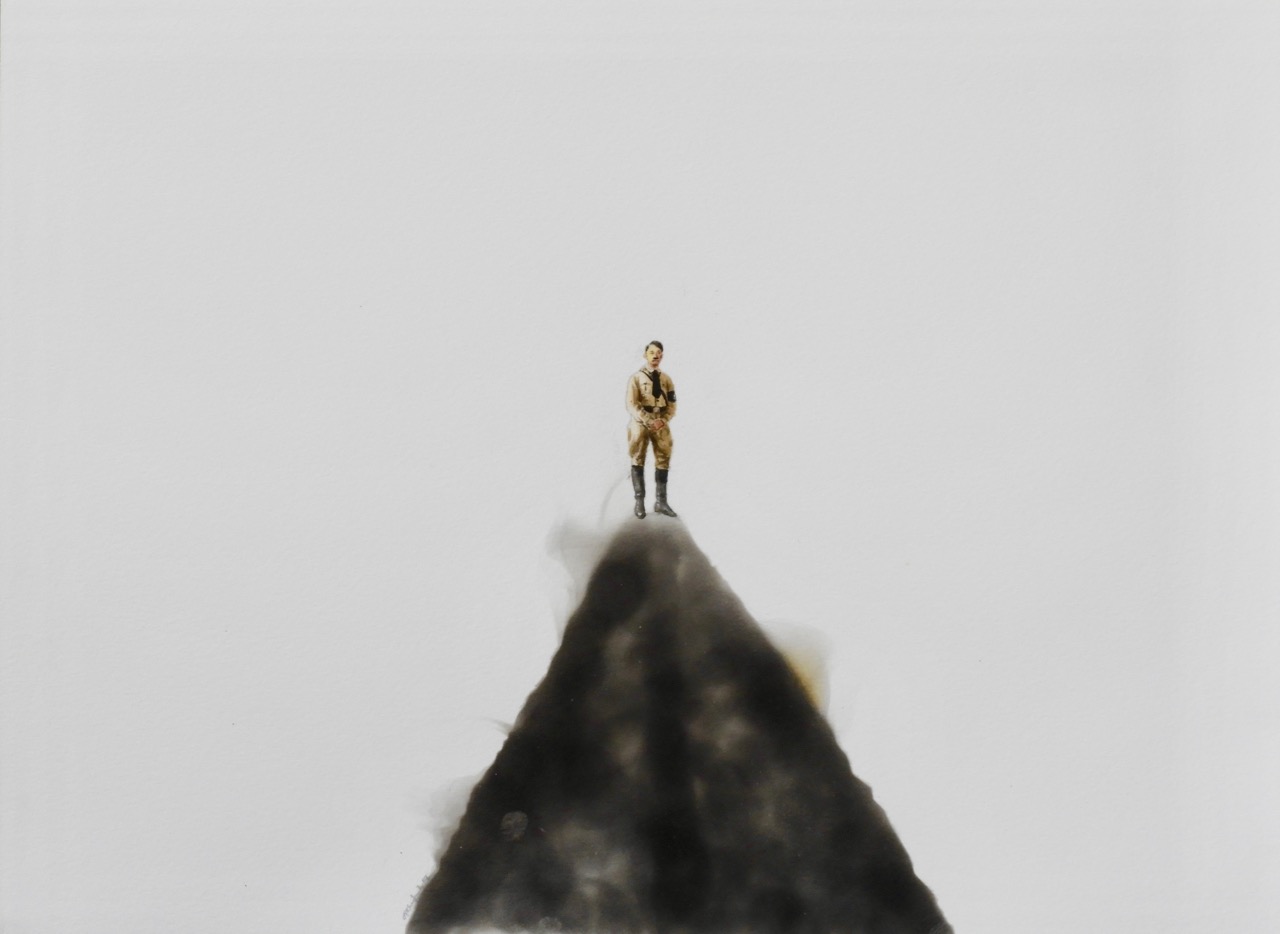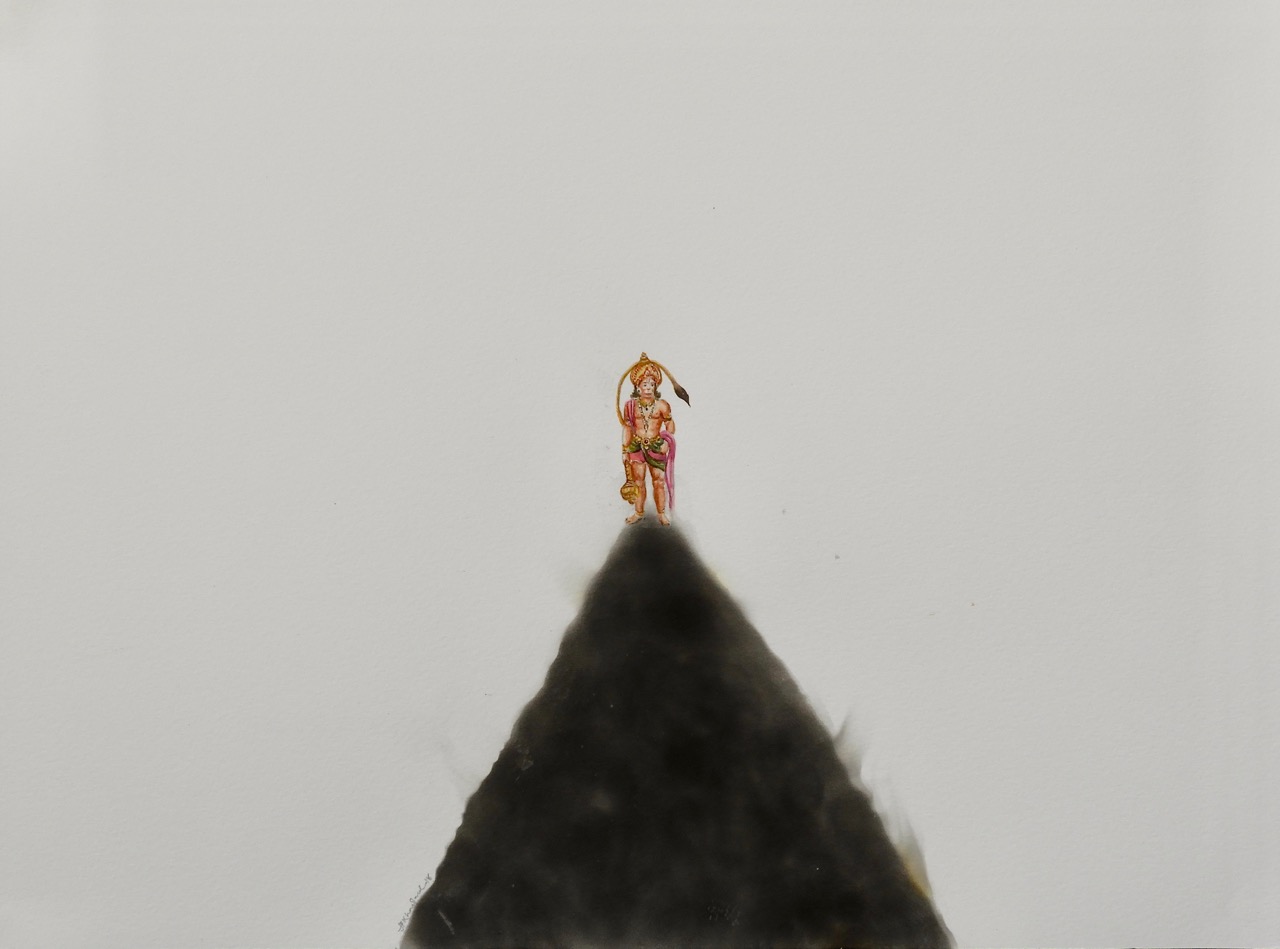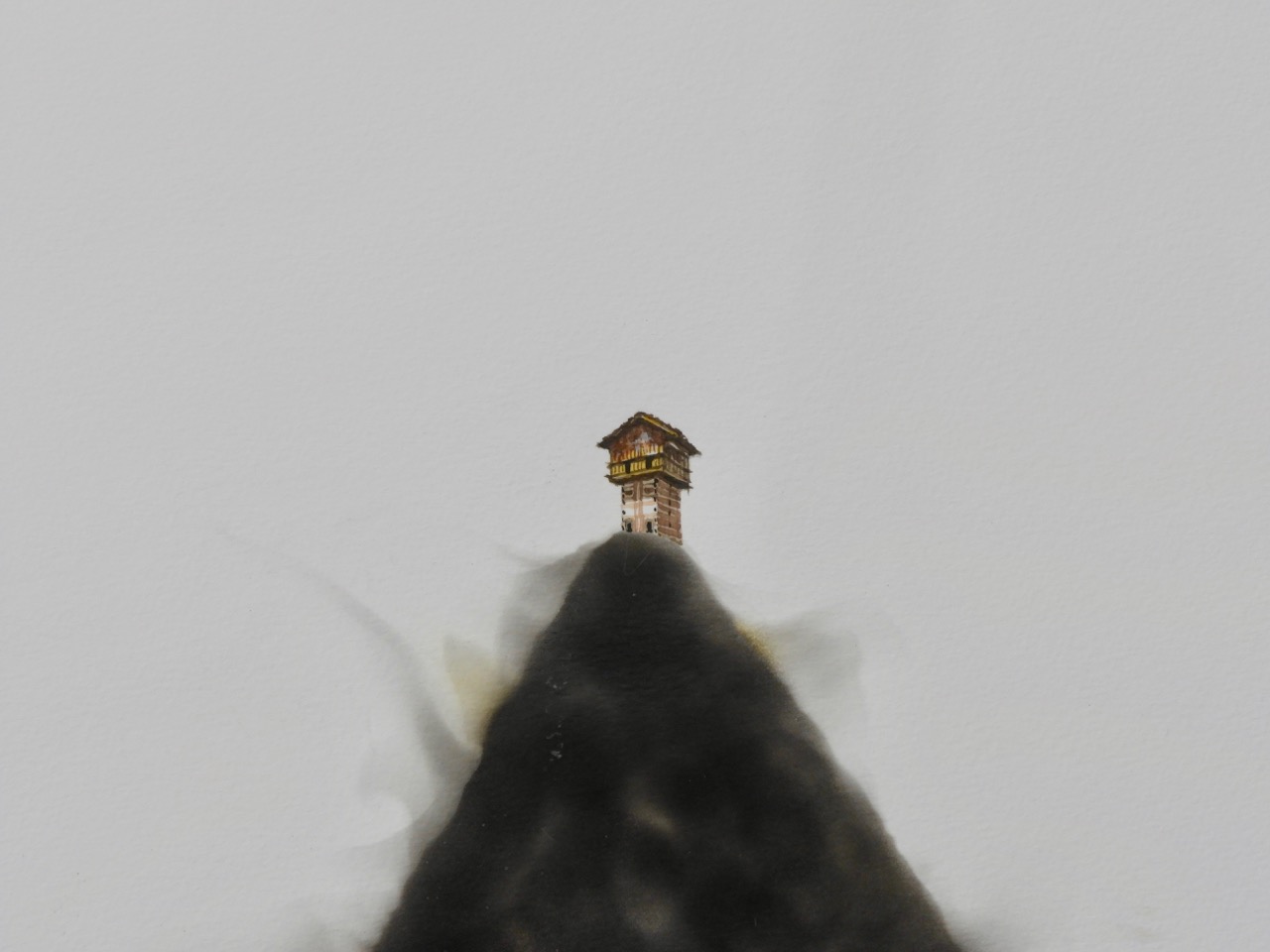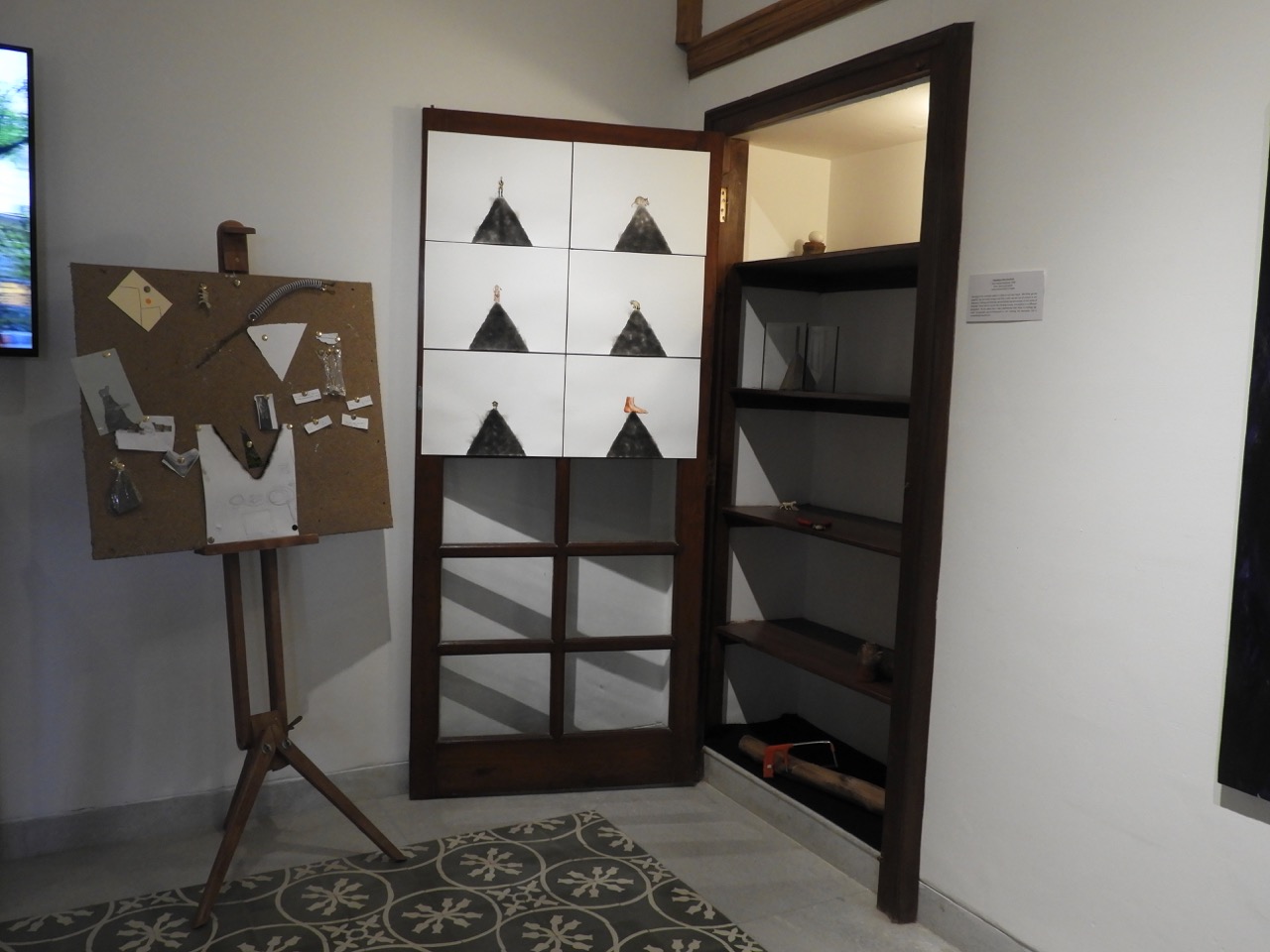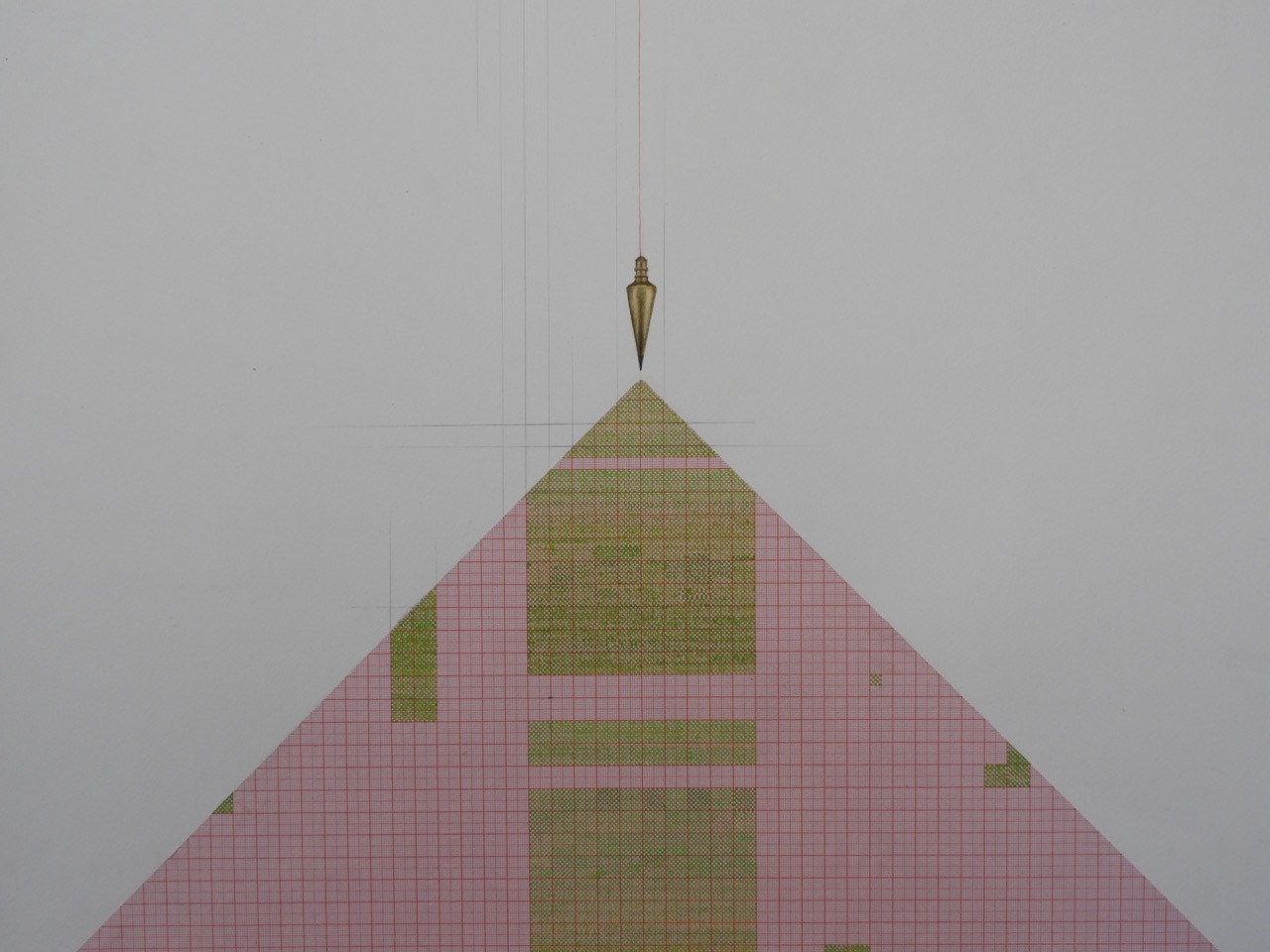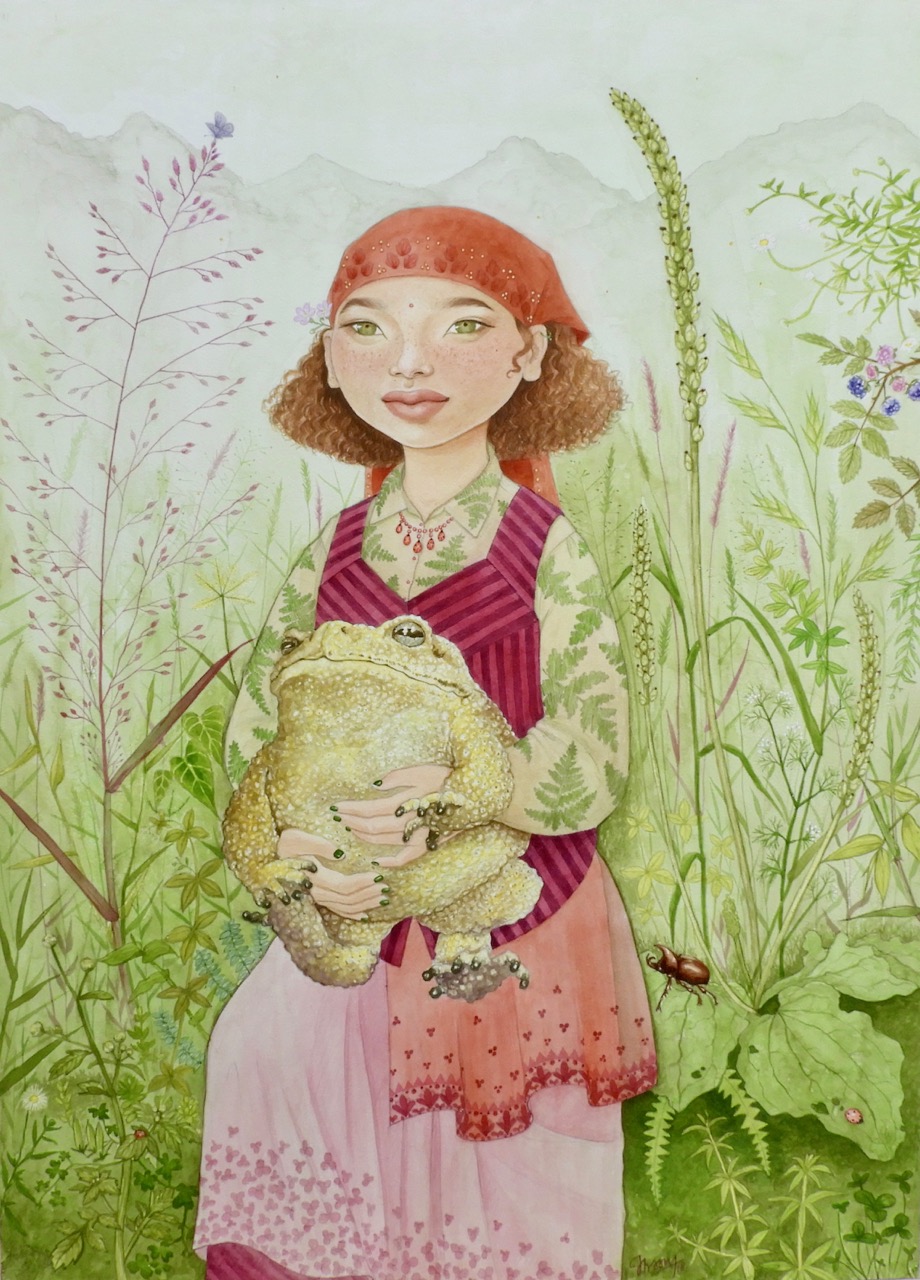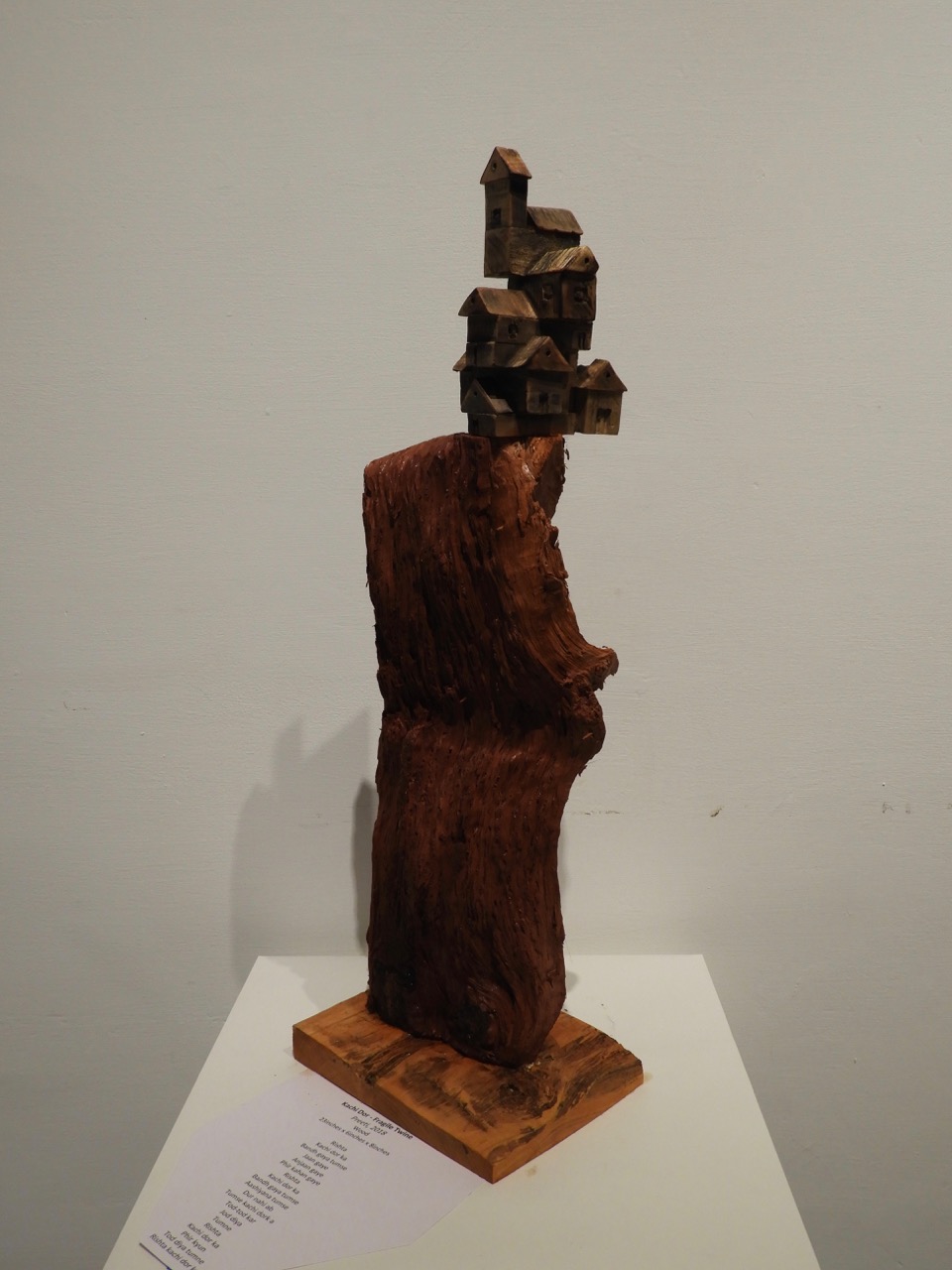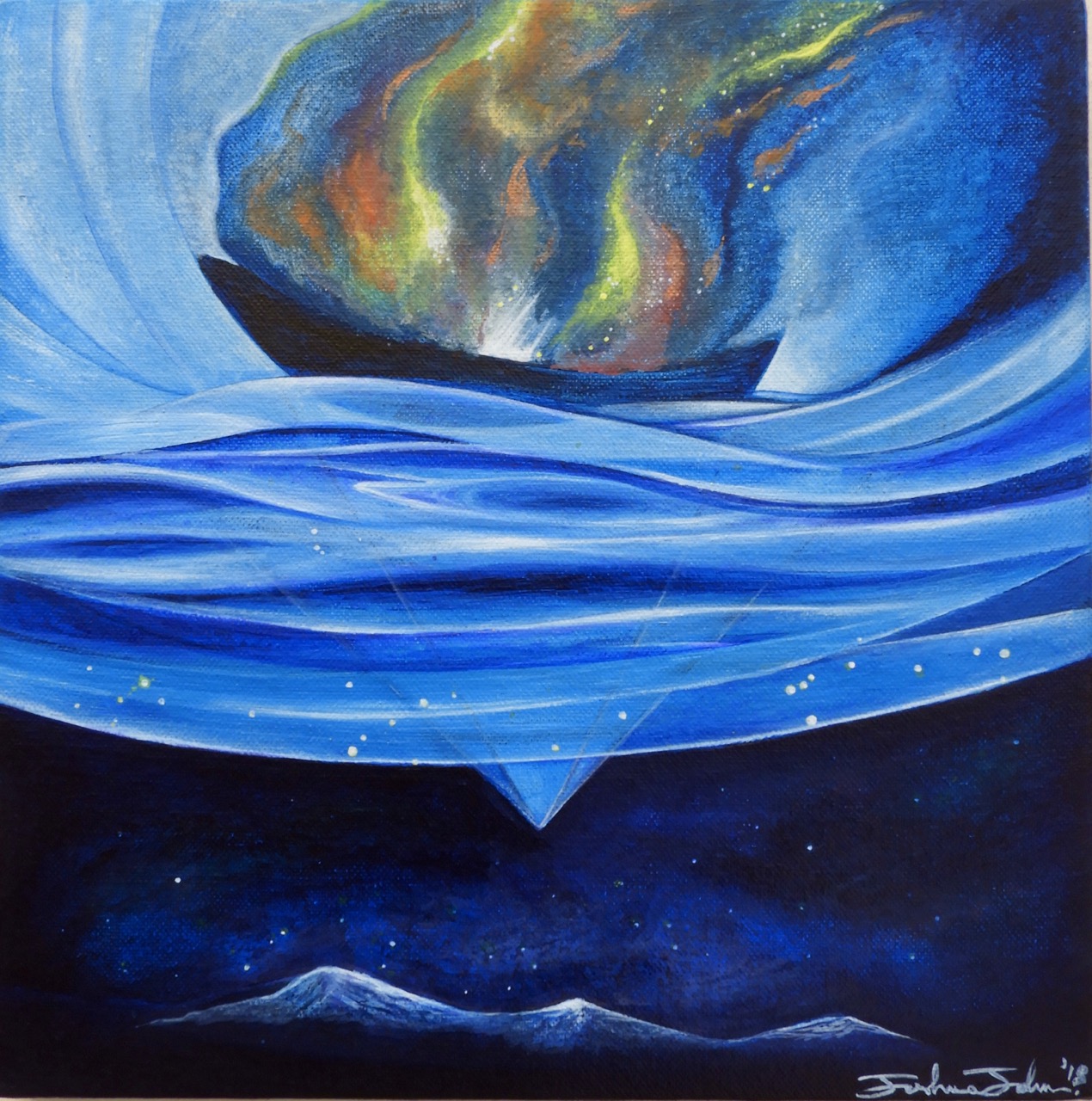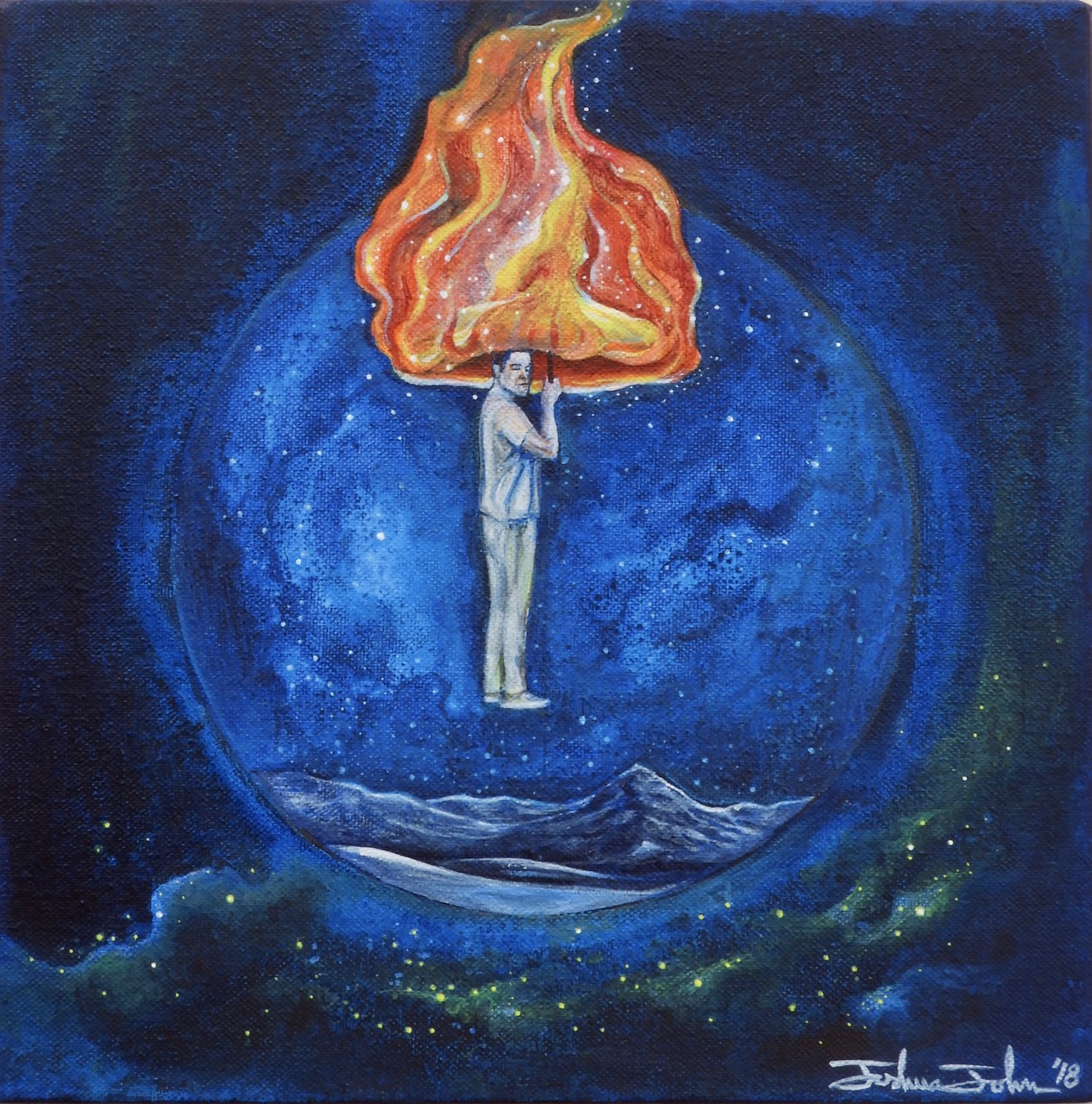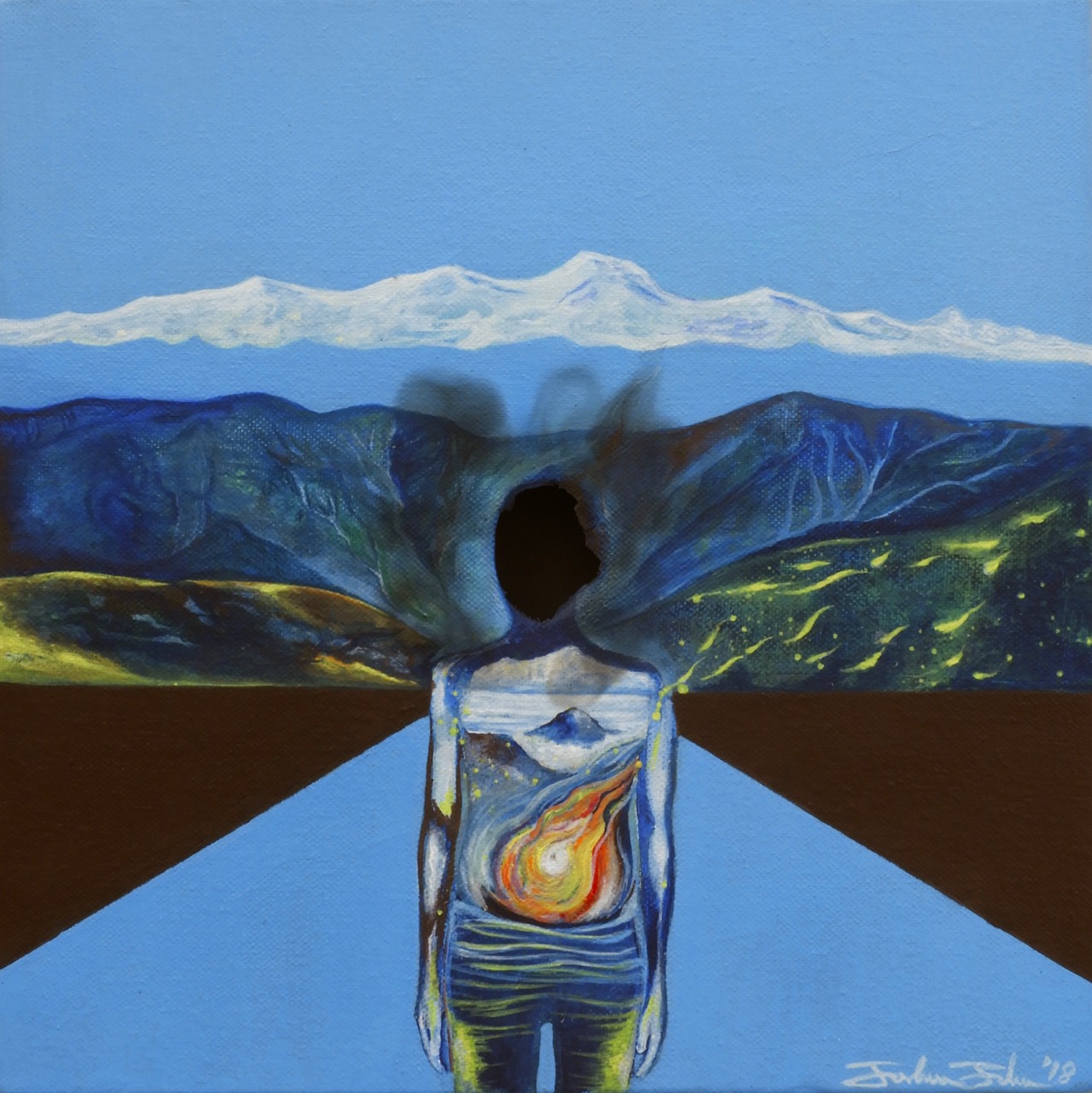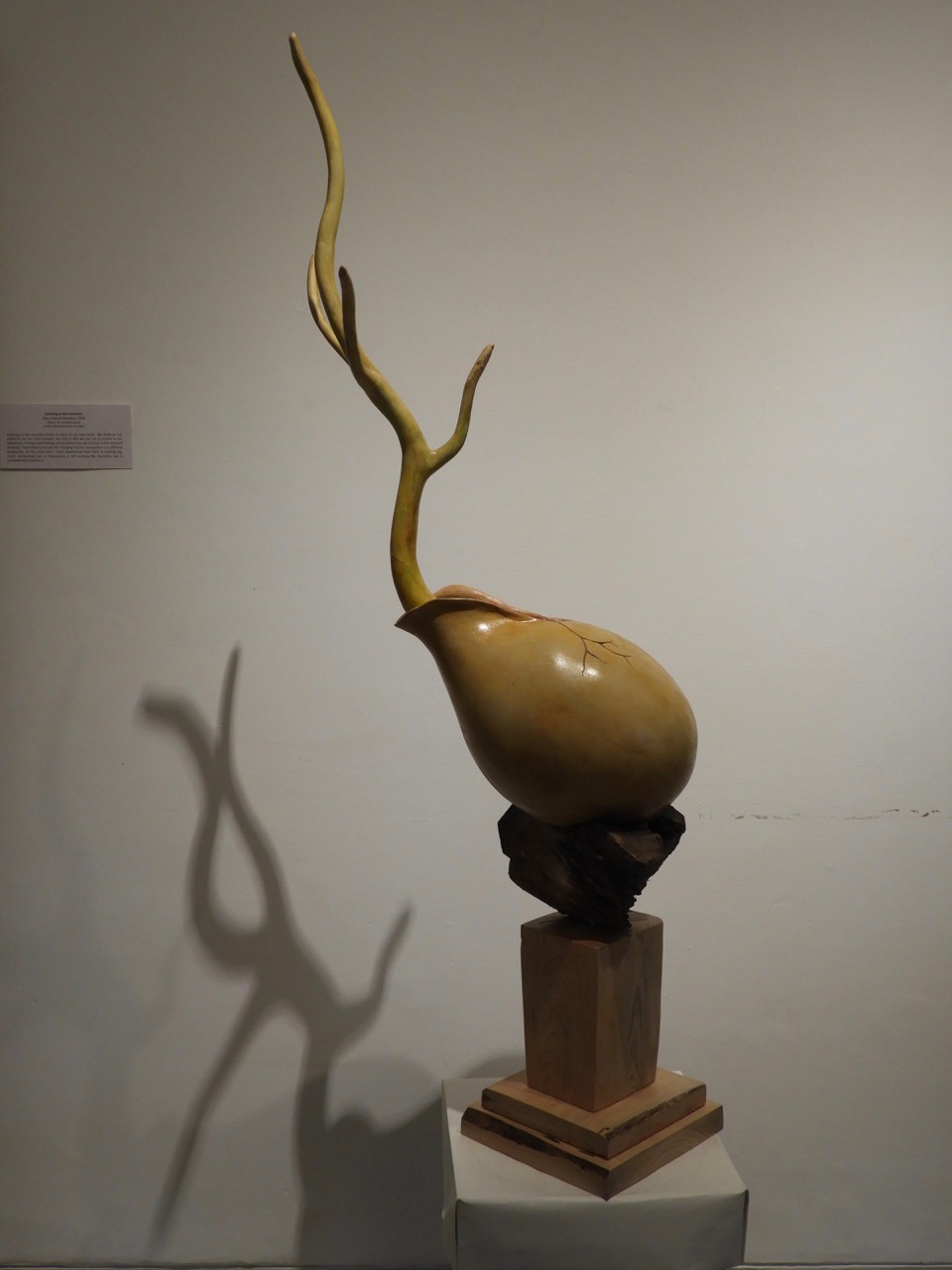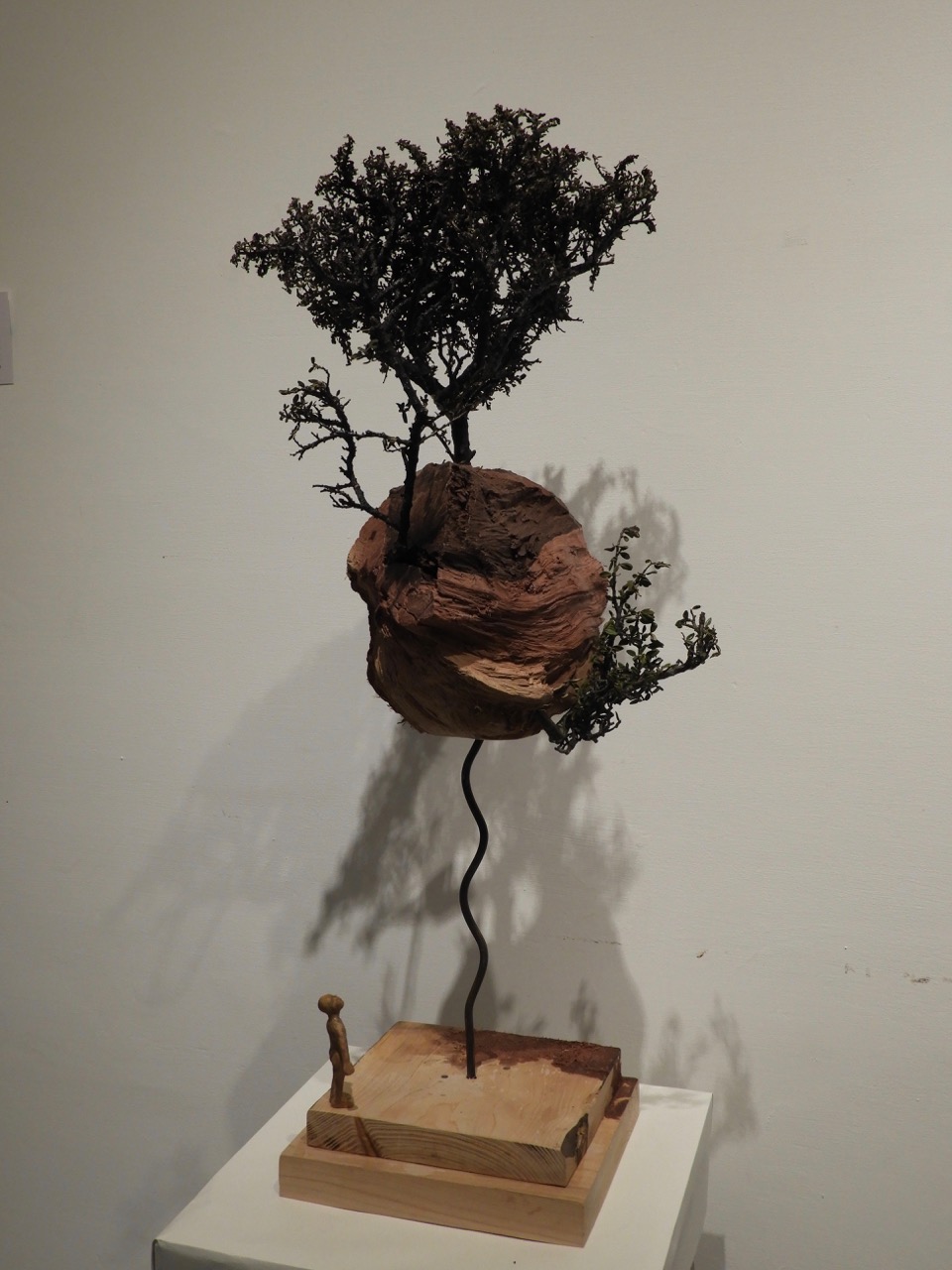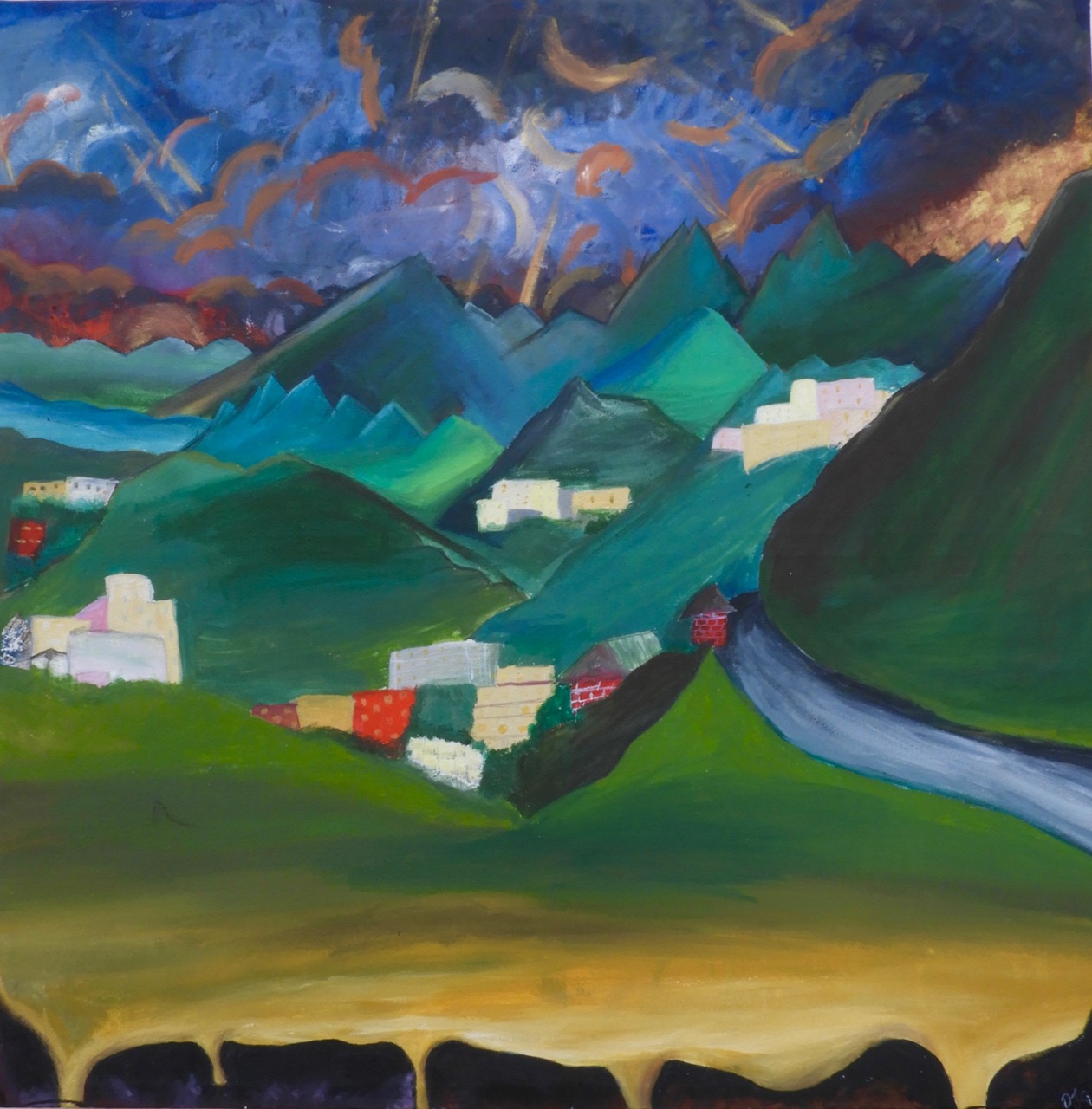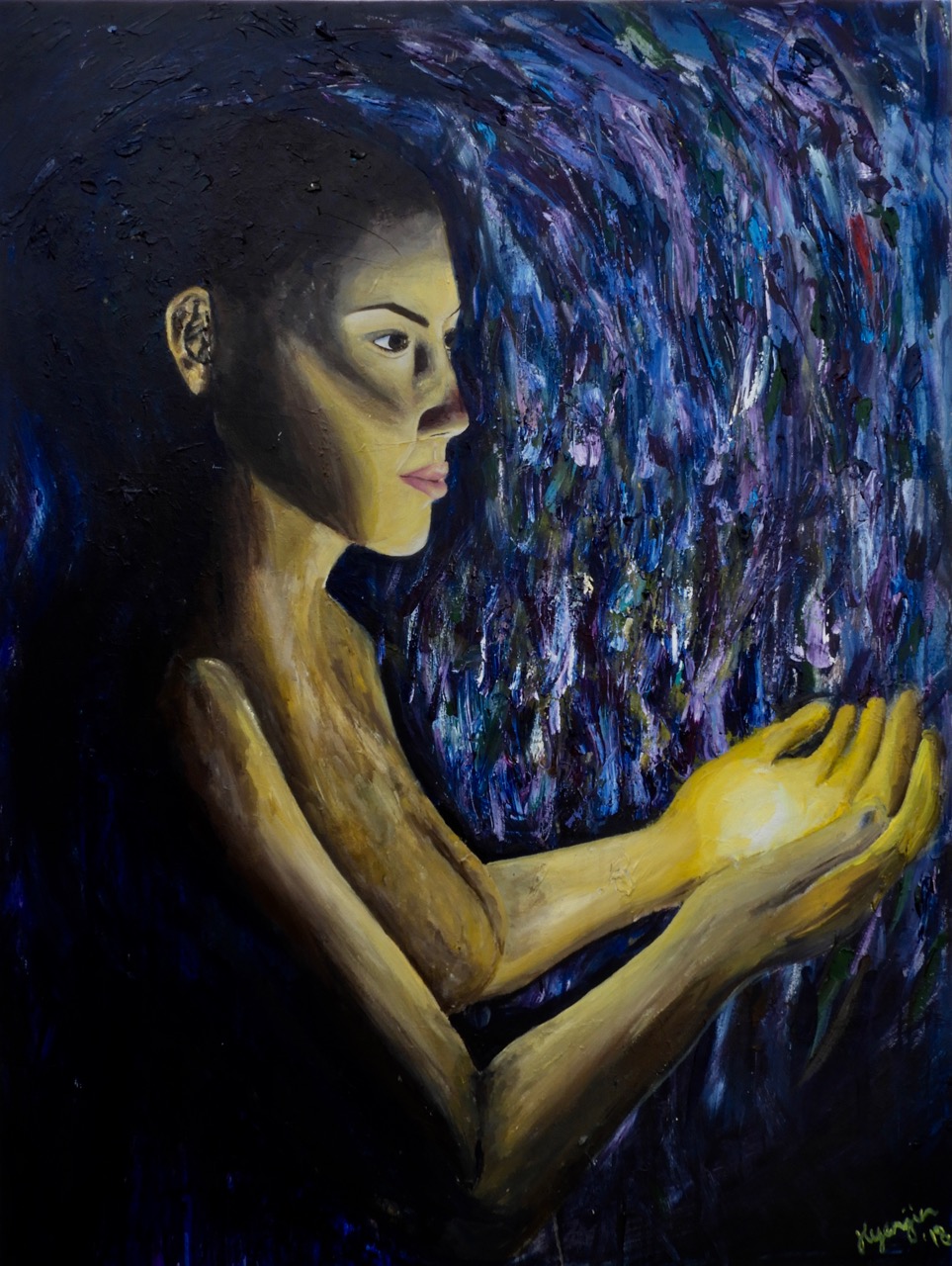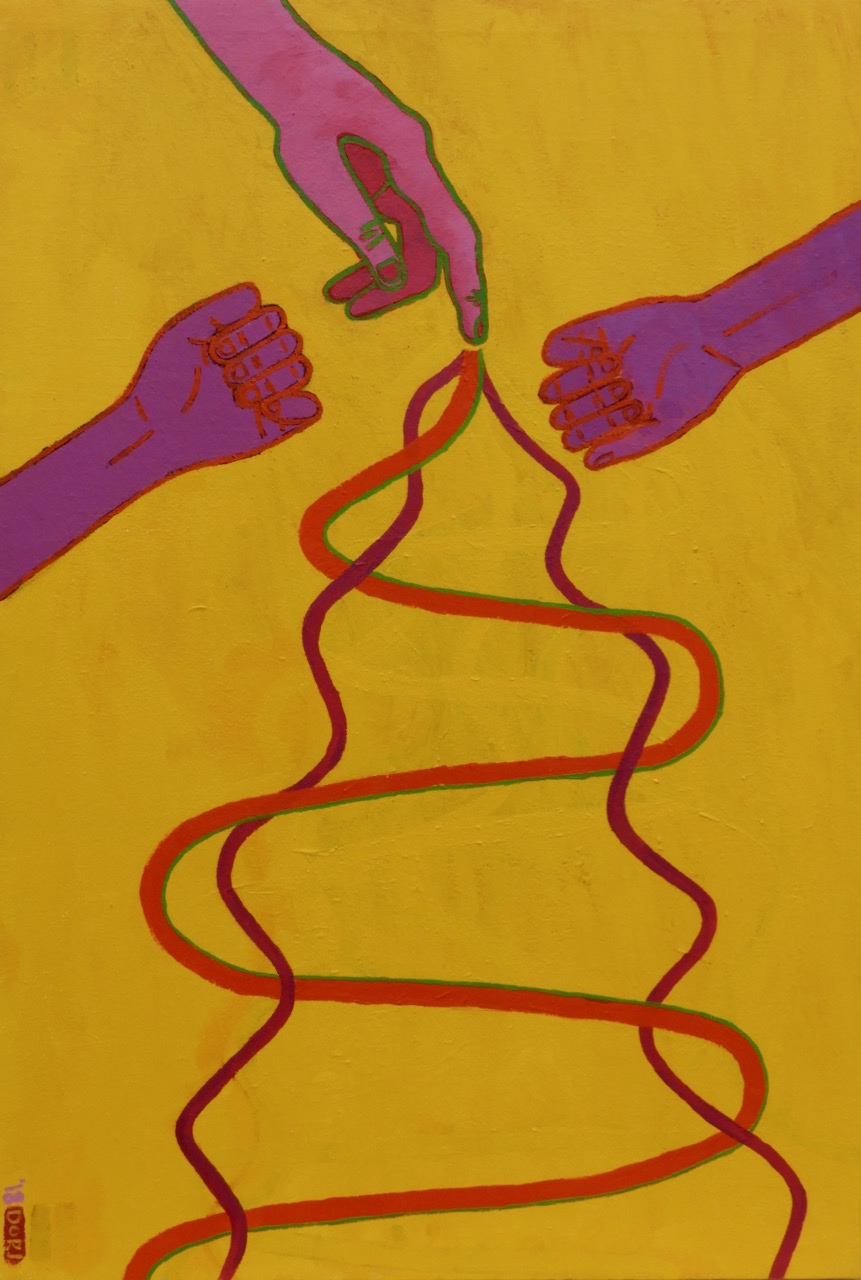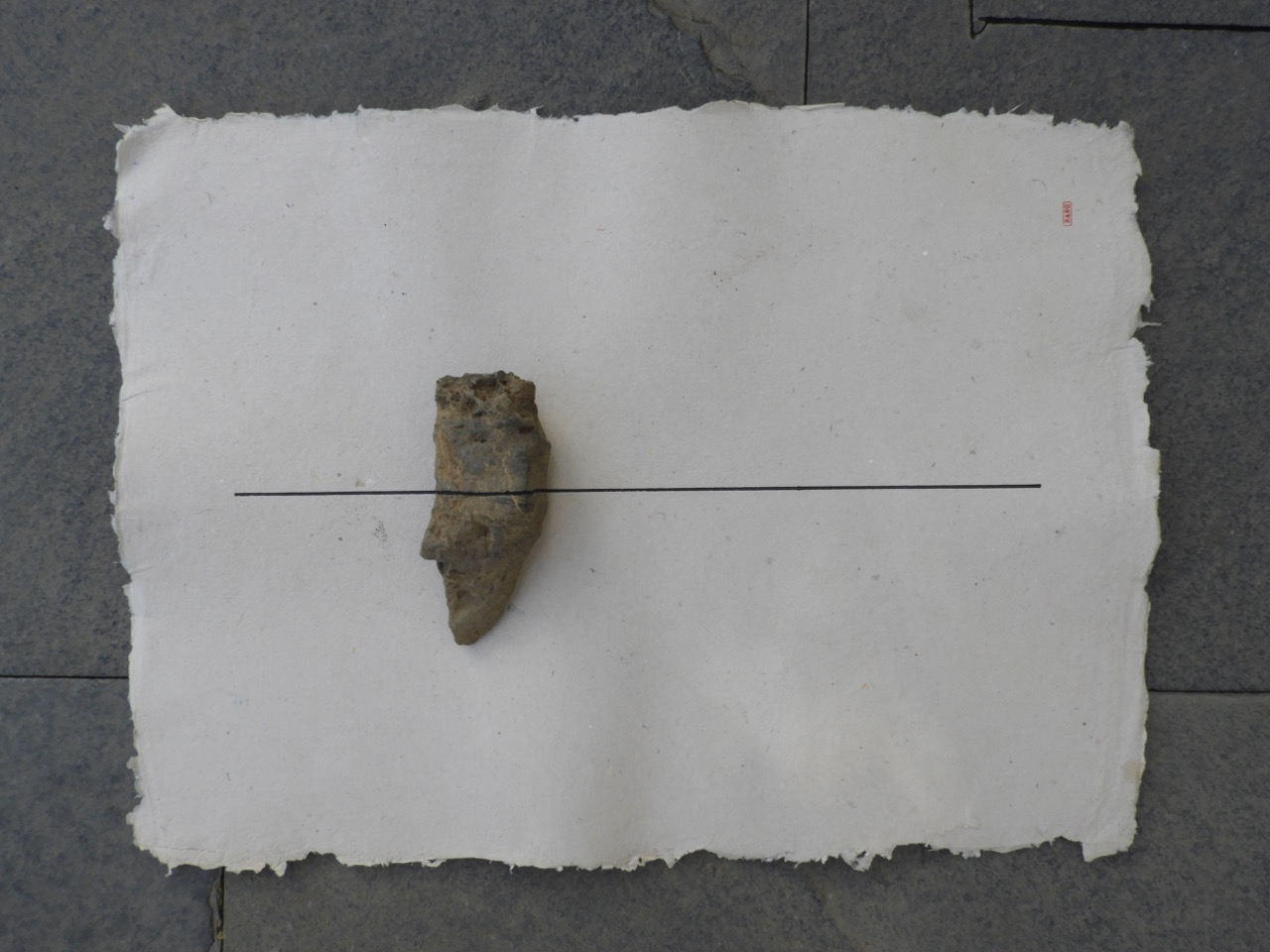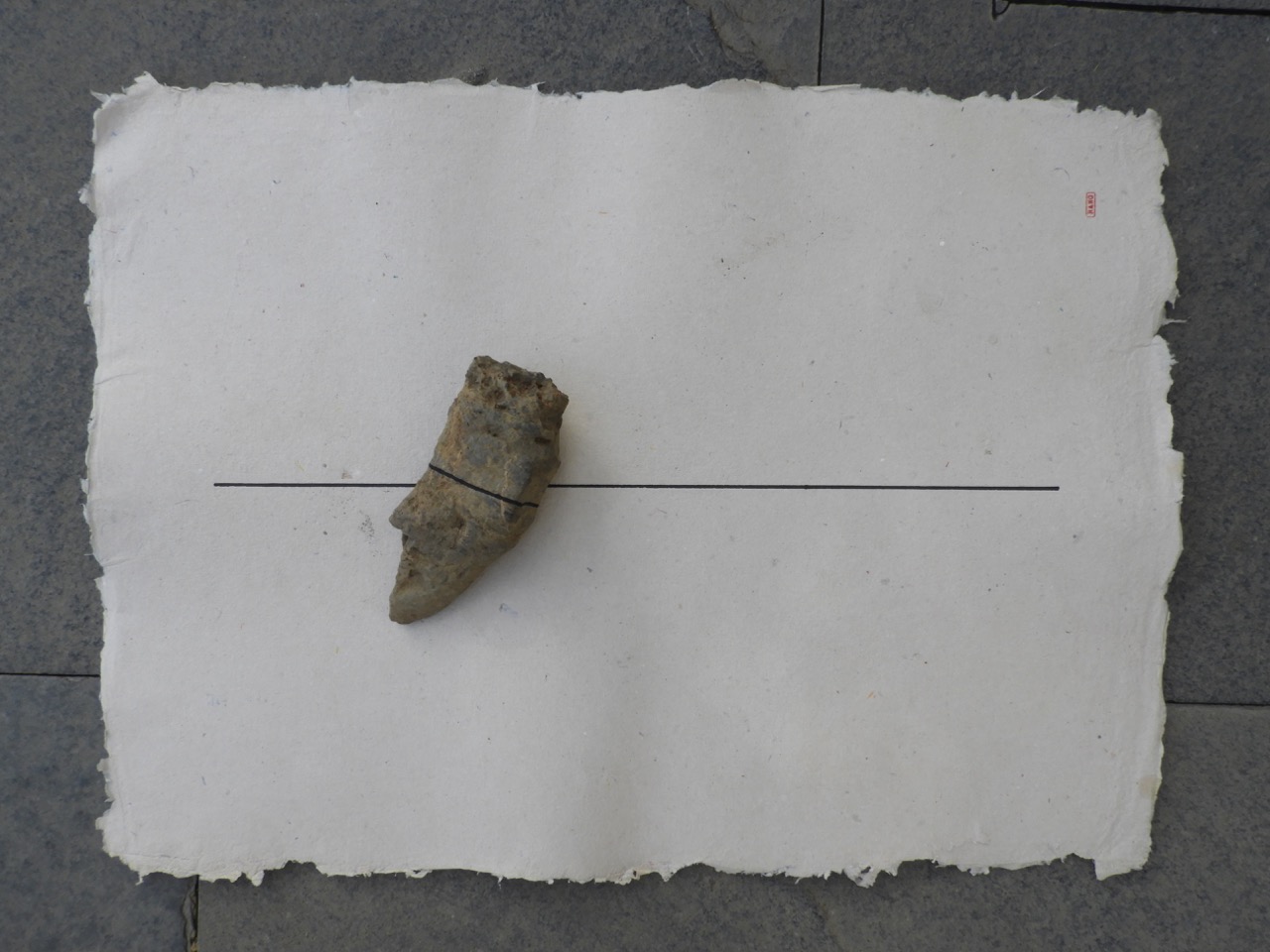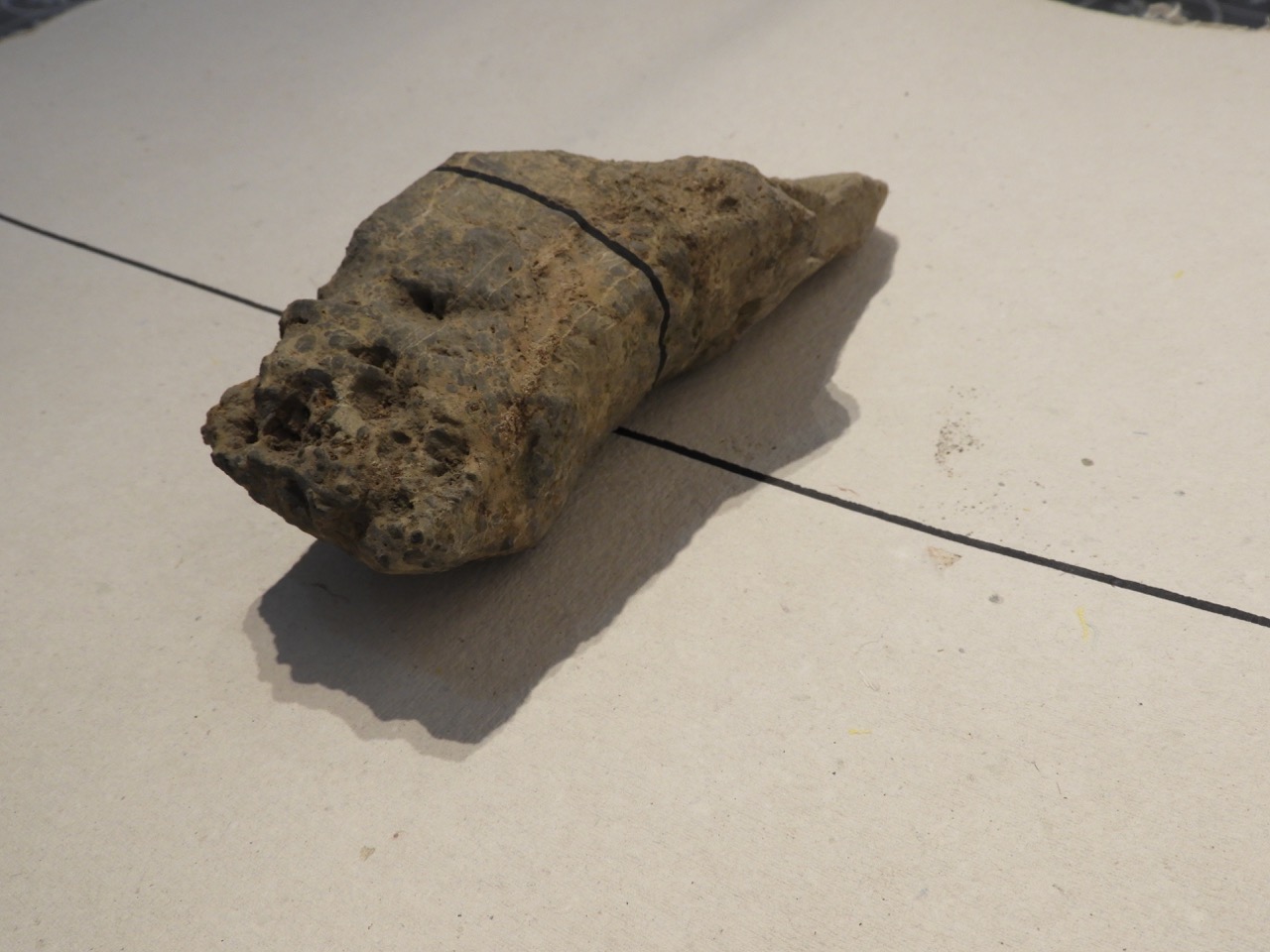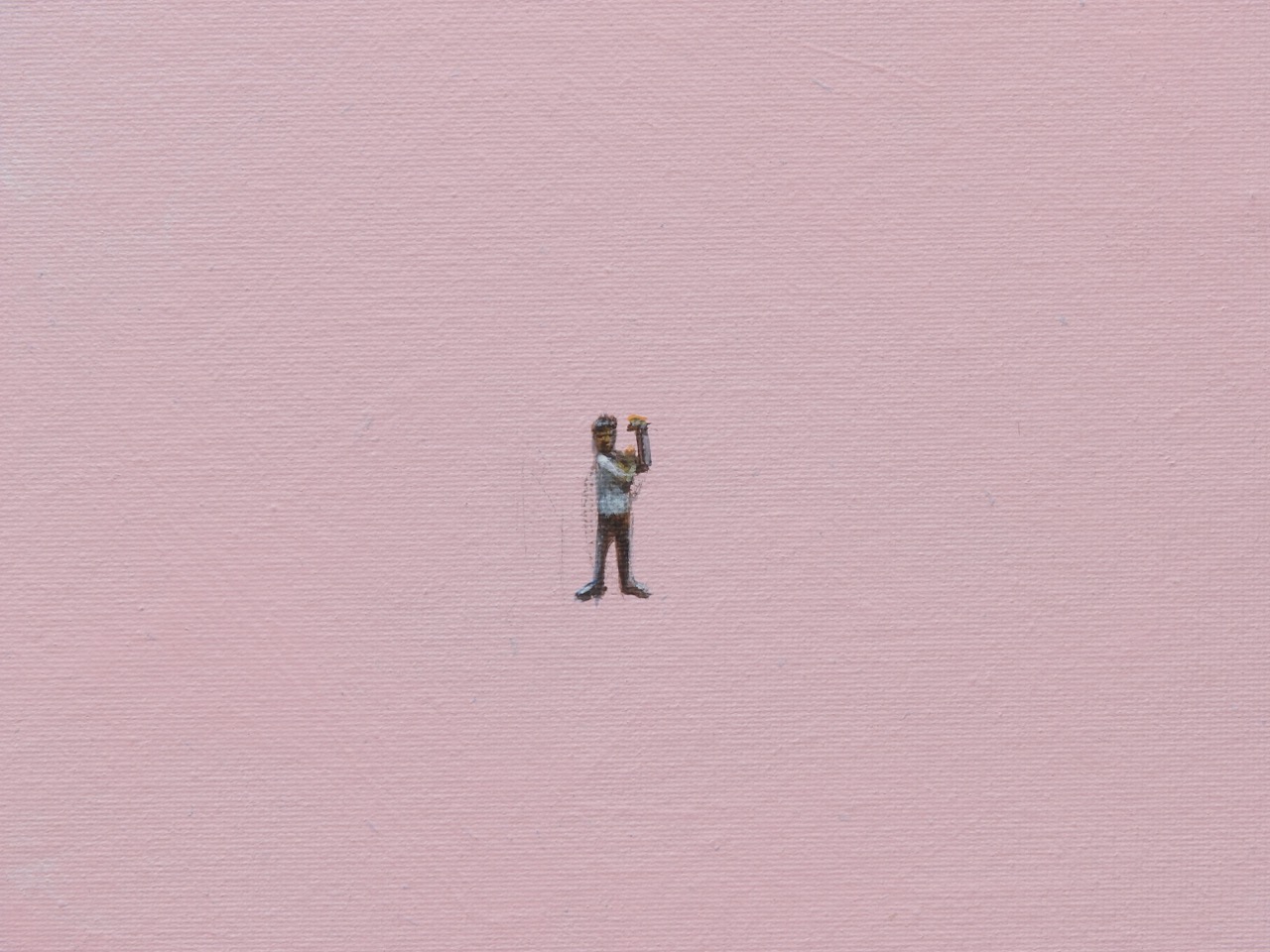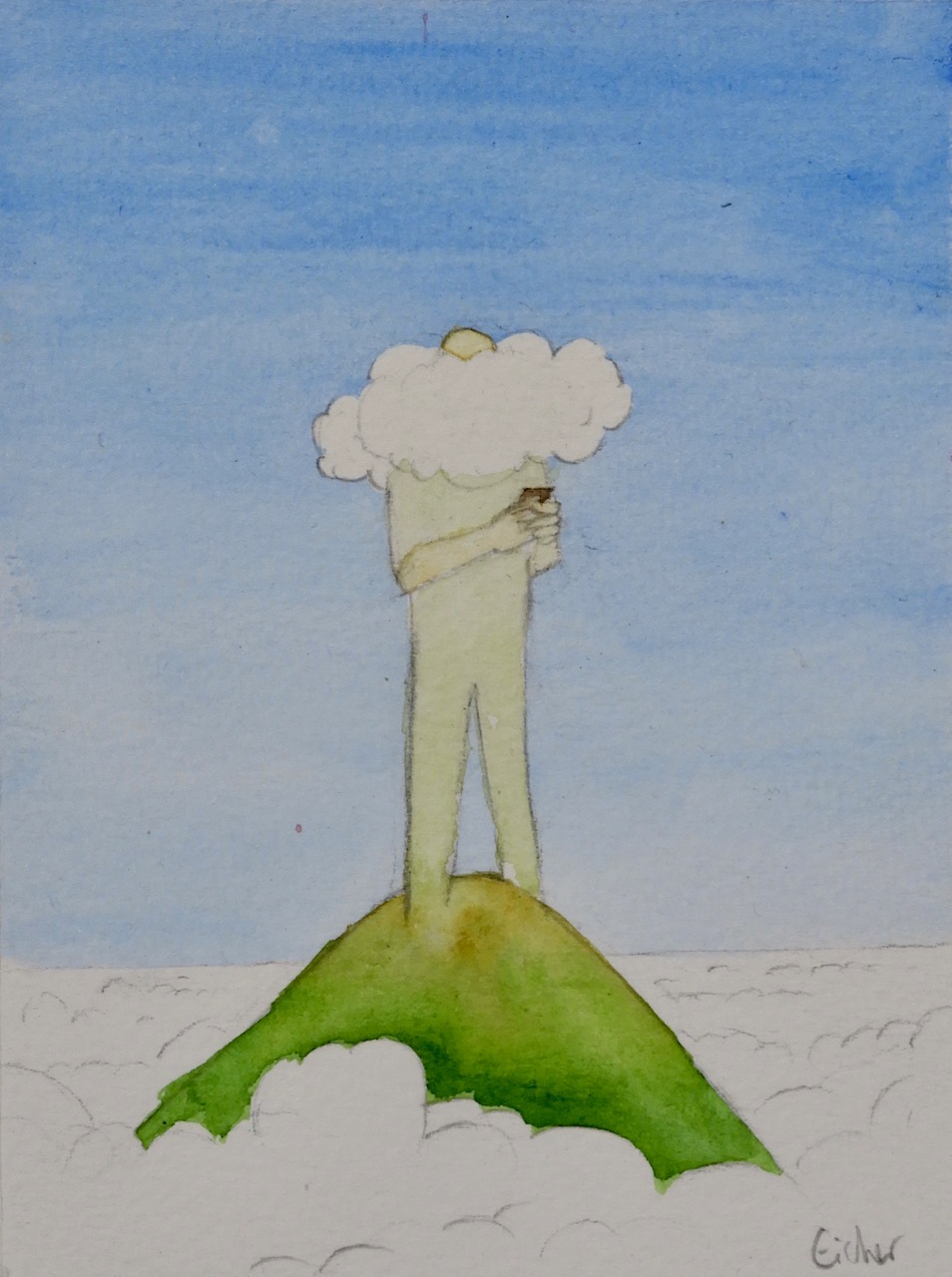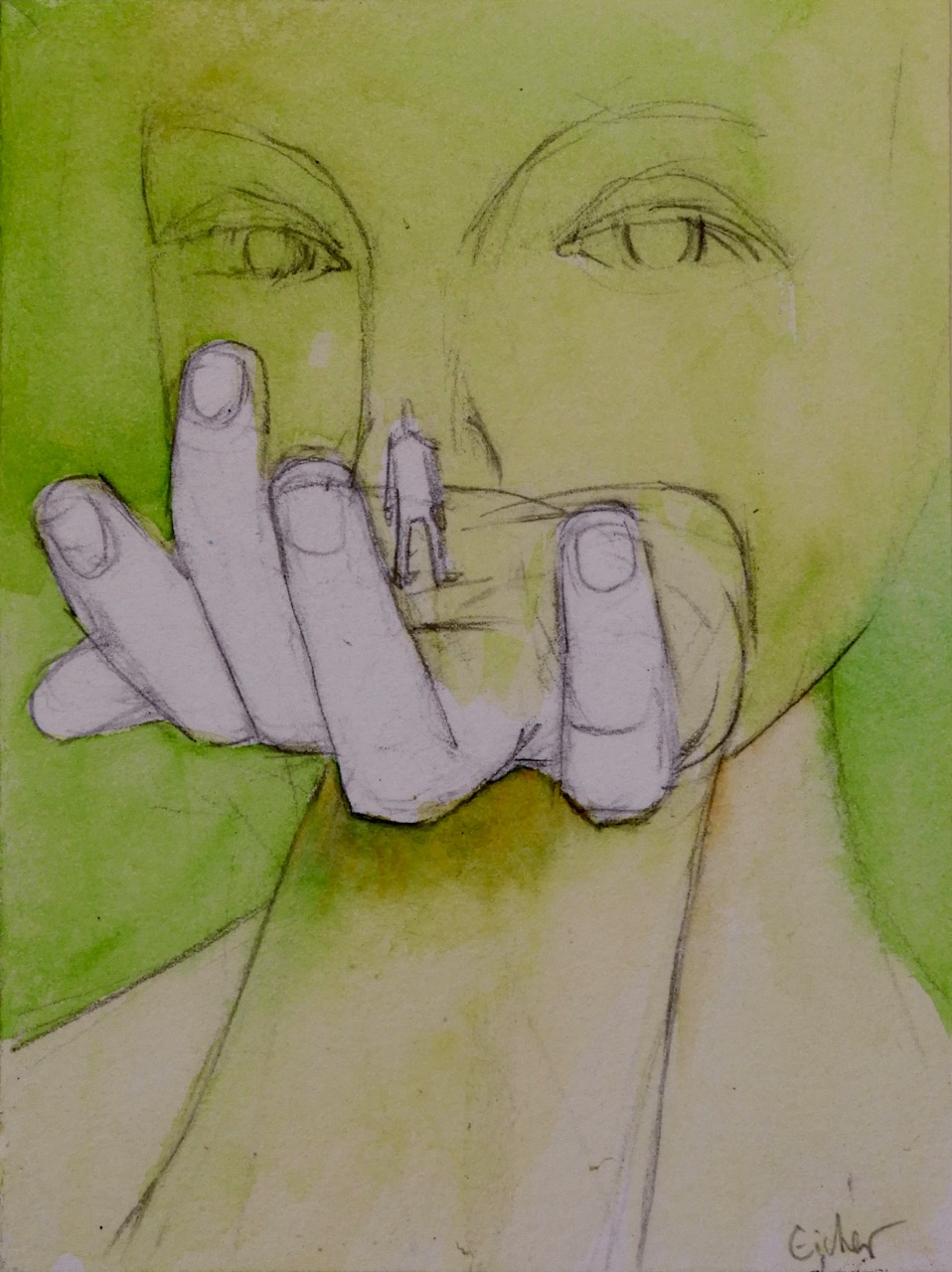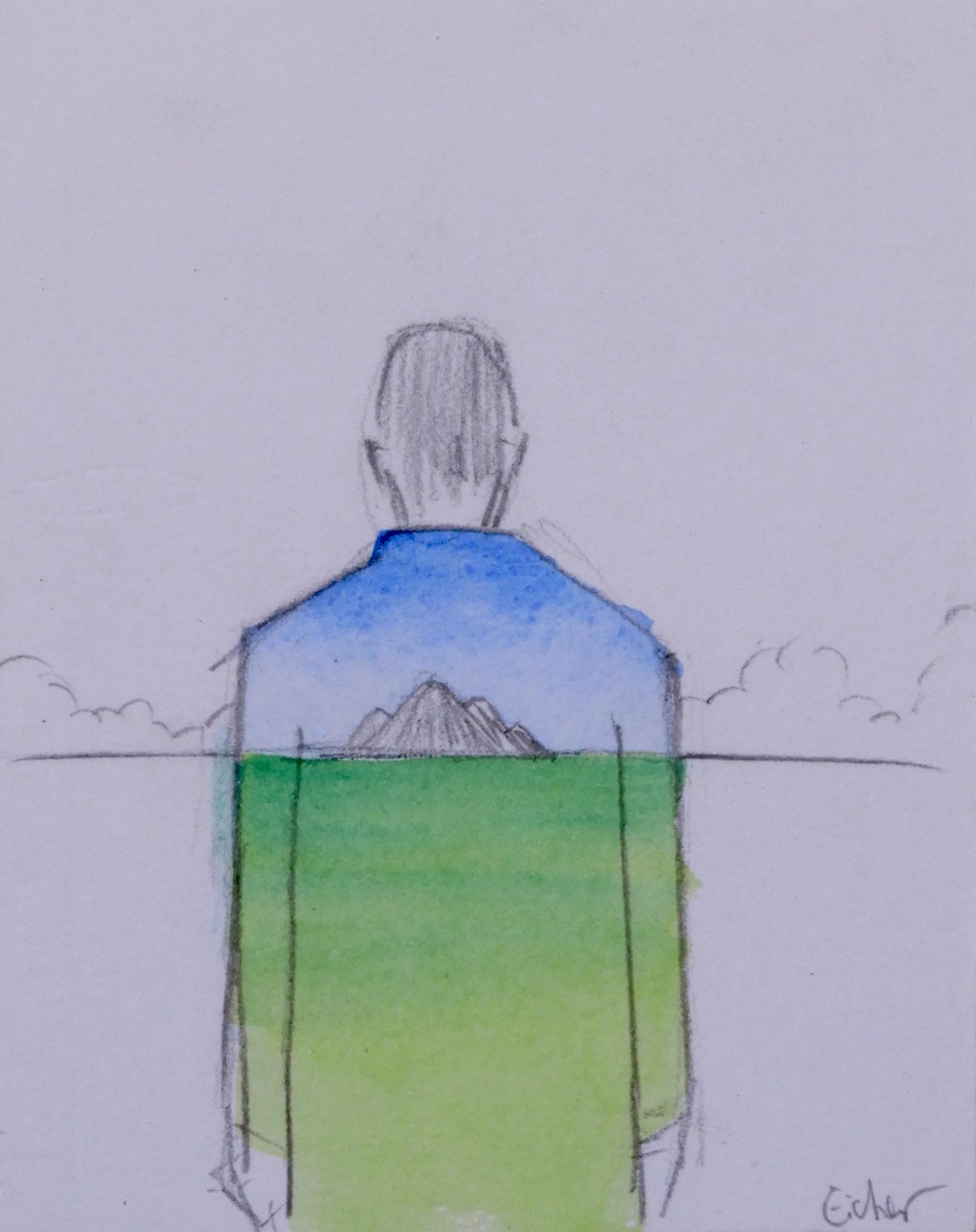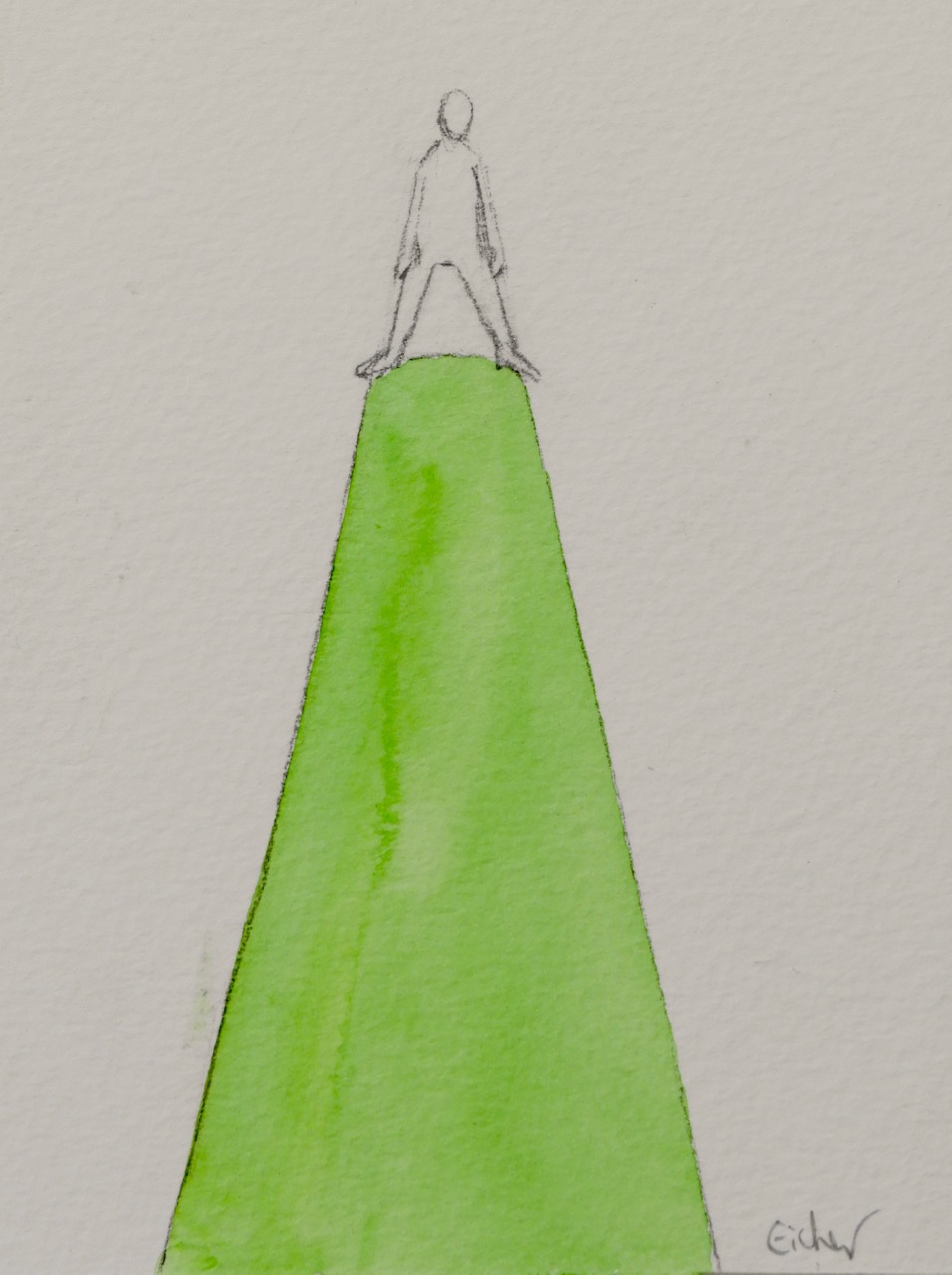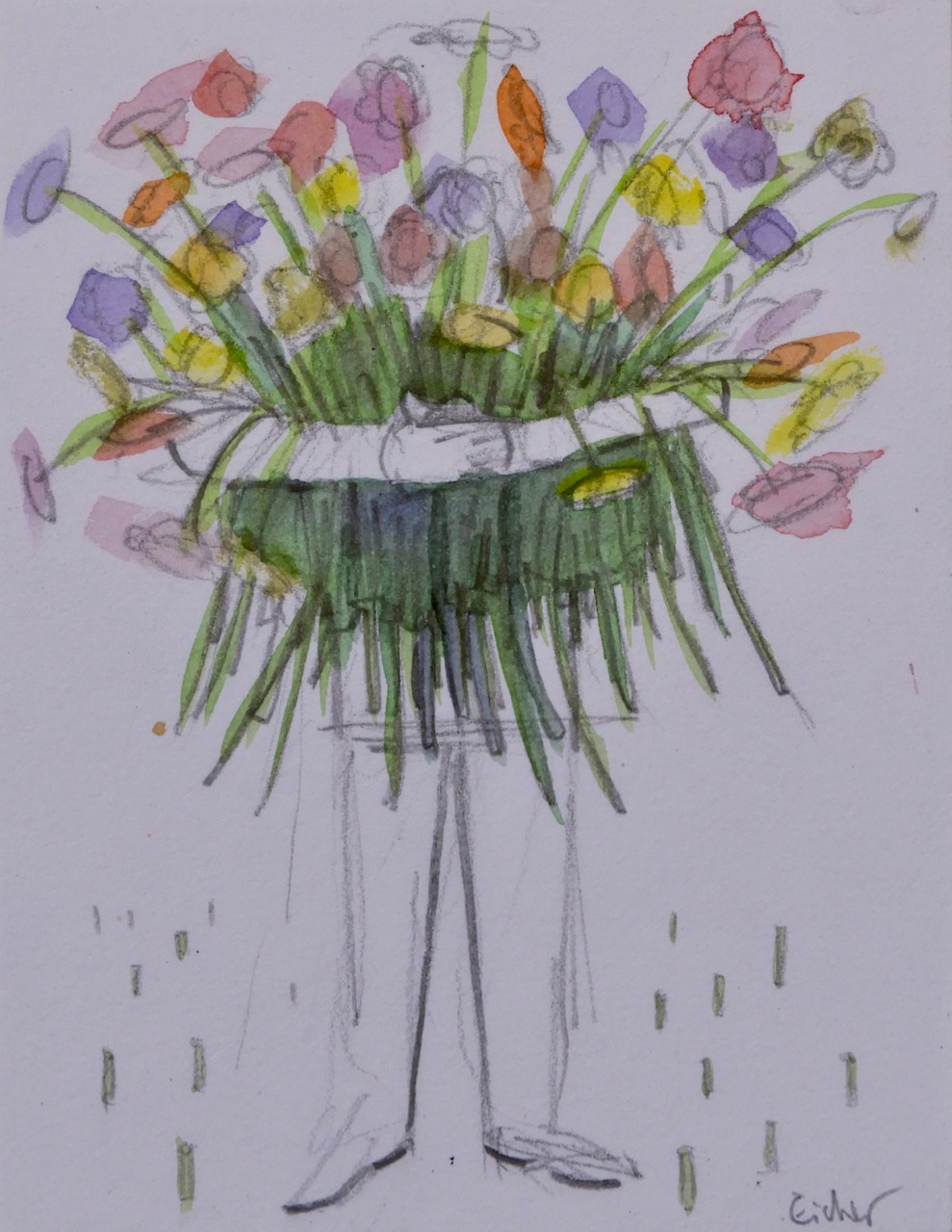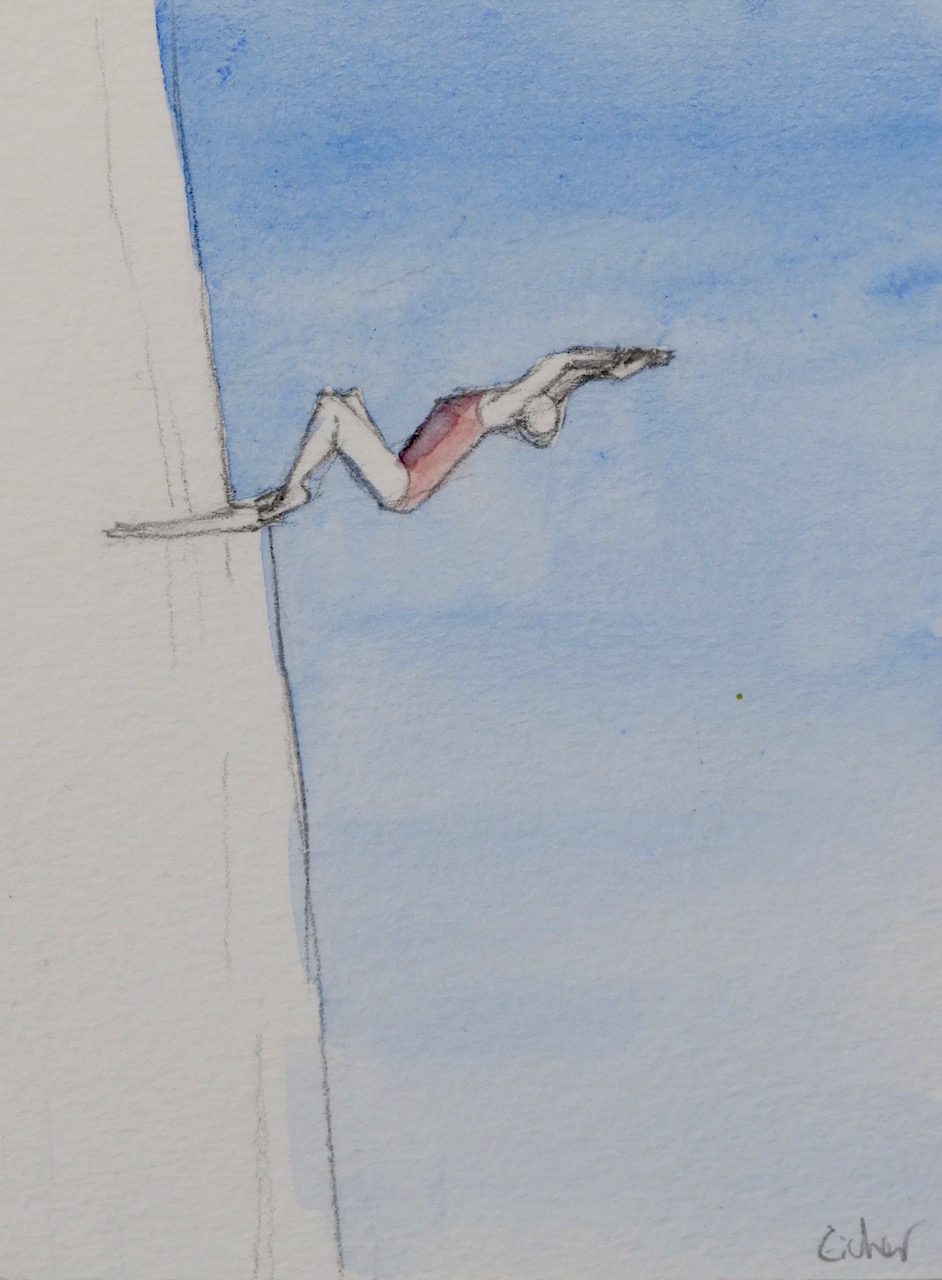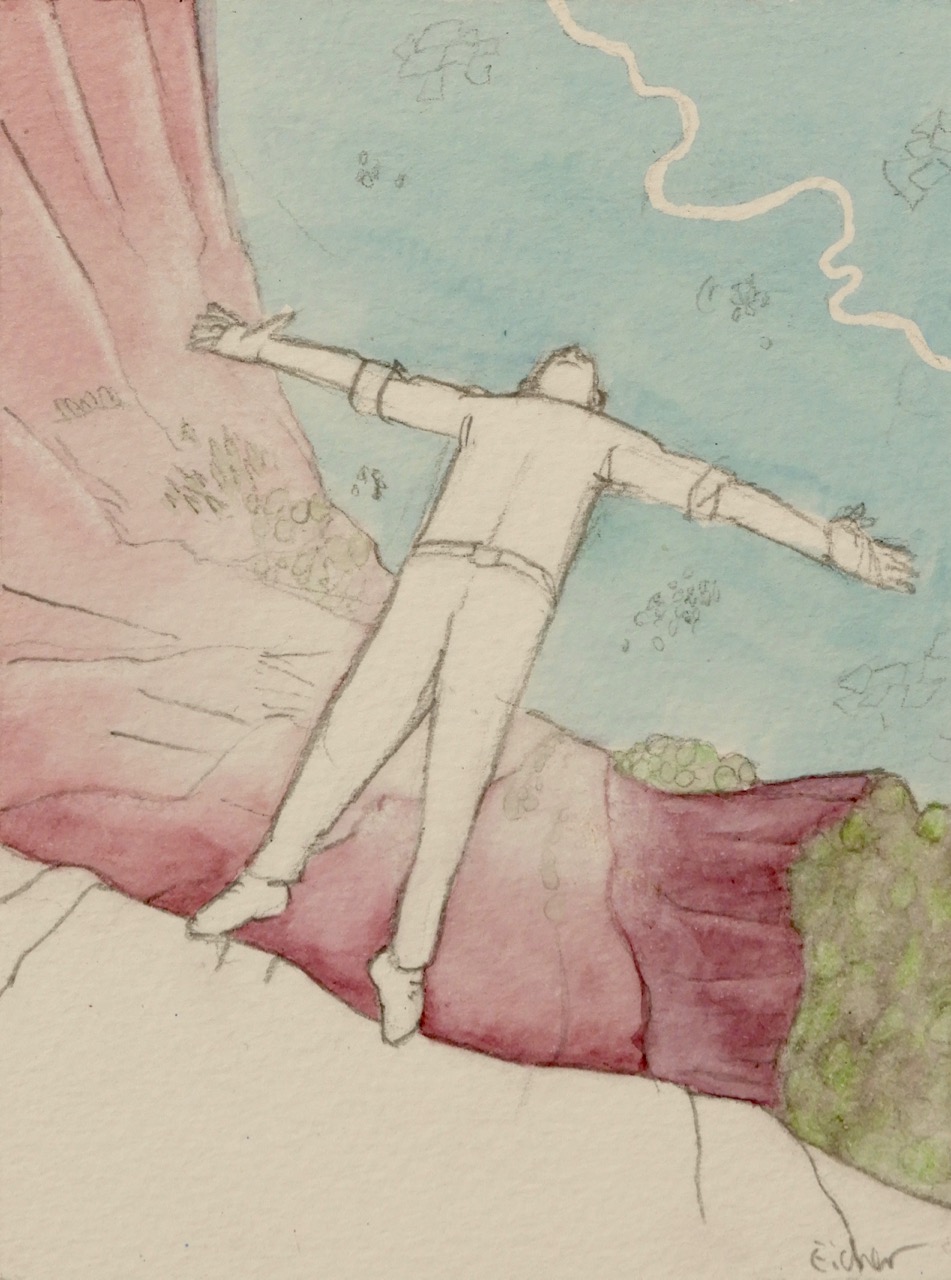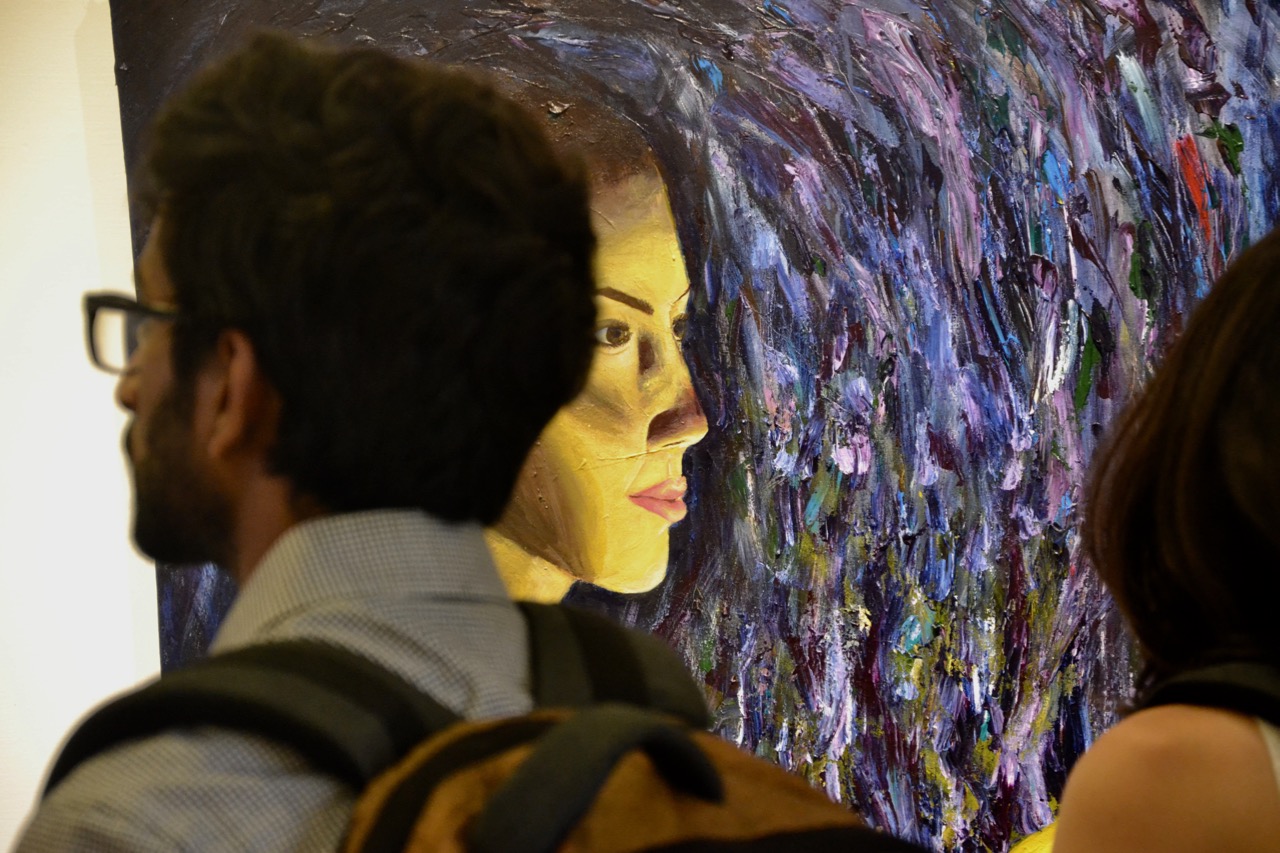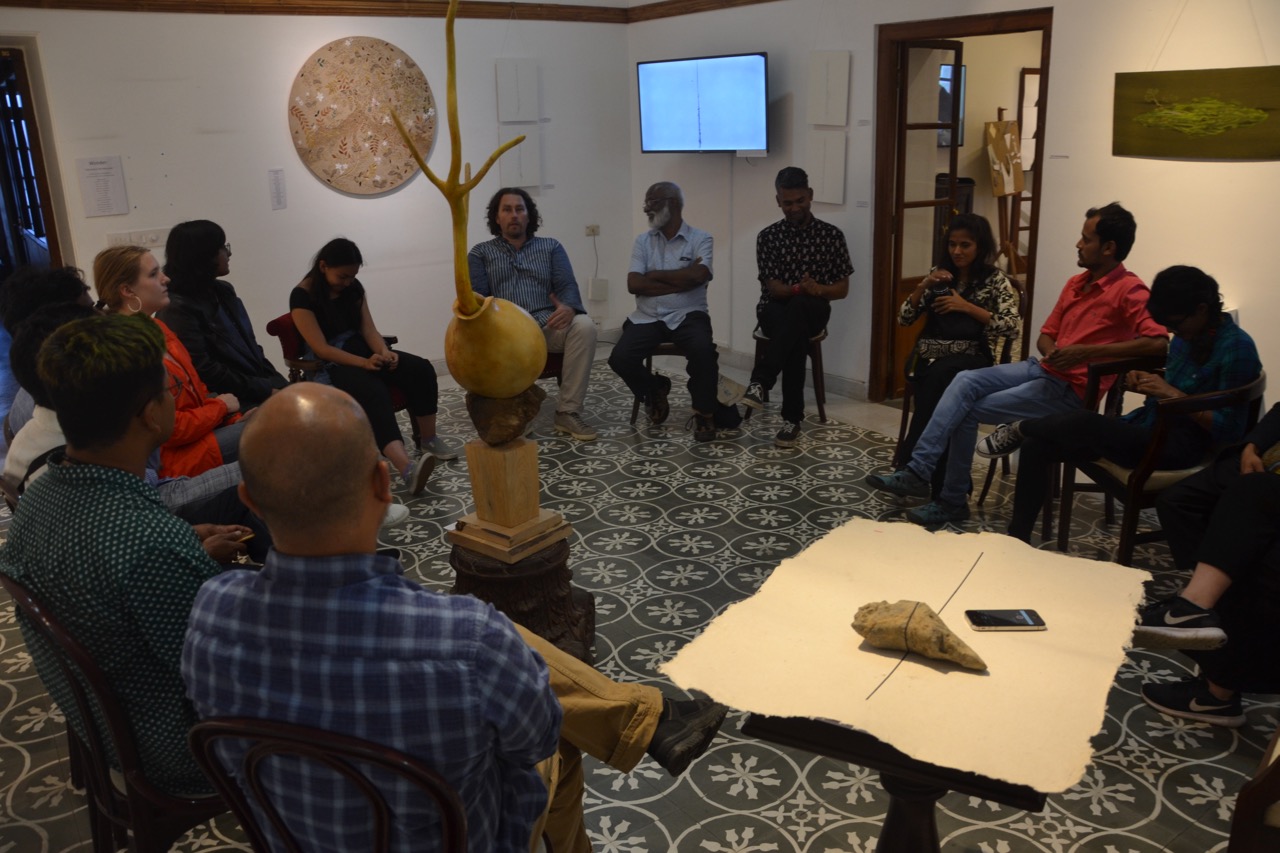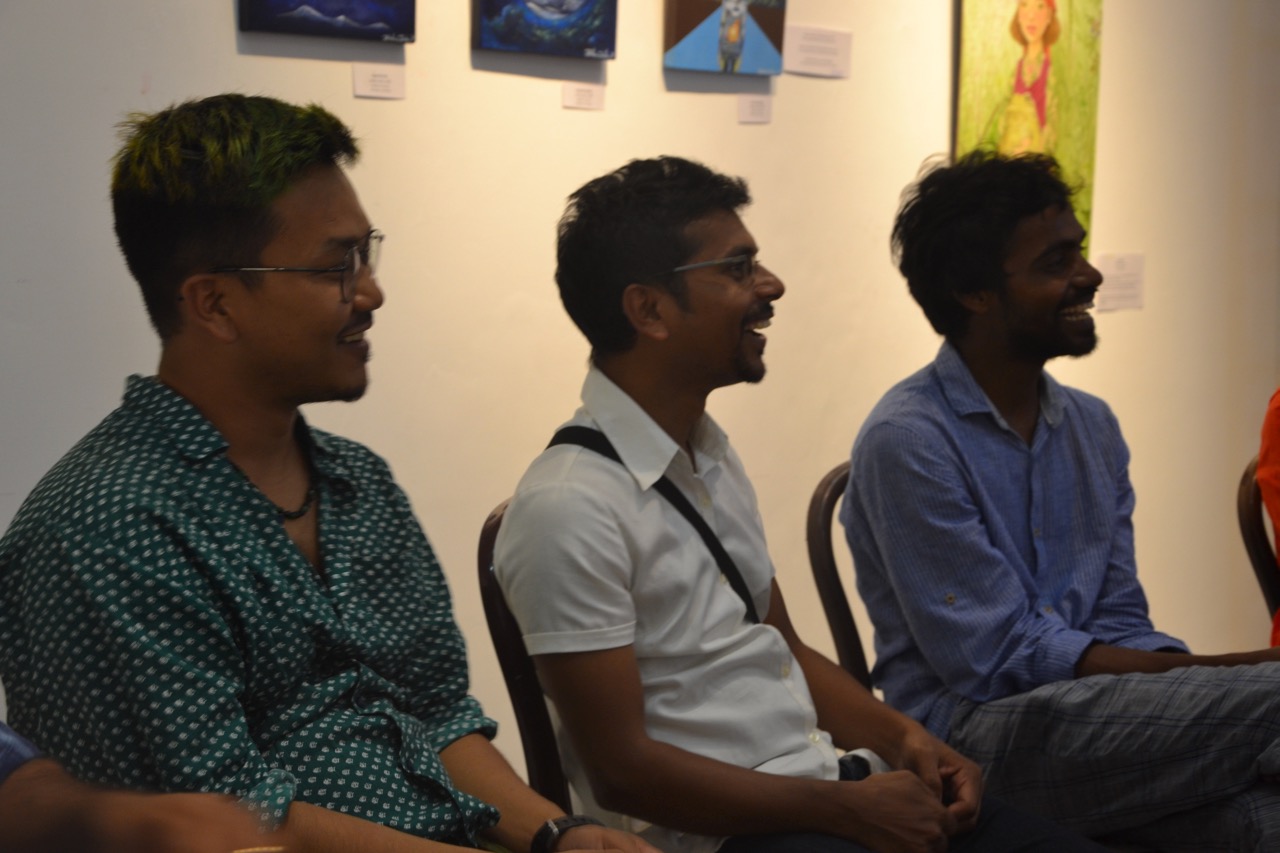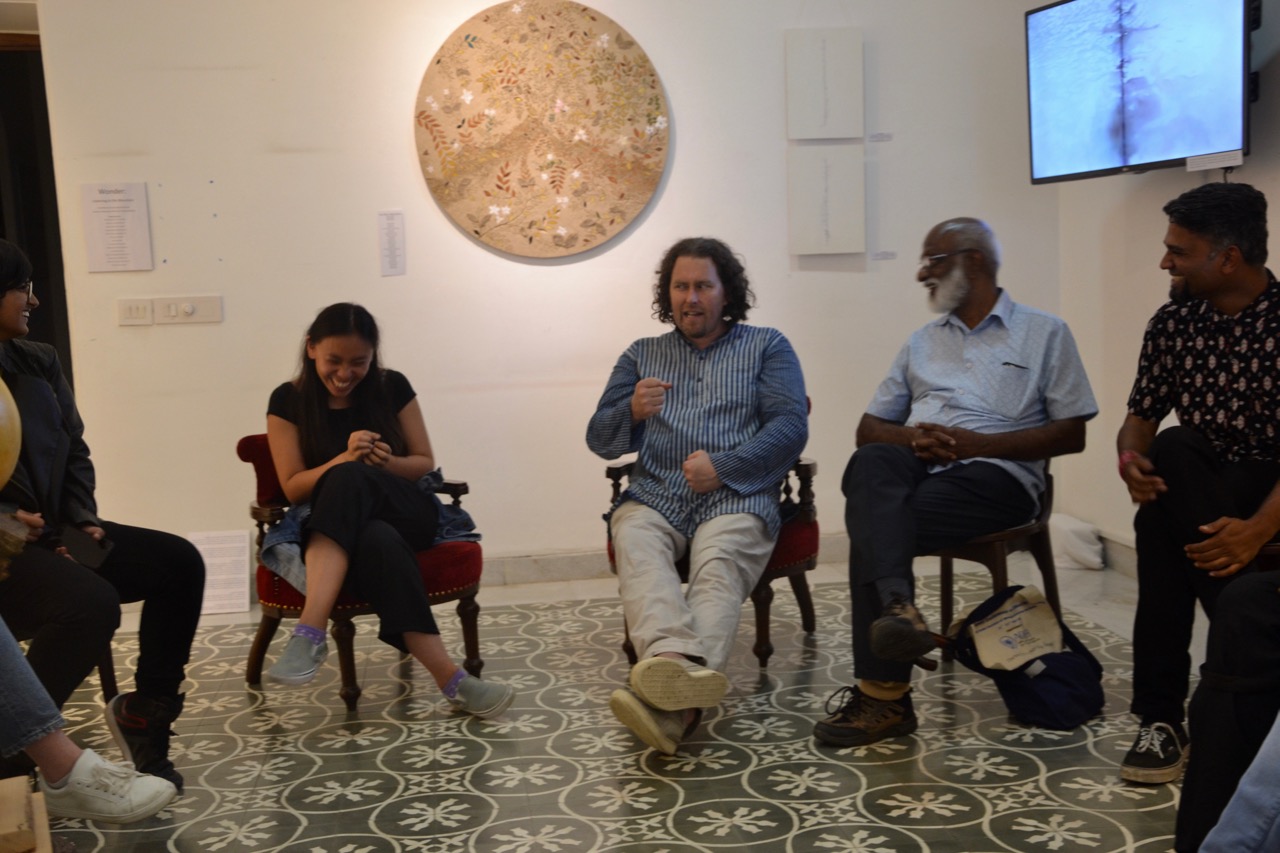Experiences by Riddhi Rajora (College of Art, New Delhi)
My experience working with the kids at the juvenile justice board was insightful, and I believe I received more than I gave. When I first got the opportunity, I worried about connecting with the children, but everything went smoothly in the end. I focused on empathizing with them and understanding their experiences. I learned about their future plans and aspirations, and most importantly their inner dialogue which helped me explain the activities in a way that made sense to them. Being there taught me about child psychology in many ways, particularly how it affects the way people form connections later in life. It highlighted the importance of having someone listen during a child's foundational years and how we are moving as a society, all while most importantly highlighting the socio-economic status of the society and how opportunities are often outcomes of privilege.
I found the session on portraiture particularly interesting, as how I saw it, it allowed the kids to express their understanding of identity through their chosen color palettes while building a distinguished character to their liking. By the end of the workshop, I felt a strong connection to the children. They even gave me two artworks as a farewell gift, and I genuinely hope each of them do well in facing challenges and hope it was equally as memorable for them as it was for me.
Experiences by Shreeya Dwivedi (College of Art, New Delhi)
Conducting art sessions with these young minds was an experience I'll cherish forever. When I first started, I was nervous, and some of the kids seemed hesitant, but as the days went by, I saw them light up with excitement. Initially, their definition of art was unformed, and they didn't quite understand what it meant to create. But when we started a dialogue, something shifted, and their creativity started to flow. One kid drew Qutub Minar, while another 9-year-old sketched Doraemon. As we worked together, they started to enjoy the process, asking questions, laughing, and eagerly awaiting the next session. It was incredible to see them grow and find happiness in art. As an artist, I've always wanted to share my passion with others and bring joy to their lives. Seeing these kids light up with creativity was a dream come true. What struck me most was their attention span and dedication to each activity. They didn't get distracted easily and were fully invested in what they were doing. As I looked at their artwork, I felt a sense of pride and fulfillment. Teaching them wasn't just about imparting knowledge; it was about building connections, fostering creativity, and inspiring young minds. I felt grateful to be a part of their journey, and I hope that my art made a positive impact on their lives. This experience taught me so much about patience, empathy, and the power of art to bring people together. I'm so glad I got this chance, and I hope to do it again soon.
-Shreeya












